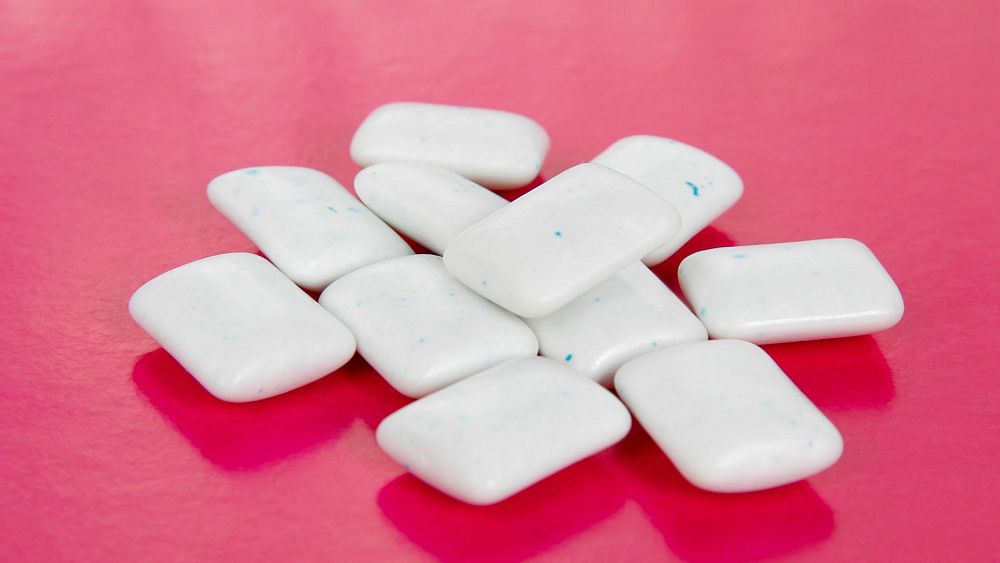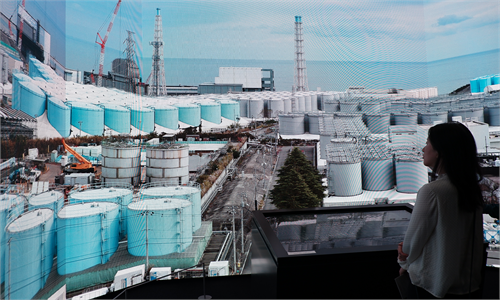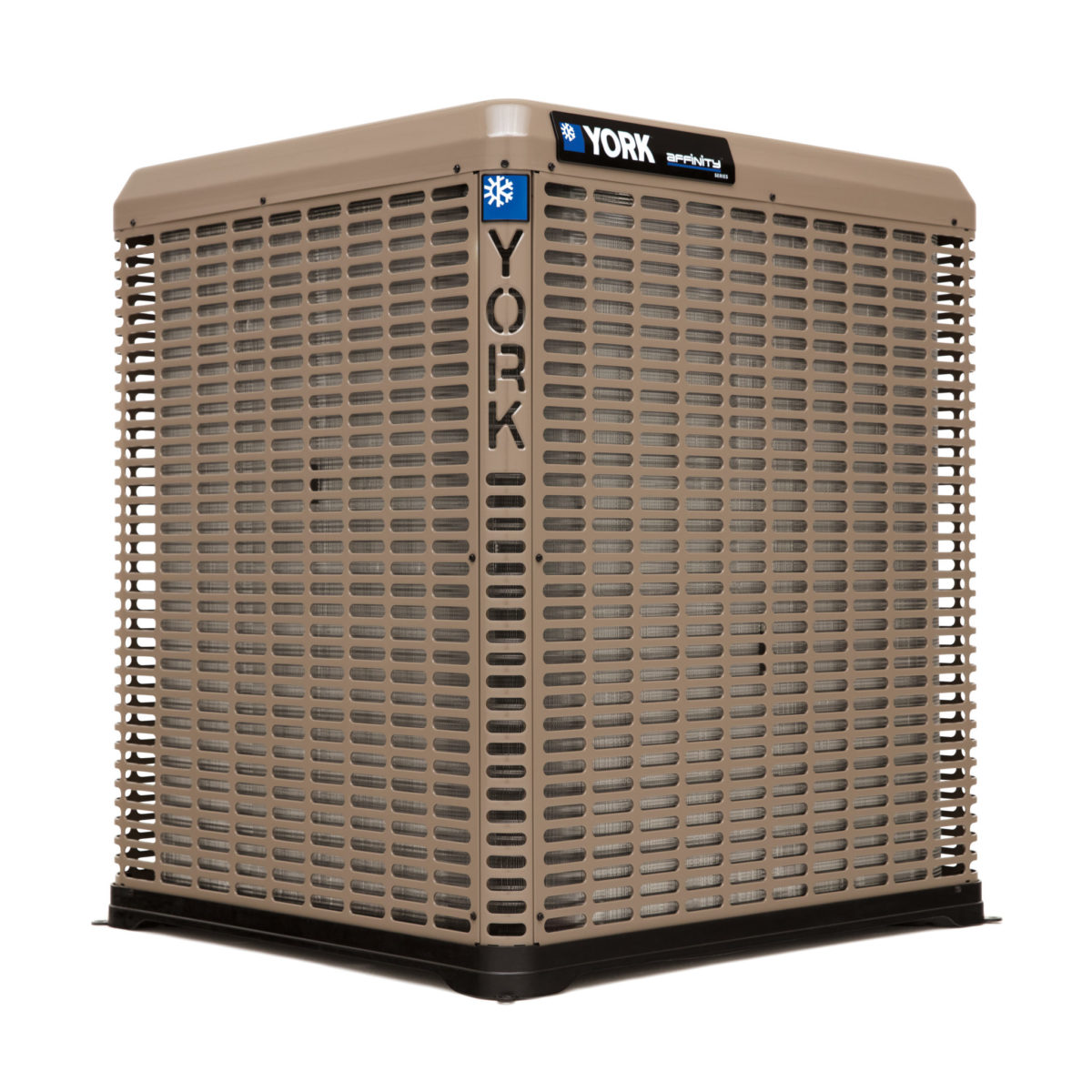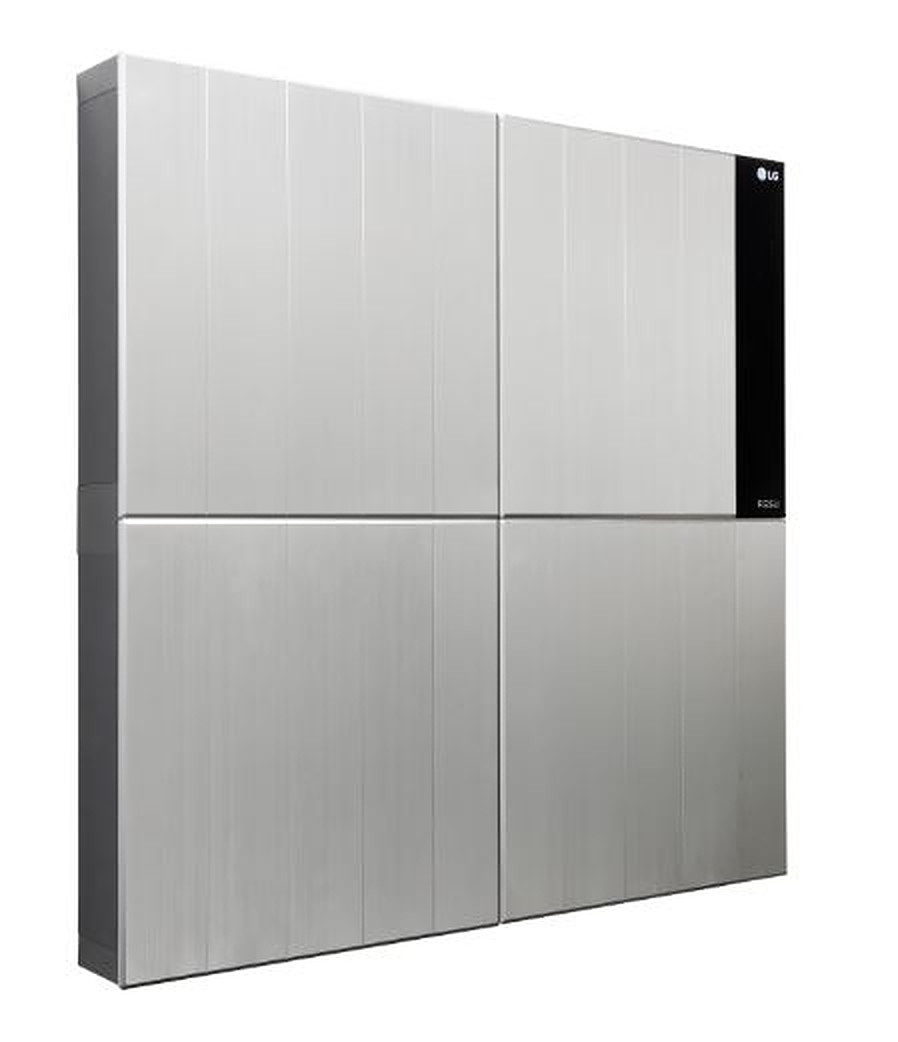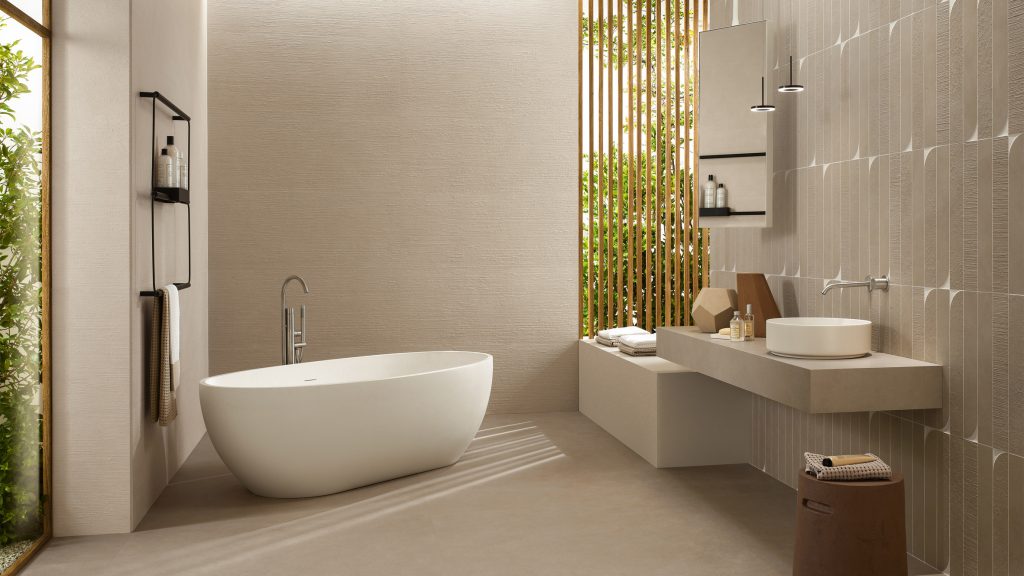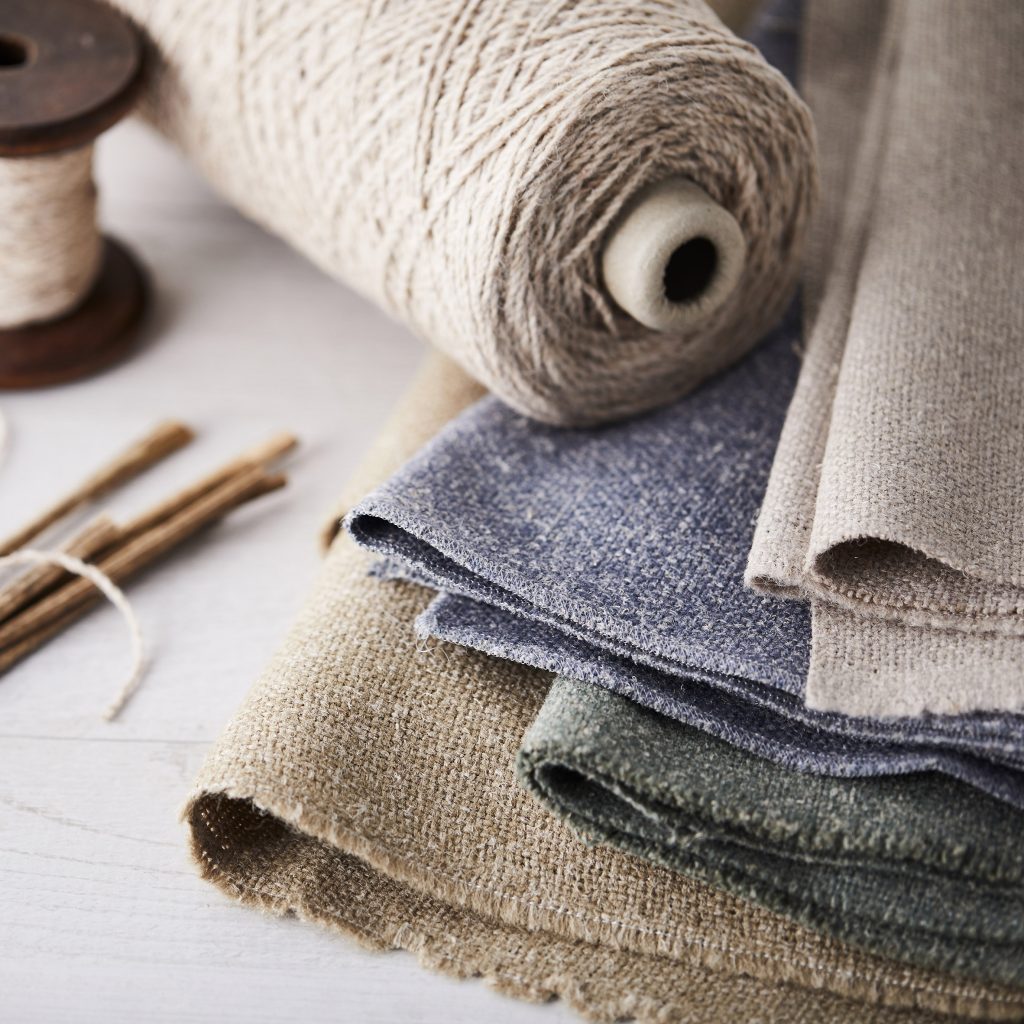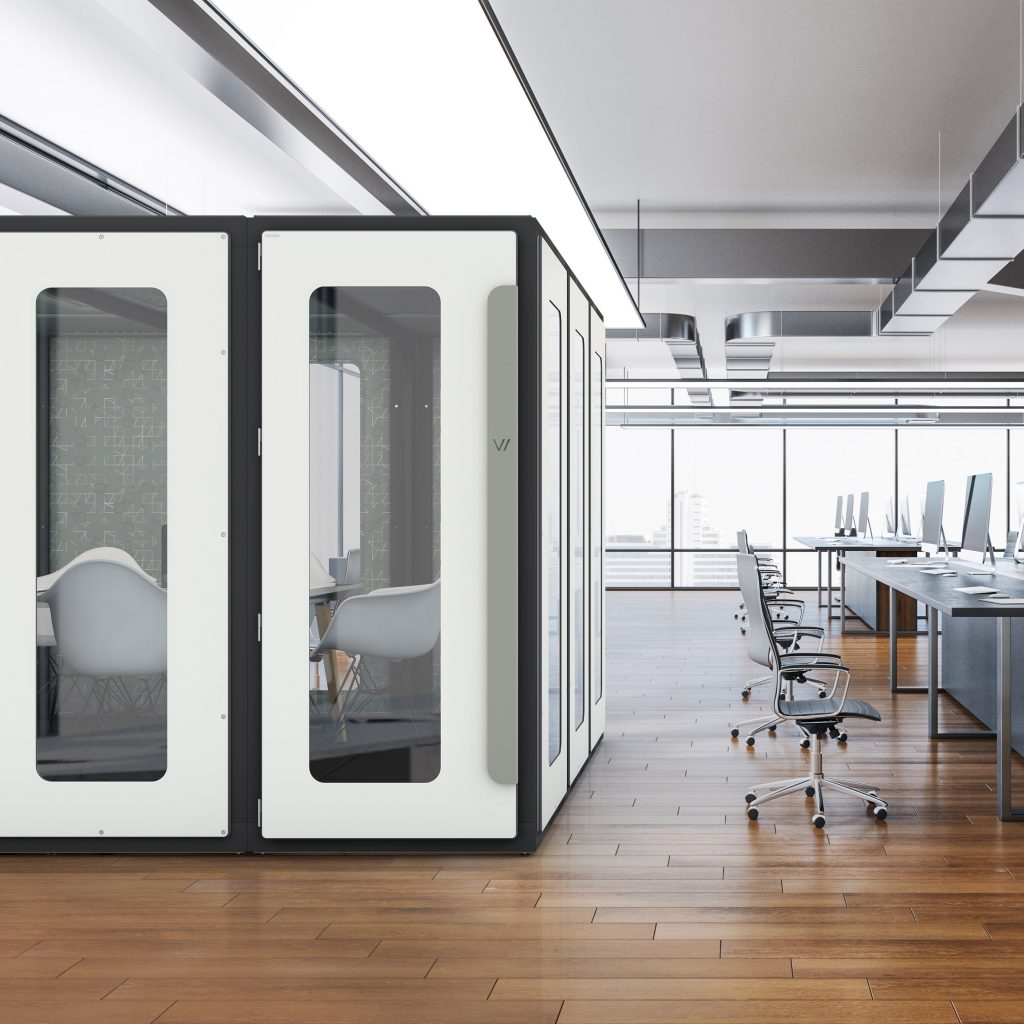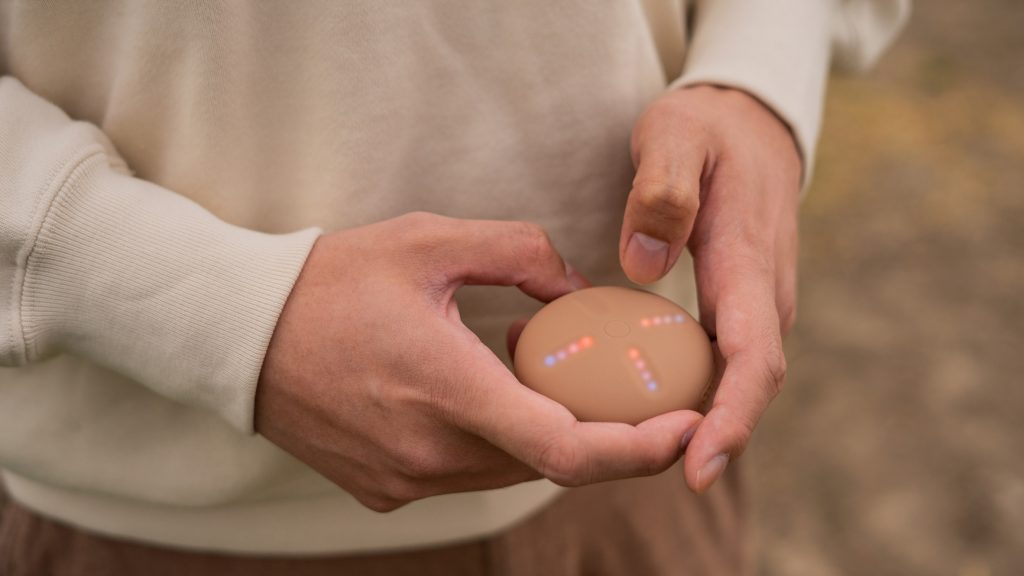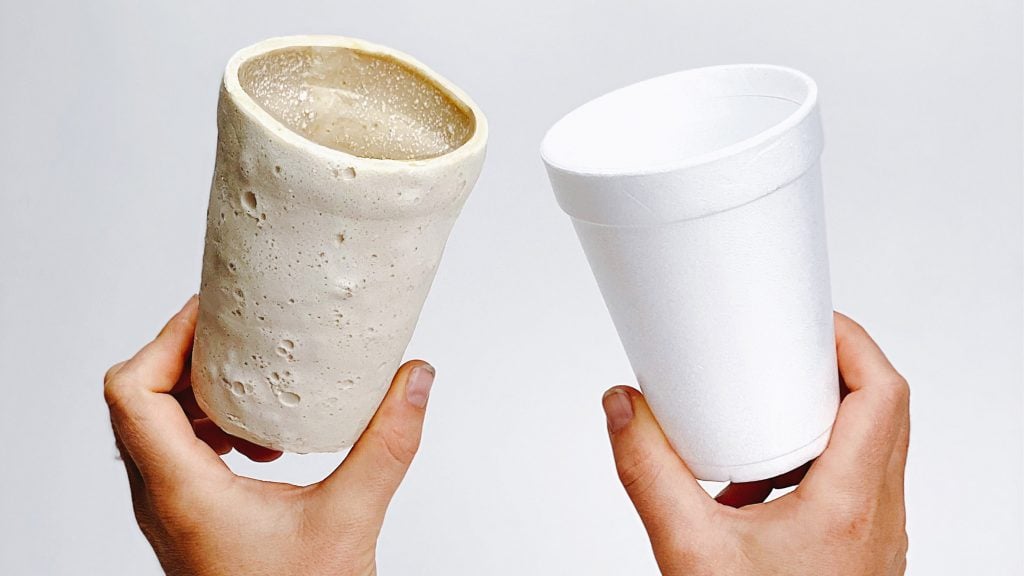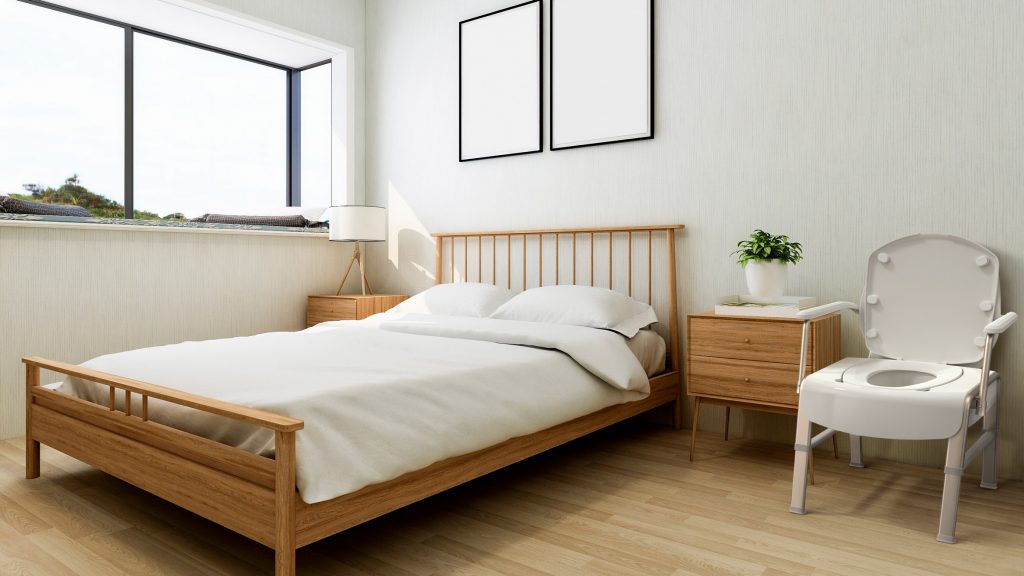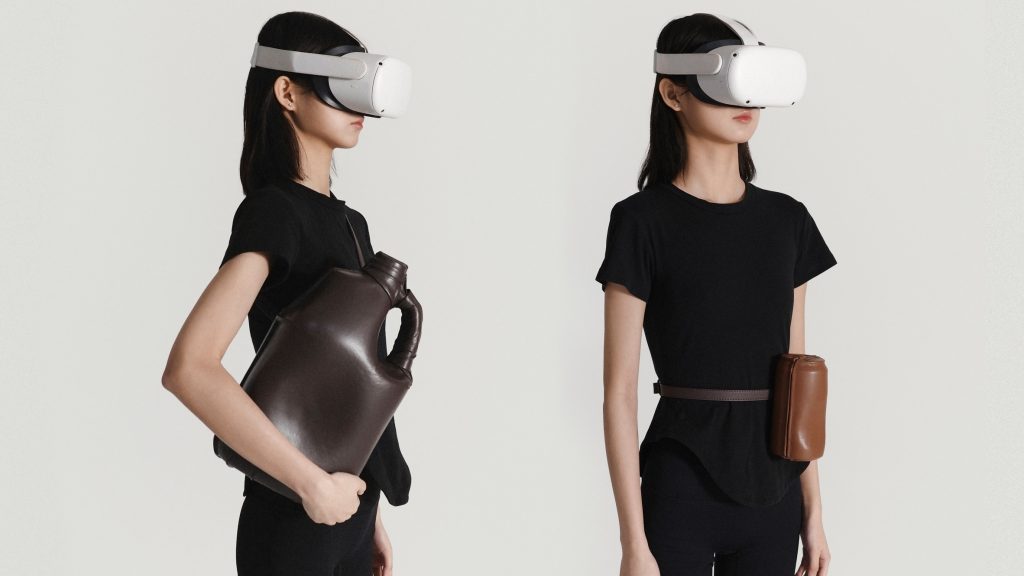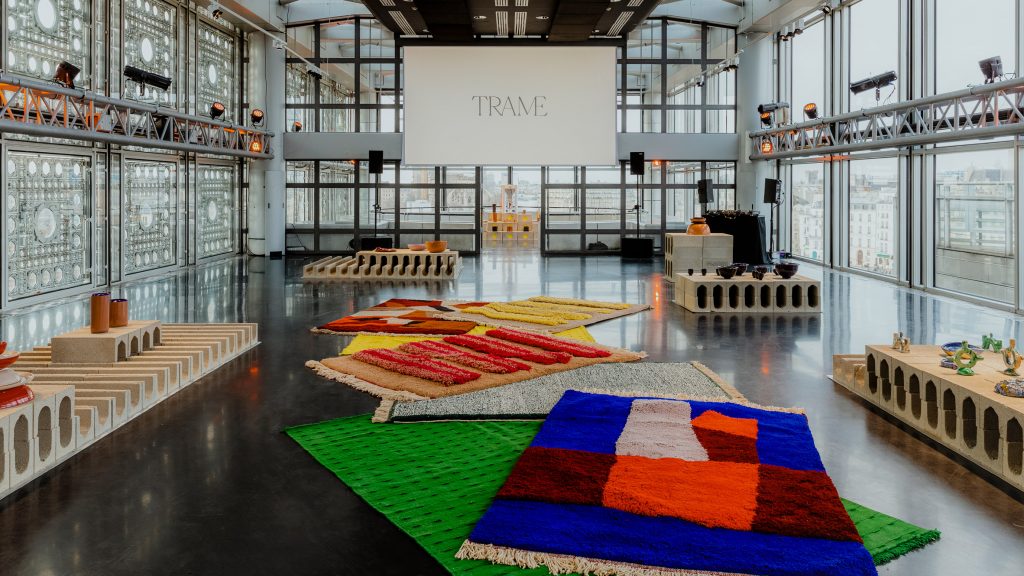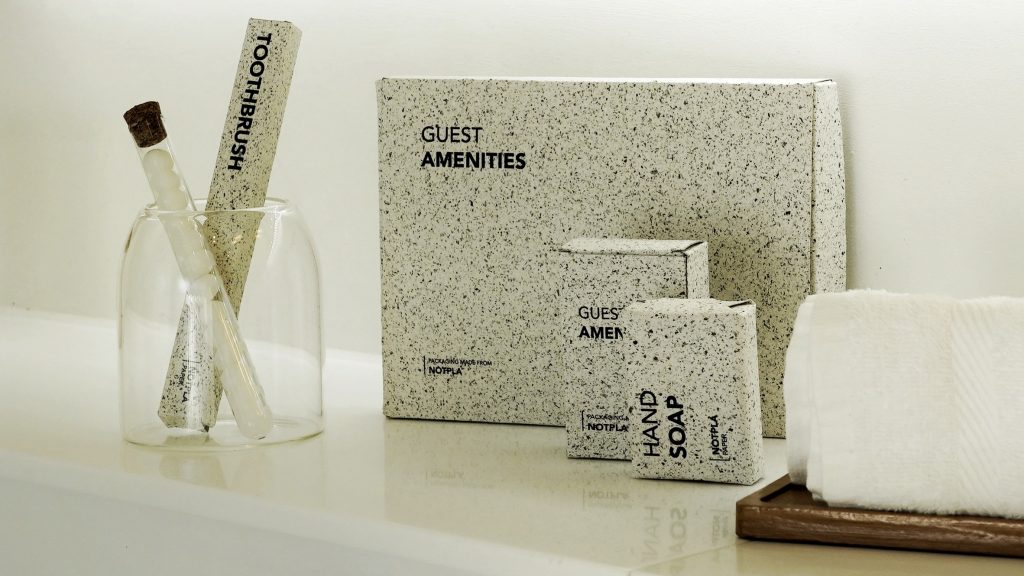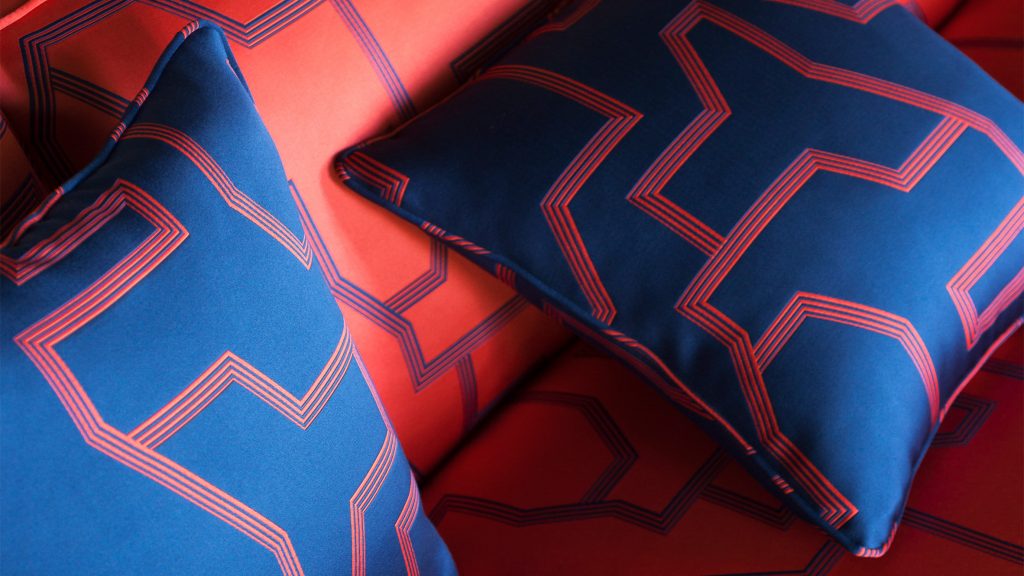#products
Aspartame has been potentially linked to #cancer. Which #products in #Europe contain the #sweetener?
Banning goods with radiation contamination risks can pressure Tokyo, say analysts, as Japan prepares to start nuclear-contaminated wastewater dumping trials
#Banning #goods with #radiation #contamination #risks can #pressure #Tokyo , say #analysts , as #Japan prepares to start #nuclear - #contaminated #wastewater #dumping #trials #TEPCO #Pacific #Ocean #Fukushima #Seafood #fishery #products
#Nanotechnology Used #in Over 2,000 #Food Items Goes Unlabeled Due to Weird FDA Loophole:
Source: https://youtube.com/watch?v=wlAi3KIeTN8
Nanotechnology Used in #Covid #poison darts, 2,000 #Foods Goes #Unlabeled
Extremely small #particles of various #compounds are being used as food #additives, with unknown effects
If you’re one of those people that can often be found in the food aisles of grocery stores reading labels and looking for ingredients you can’t pronounce and don’t want to eat, you’ve most likely noticed several ingredients that, unbeknownst to you, are made using nanotechnology—a process that converts silver, copper, gold, aluminum, silicon, carbon, and metal oxides, among other metals, into atom-sized particles that are one-billionth of a meter in size.
Commonly used nano-sized ingredients include #TitaniumDioxide, which may be the most well-known additive. Others, such as #silicon oxide, calcium carbonate, iron oxides and hydroxides, calcium silicate, tricalcium phosphates, and #synthetic #silicas, are only a few of the additives that may be in your pantry right now.
A New Ingredient
Nanotechnology has become widely used in food production and manufacturing since the #1990s, and its components are unimaginably small—one-hundredth the size of a strand of human hair. They make our food more colorful, brighter, creamier, or crunchier, and they keep it fresher for longer as well.
Nano-sized additives also make some of our medicines more effective.
Nanotechnology is used in the manufacturing of #everyday #products, such as electronics, food and food #packaging, #medicine, #toys, #clothing, #sunscreens, #cosmetics, #dietary #supplements, and #much #more.
While they can provide a myriad of benefits, these increasingly popular product enhancers come at a price, according to #consumer groups and #health experts—and that price is our health.
Health Implications
Because these particles are so small, studies have shown that they can breach the #blood-brain barrier. Researchers are already exploring this quality for drugs meant to treat neurological conditions. But when it comes to food, that’s not a feature anyone is asking for. These particles are also able to circulate throughout the body and get absorbed into the bloodstream and organs. They can #penetrate #cell #walls and potentially create #inflammation and #disease.
“They may pass through the #lining #of the #gut and enter the #bloodstream, which may trigger an inflammatory or immune response,” Harvard School of Public Health’s Georgios Pyrgiotakis told WebMD. “They may also build up in various parts of the body, including the #lungs, the #heart, and reproductive organs.”
In a July 2020 study, a group of researchers at the University of Massachusetts Amherst found that titanium dioxide, which is commonly added to #gum, #candy, #drinks, and #desserts, caused changes in the gut #microorganisms of two groups of mice.
Both were given doses of titanium oxide. One group was fed a low-fat diet and the other a high-fat diet. After further testing to isolate the titanium dioxide effect, both groups had inflamed colons, which can lead to abdominal pain and diarrhea. The obese mice had more pronounced symptoms.
Vaccine Technology
Nanotechnology is currently being used in two of the three #mRNA #COVID-19 vaccines being given in the United States today.
There’s a #ipid #nanoparticle coating surrounding the mRNA in the vaccines, which allows them to penetrate the cell’s wall.
“Lipid #nanoparticles are a vital component of the Pfizer/BioNTech and Moderna mRNA COVID-19 vaccines, playing a key role in protecting and transporting the mRNA effectively to the right place in cells,” stated the Chemical Abstracts Service, a division of the American Chemical Society.
“Of the many COVID-19 vaccines under development, the two vaccines that have shown the most promising results in preventing COVID-19 infection represent a new class of vaccine products: They are composed of messenger ribonucleic acid (mRNA) strands encapsulated in lipid nanoparticles (LNP).”
But scientists have continued to call for greater oversight of these substances by the Food and Drug Administration (FDA) because of their size. Because they easily cross the blood-brain barrier, they may damage it by altering the layer of cells that line the inner wall of blood vessels.
FDA Looks Closer
The FDA, the agency charged with overseeing these additives, has begun to weigh the health risks from nano-sized additives.
The agency currently classifies nanoparticles in food with the designation Generally Recognized as Safe (GRAS) if the manufacturer is already using the same ingredient in its larger, conventional form.
“The particle size distribution of a food substance may affect its ability to be absorbed by the body or to migrate from food packaging into food,” the FDA stated in a 2007 guidance document on nanotechnology in food.
“The FDA does not categorically judge all products nanomaterial or otherwise involving application of nanotechnology as intrinsically benign or harmful. The FDA is monitoring the evolving science and has a robust research agenda to help assess the safety and effectiveness of products using nanotechnology.”
In 2011, the FDA Nanotechnology Task Force was created to coordinate its efforts with research scientists in the United States and internationally. Its goals are to train staff in the latest science at state-of-the-art facilities and to encourage collaborative research projects.
“Production and application of nanoparticles in consumer products is at an all-time high due to the emerging field of nanotechnology,” the FDA stated in a 2017 Grand Rounds webcast. “Direct detection and quantification of trace levels of nanoparticles within consumer products is very challenging and problematic.”
Tiny Particles, Growing Problem
By 2020, the FDA reported that applications for the approval of products containing nanotechnology had skyrocketed in the previous 10 years. According to many experts in the United States, there are 1,900 to 2,500 food products that use nanotechnology.
In response to health concerns about these products, countries around the #world have taken steps to limit or #ban some or all nanotechnology in their food.
In 2010, #Canada #banned nanotechnology in #organic food production. Since 2011, the #EuropeanUnion has required all food to be #labeled if it contains #engineered #nanomaterials. In 2015, the bloc required additional testing to ensure health safety.
In 2018, the European Food Safety Commission was petitioned by a group of scientists within the agency to reject the food additive silicon dioxide as safe for consumption because of nanoparticles in it, until a particle size distribution could be confirmed.
Beginning Jan. 1, 2020, #France banned any foods containing #titanium #dioxide from entering the country.
In the United States, the FDA doesn’t require any products produced with nanoparticles to be labeled or banned, and its guidelines recommend oversight on a case-by-case basis. Research on the long-term effects of ingesting nanoparticles remains scant.
Air-source heat pump for cold climates
Johnson Controls' Johnson Controls has fabricated an air-source heat pump prototype is designed for locations with temperatures below -20 F. -29 C. Its York YZV and York HMH7 cold climate heat pumps can already operate in 5 F conditions.
https://pv-magazine-usa.com/2022/12/19/air-source-heat-pump-for-cold-climates/
#markets, #heat, #climate, #policy, #products, #sustainability, #cold
Apple tells it's Taiwanese chip suppliers to label their products as 'made in china/ taiwan-china'. Apple is a trashy company making trashy products. Shut it down! They use child labor and child abuses in their product. #BoycottApple #products #boycottiphone #boycottapplemusic #boycottipod #boycottearbuds #fuckapple! https://www.theguardian.com/technology/2022/aug/07/apple-asks-suppliers-in-taiwan-to-label-products-as-made-in-china-report
LG Energy Solution unveils new battery storage solutions, moves to LFP
South Korean battery manufacturer LG Energy Solution presented its latest innovations at the Smarter E event in Munich last week. It also announced its transition from nickel-manganese-cobalt (NMC) battery chemistry to lithium iron phosphate (LFP) in its future products.
https://pv-magazine-usa.com/2022/05/18/lg-energy-solution-unveils-new-battery-storage-solutions-moves-to-lfp/
#markets, #battery, #products, #distrubuted, #policy, #storage, #energy
Sunrise brief: BorgWarner wins $4 million prize to design American-made EV fast charger
Also on the rise: EDPR and Meta sign PPA for 156MW of solar from Cattlemen Solar Park in central Texas. Castillo Engineering selected to provide electrical design for New York community solar portfolio. NYSERDA launches energy advisory website for low-to moderate income households. Bluetti launches 350W foldable solar module. Green hydrogen electrolyzer provider closes $45 million Series B. Gallaudet University to install 2.5MW microgrid.
https://pv-magazine-usa.com/2022/04/15/sunrise-brief-borgwarner-wins-4-million-prize-to-design-american-made-ev-fast-charger/
#ev, #products, #policy, #installations, #markets, #microgrid
Dawson tile collection by Parkside Architectural Surfaces
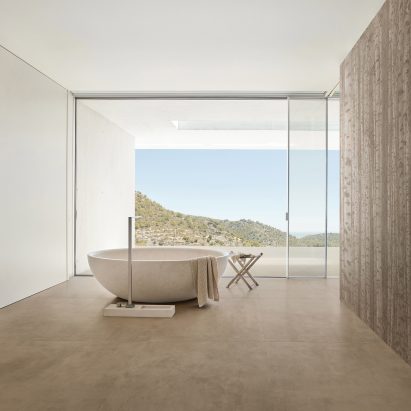
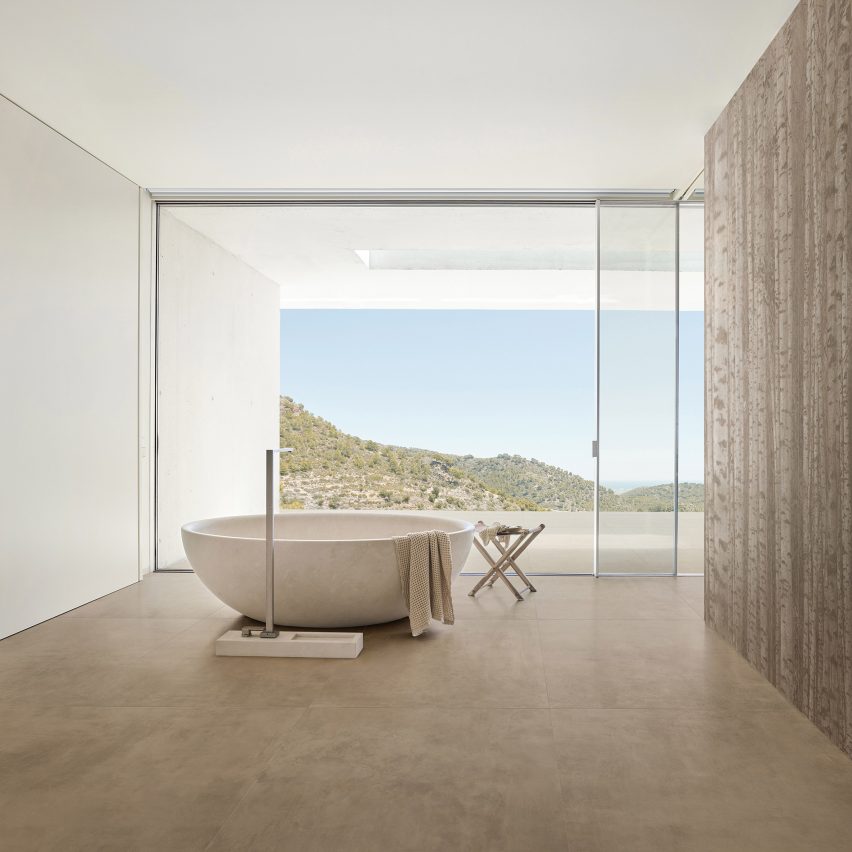
Dezeen Showroom: British tile brand Parkside Architectural Surfaces has released a new wall and floor tile collection designed to mimic the appearance of concrete and stone.
Named Dawson, the tiles are suitable for both indoor and outdoor surfaces and come in a range of neutral colours.
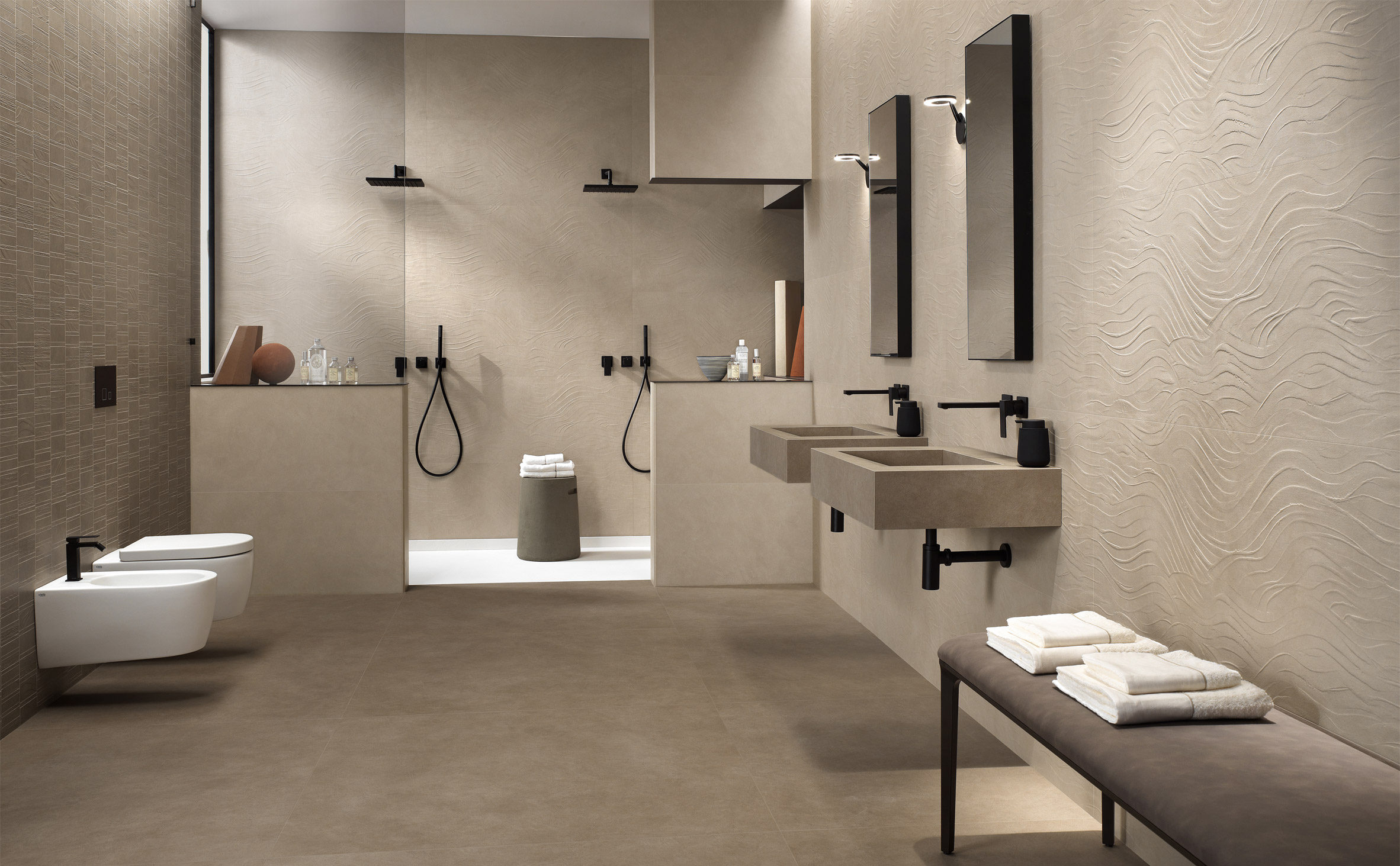 The Dawson tile collection is available in a number of finishes, including a 3D textured surface
The Dawson tile collection is available in a number of finishes, including a 3D textured surface
The collection includes Dawson Stone, a porcelain tile informed by limestone found in the Pyrenees mountain range.
It also features Dawson Natural, which was designed to have an earthy look and is described by Parkside Architectural Surfaces as having a neutral, powdery appearance.
The collection also has a selection of concrete-effect tiles, which come in five warm-toned shades of grey.
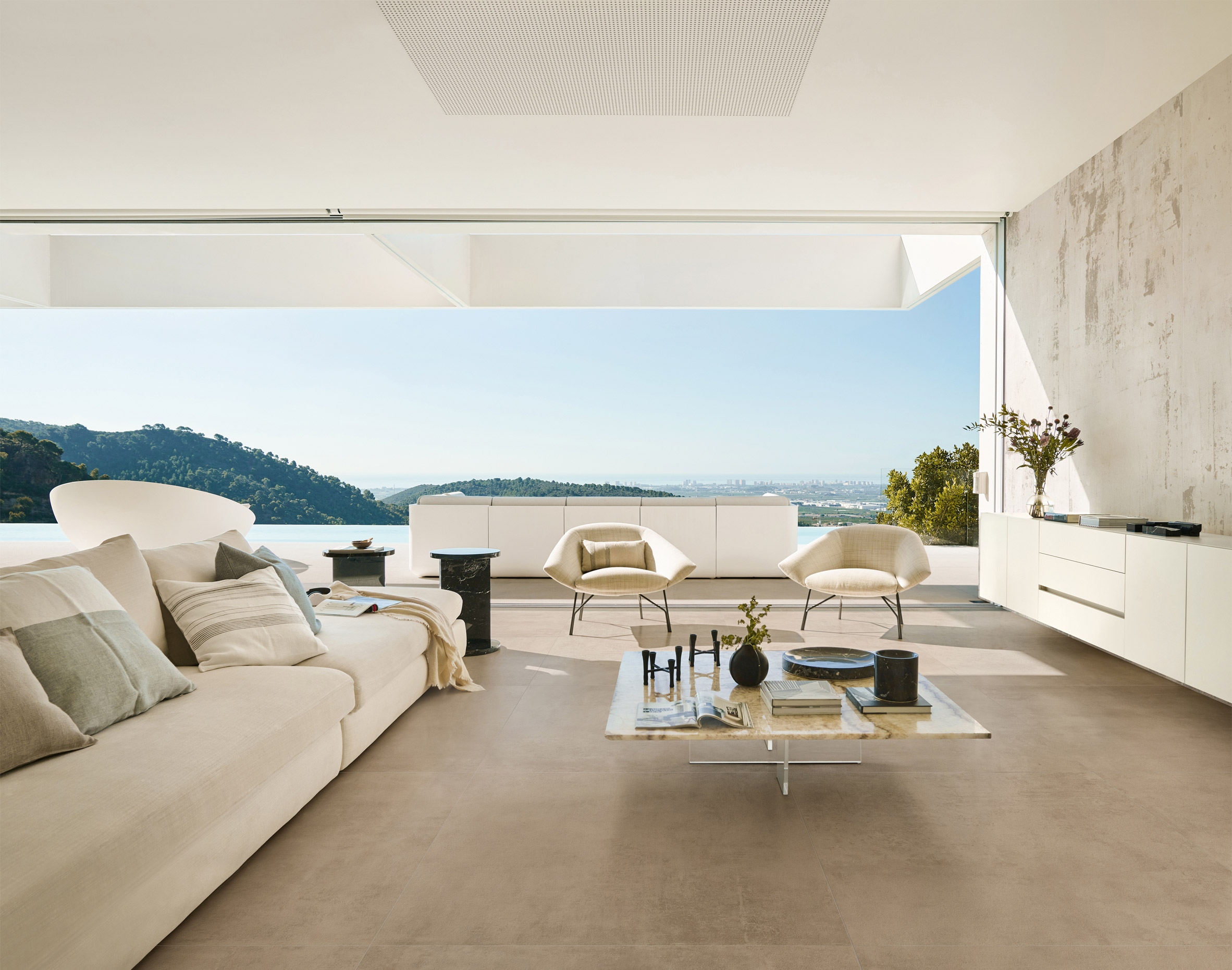 Dawson tiles can be used on both interior and exterior surfaces, creating a continuous flow of space
Dawson tiles can be used on both interior and exterior surfaces, creating a continuous flow of space
The Dawson tile range is available in a variety of sizes and formats, including a selection of mosaic tiles. These can be mixed and matched to create coordinated interiors.
"With technical features that ensure design continuity between indoors and out, the collection makes it easier to approach tile specifications that connect spaces," said Parkside Architectural Surfaces.
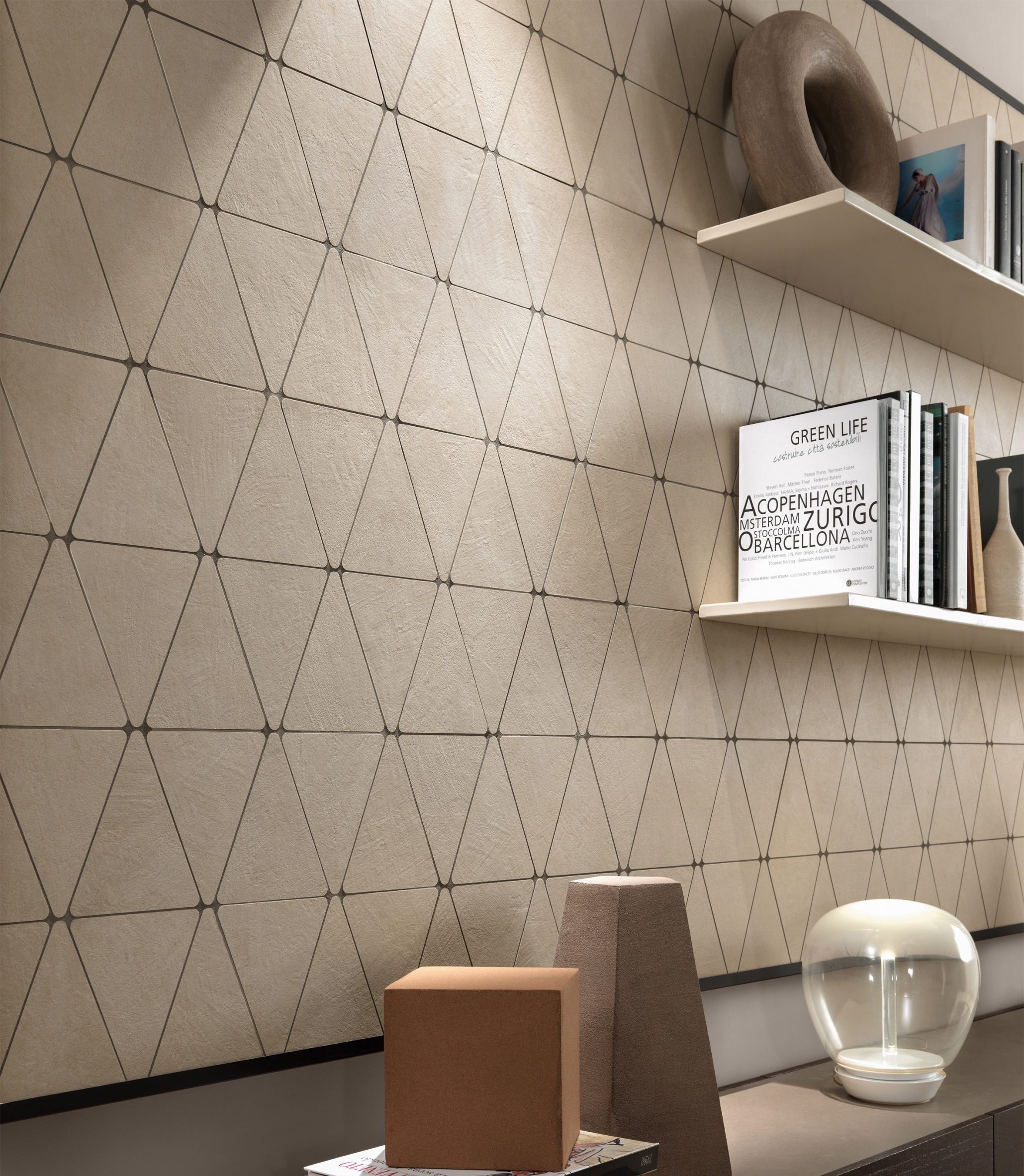 The tiles come in a neutral colour palette and in a number of shapes and sizes
The tiles come in a neutral colour palette and in a number of shapes and sizes
Dawson tiles can be finished with grip, textured or matt surfaces, and are suitable for use in wet areas.
The wall tiles can also be finished with textured 3D effect surfaces that create distinctive feature walls.
Product: Dawson
Brand: Parkside Architectural Tiles
Contact: info@parkside.co.uk
Dezeen Showroom
Dezeen Showroom offers an affordable space for brands to launch new products and showcase their designers and projects to Dezeen's huge global audience. For more details emailshowroom@dezeen.com.
Dezeen Showroom is an example of partnership content on Dezeen. Find out more about partnership contenthere.
The post Dawson tile collection by Parkside Architectural Surfaces appeared first on Dezeen.
#parksidearchitecturalsurfaces #all #flooring #tiles #design #wallcoverings #products #donotshowonthehomepage #dezeenshowroom #finishes
Hemp fabric by Camira
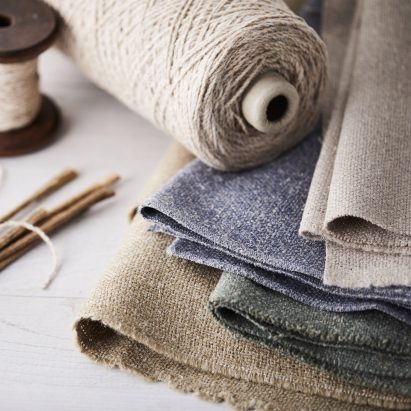
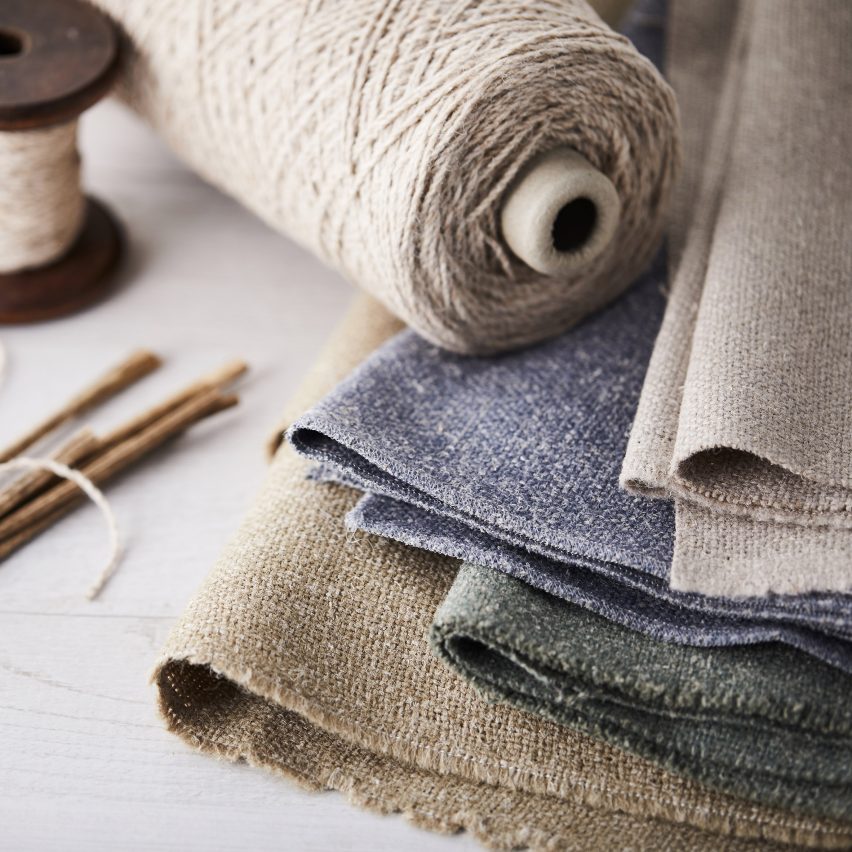
Dezeen Showroom: made from one of the world's most carbon-sequestering crops, the Hemp fabric by Camira is designed to showcase a rich variation in tone.
First launched in 2012, Camira's Hemp fabric is made from a blend of wool and hemp fibres, combined into a classic weave.
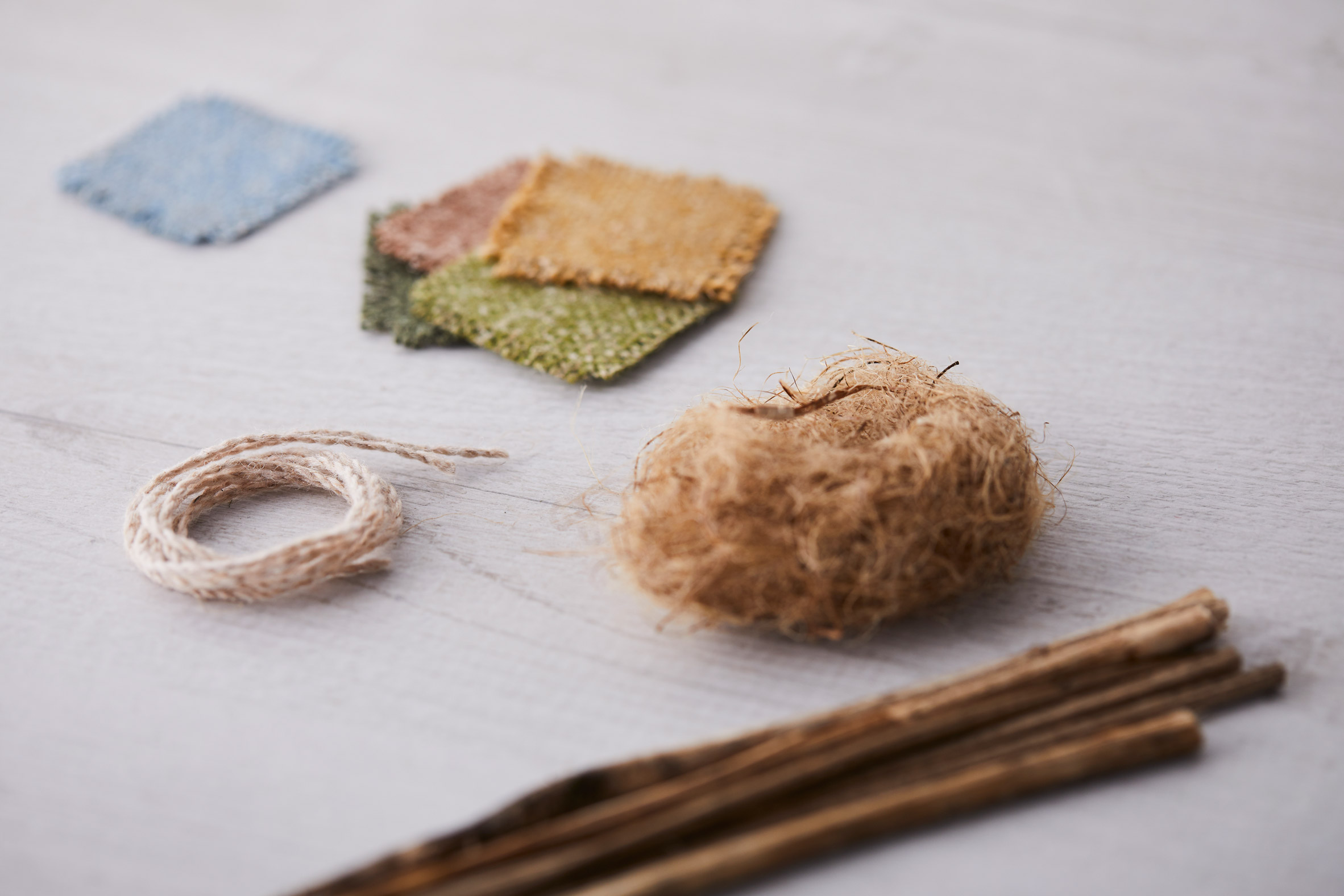 The Hemp fabric by Camira is a classic of sustainable design
The Hemp fabric by Camira is a classic of sustainable design
The hemp comes from a minimally psychoactive strain of cannabis sativa, grown in England and processed using environmentally conscious methods such as dew retting, which involves allowing dew and rain to break down the plant so its fibres can be extracted.
The crop itself is fast-growing and highly carbon-sequestering – it captures atmospheric carbon twice as effectively as forests, according to recent research by the Centre for Natural Material Innovation at Cambridge.
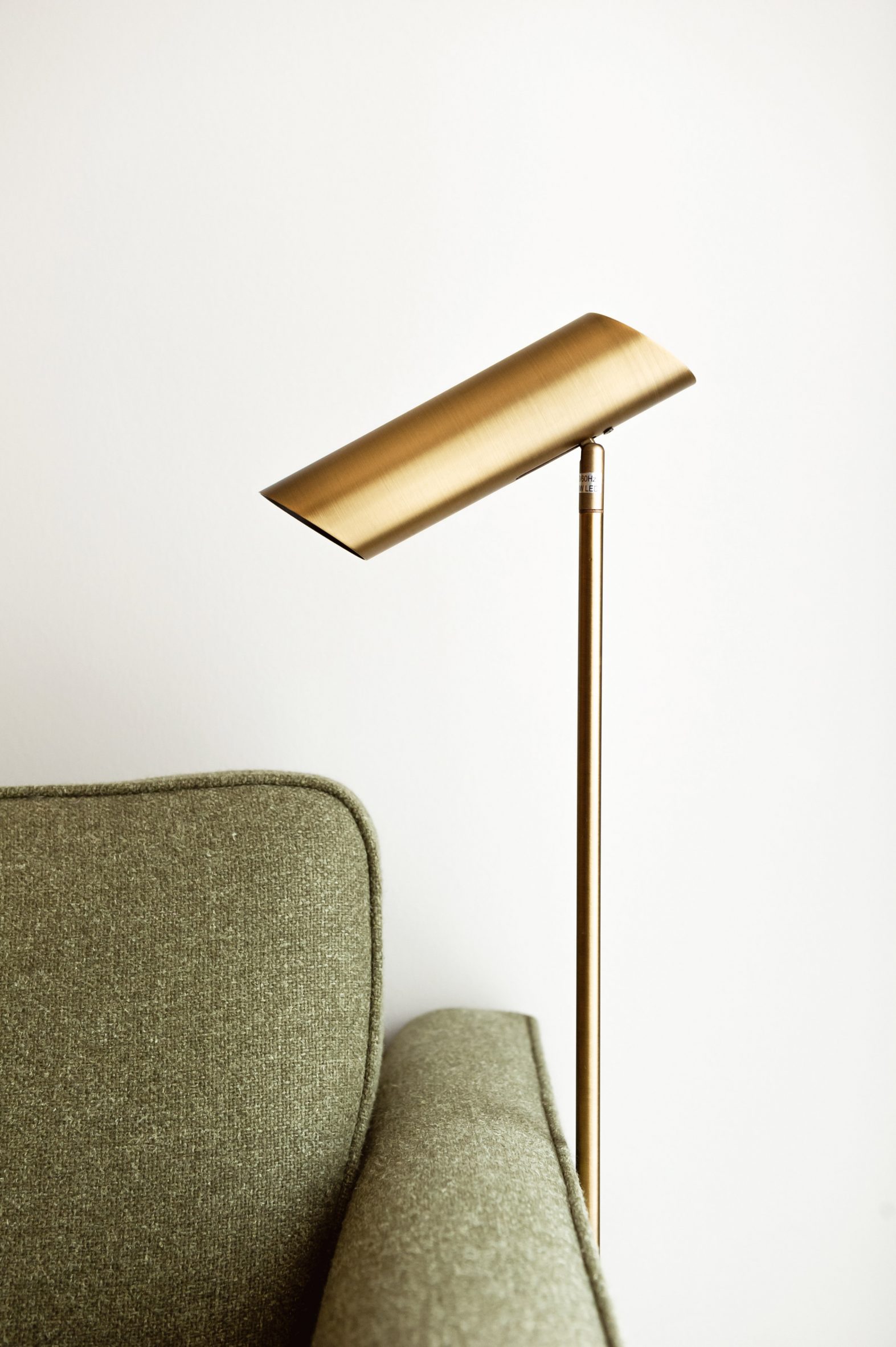 The fabric is available in 21 rich, muted colours
The fabric is available in 21 rich, muted colours
According to Camira, Hemp has grown into one of its "most iconic and loved" fabrics, and one whose merits have been proven as sustainability issues have come to the fore over the last decade.
"One of our proudest achievements, [Hemp] is one of the most eco-friendly fabrics on the market, providing incredible environmental benefits, and is also beautiful in its aesthetics," said Camira senior innovator Jodie Padgett.
Product: Hemp
Brand: Camira
Contact: marketing@camirafabrics.com
Dezeen Showroom
Dezeen Showroom offers an affordable space for brands to launch new products and showcase their designers and projects to Dezeen's huge global audience. For more details emailshowroom@dezeen.com.
Dezeen Showroom is an example of partnership content on Dezeen. Find out more about partnership contenthere.
The post Hemp fabric by Camira appeared first on Dezeen.
#textiles #all #design #products #donotshowonthehomepage #dezeenshowroom #finishes #camira #hemp
VicBooth Office by Vicoustic
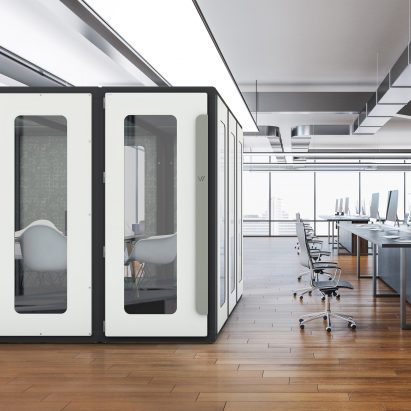
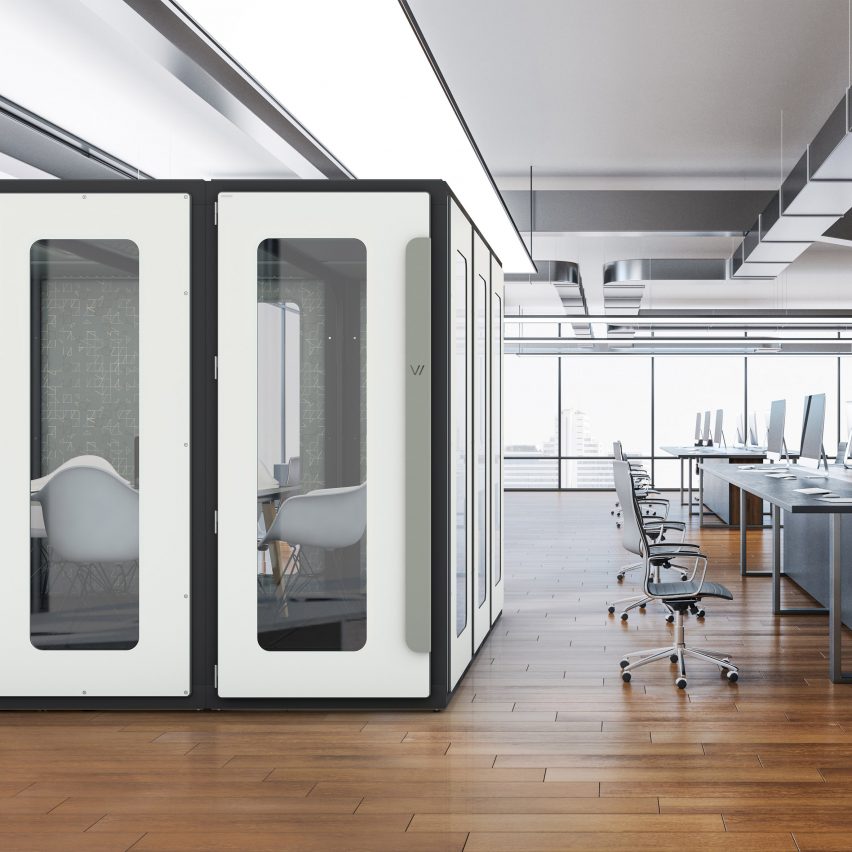
Dezeen Showroom: VicBooth Office created by acoustic design brand Vicoustic is a collection of phone booths and meeting rooms designed to create sound-insulated spaces within open plan offices.
The brand created VicBooth Office in response to the increasing demand for private, flexible spaces in offices.
The booths are ideal for phone calls and video call meetings, as well as quiet spaces for employees to focus on work.
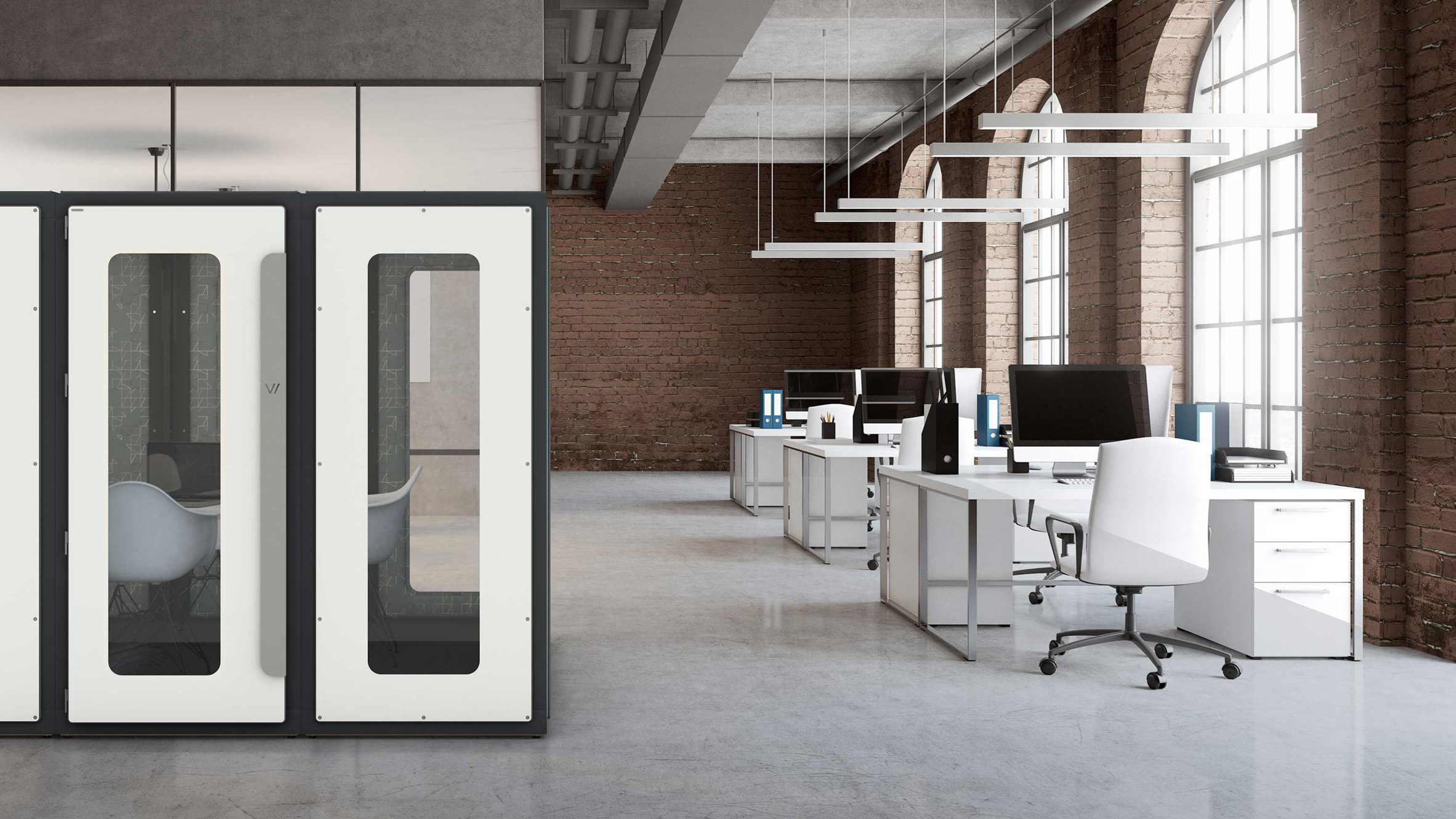 The exterior of the pods come in three different colours, including white
The exterior of the pods come in three different colours, including white
The collection varies in size from one-by-one metre booths to three-by-four metre rooms, which can be combined to create different office layouts.
Made from melamine and MDF, the exterior is available in three colours, including black, natural oak and white.
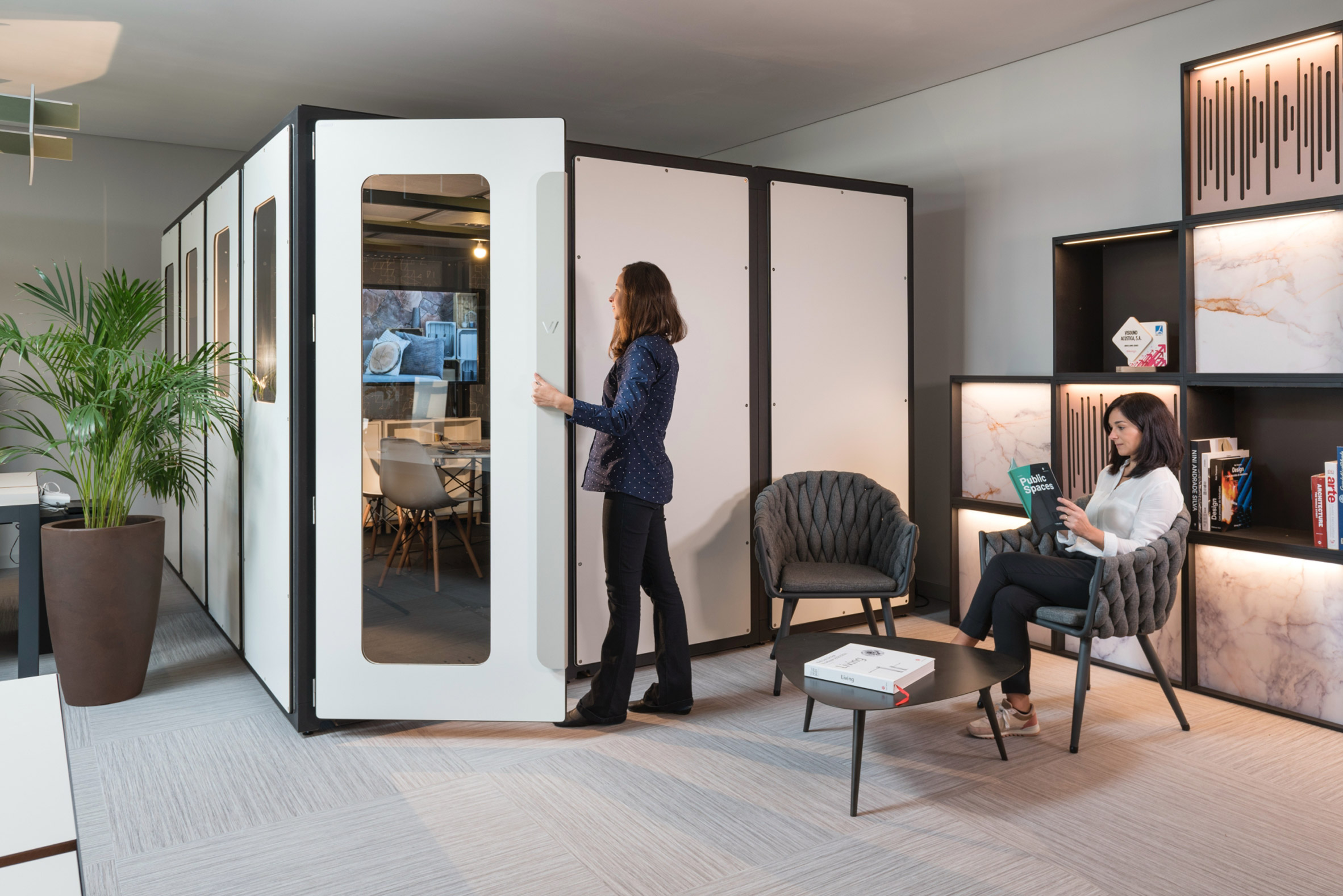 VicBooth Office pods come in a range of sizes that can be customised to suit different office spaces
VicBooth Office pods come in a range of sizes that can be customised to suit different office spaces
The interior is finished in a non-woven textile made from recycled plastic bottles, which is also intended to provide sound insulation.
The booth walls are made up of modular sections that come in customisable options, including plain wall, glass door, full-length or half-length windows and with shelves.
Product: VicBooth Office
Brand: Vicoustic
Contact:sales@vicoustic.com
Dezeen Showroom
Dezeen Showroom offers an affordable space for brands to launch new products and showcase their designers and projects to Dezeen's huge global audience. For more details emailshowroom@dezeen.com.
Dezeen Showroom is an example of partnership content on Dezeen. Find out more about partnership contenthere.
The post VicBooth Office by Vicoustic appeared first on Dezeen.
#vicoustic #podsandbooths #furniture #all #design #products #donotshowonthehomepage #dezeenshowroom #officefurniture #acousticproducts
Ye and Kano release MP3 player designed to "challenge what an album can be"
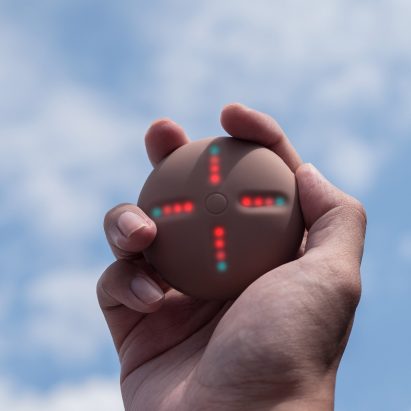
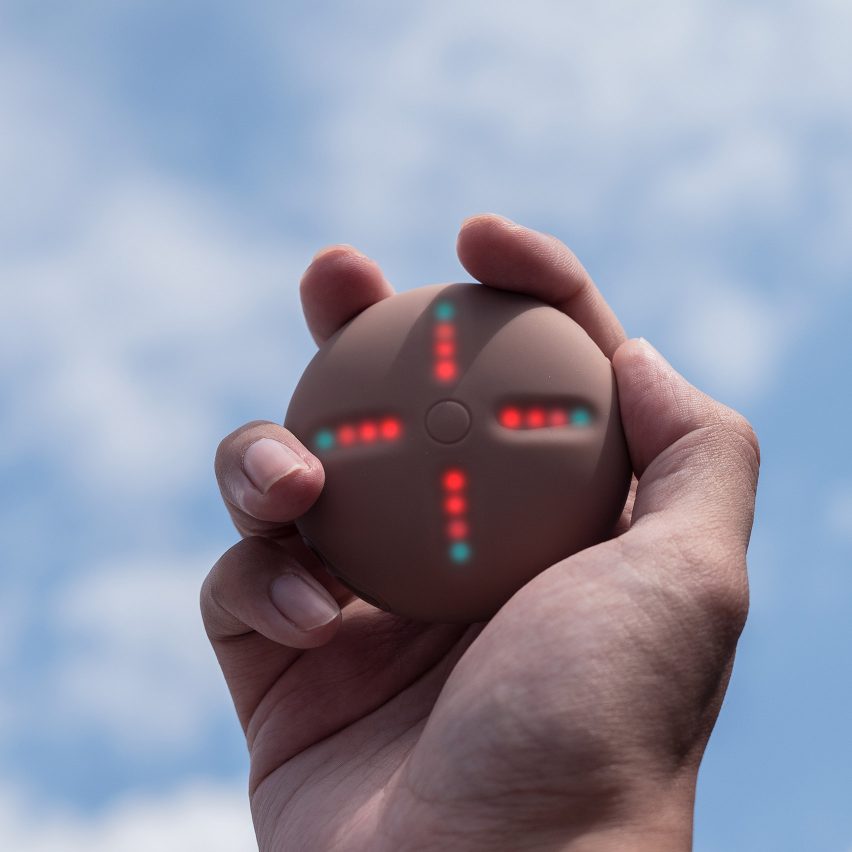
American musician Ye, formerly known as Kanye West, and design technology company Kano have launched Stem Player, a pebble-shaped device that allows users to customise songs in the palm of their hand.
Stem Player lets users control the vocals, drums, bass and samples – the "stems" of a track – by swiping their fingers across the grooves of the device as they listen to music.
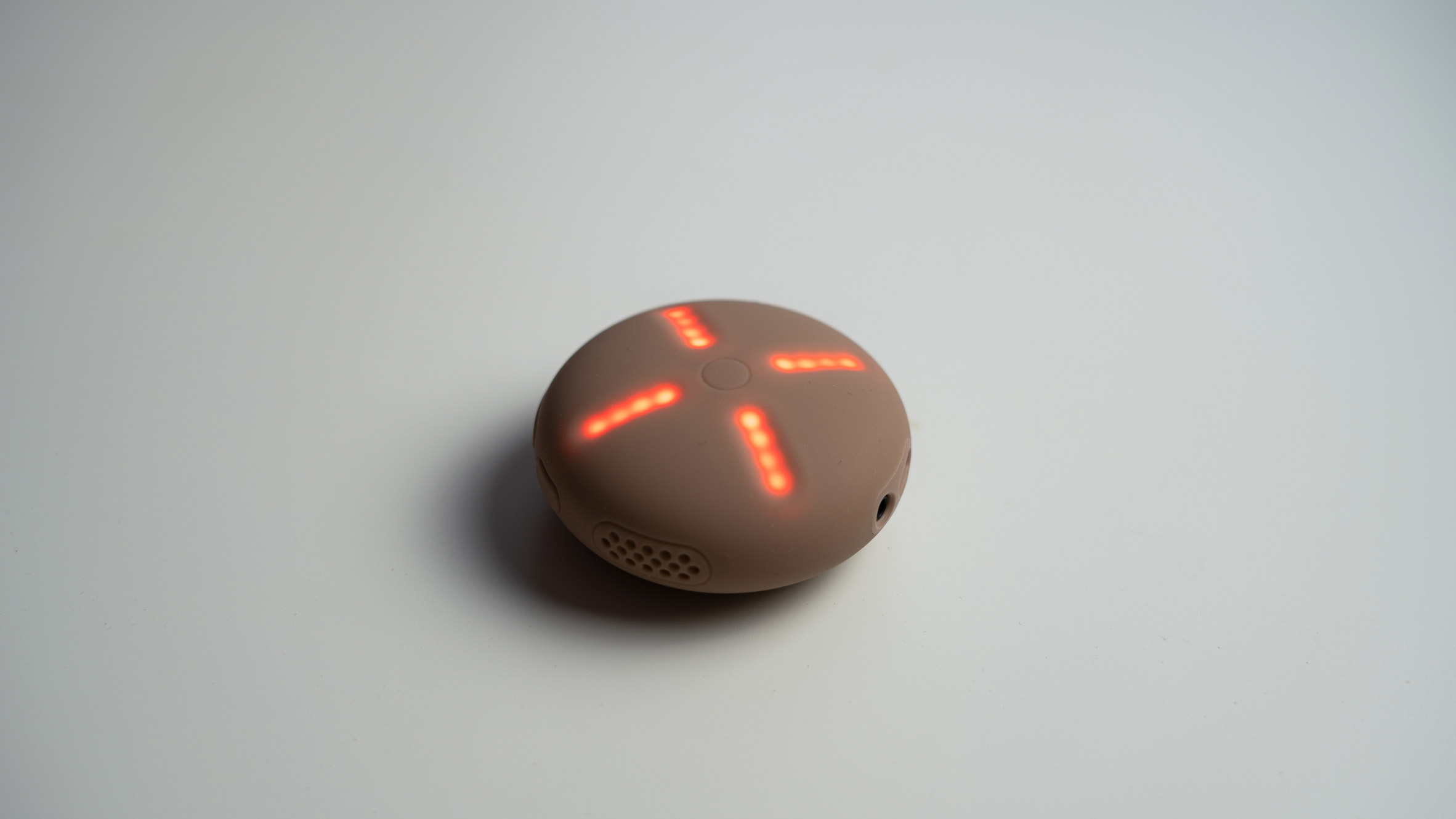 Stem Player is an MP3 player that allows users to customise songs
Stem Player is an MP3 player that allows users to customise songs
"We wanted to create a living album that allows you to remix the songs, add effects and listen to the music differently each time you repeat use," Bruno Schillinger, lead product designer at Kano, told Dezeen.
"It is a way to be a participant in the listening experience and it really challenges the idea of what an album can be."
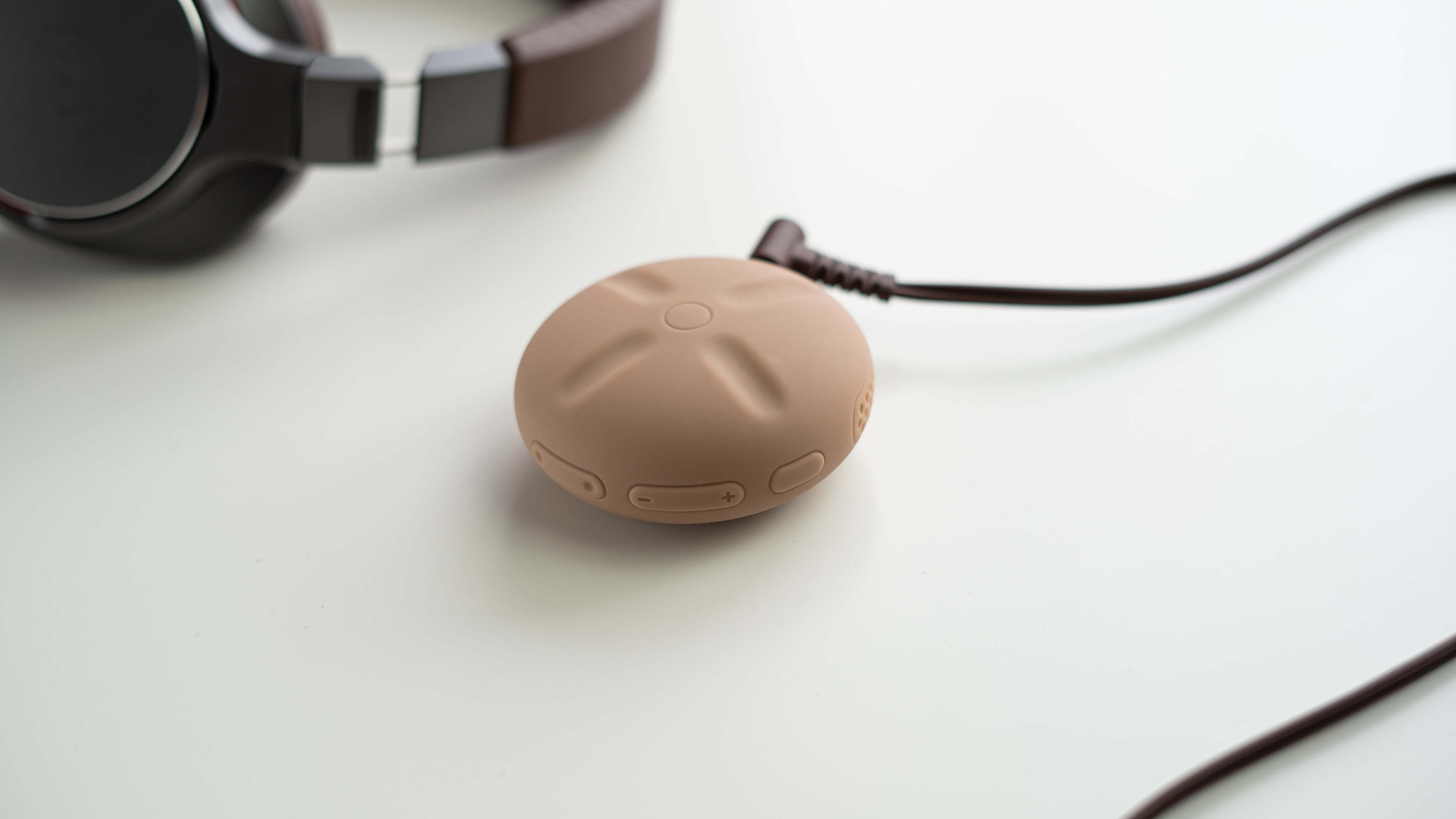 The Stem Player can be connected to headphones or speakers
The Stem Player can be connected to headphones or speakers
The device gets its name from the music production term "stems" – individual sections that make up a song. Stem Player allows users to speed up or slow down different sections of a track, as well as reverse and loop parts of the song.
It also incorporates haptic feedback, as users slide their fingertips over the silicone-covered object and the lights flash in real-time to changes in the song.
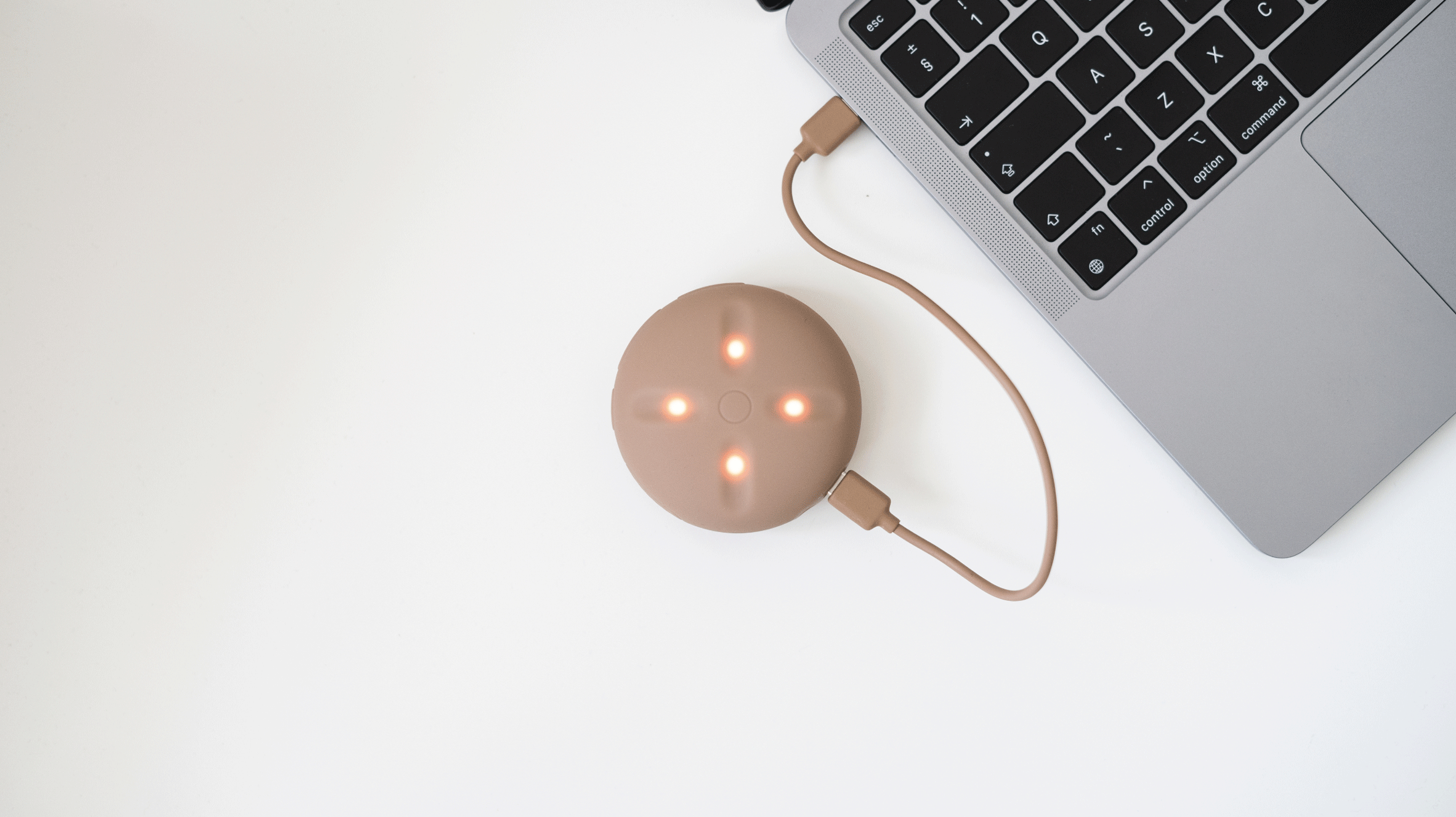 Users can download music onto the device and then remix the stems
Users can download music onto the device and then remix the stems
The designers see this "return to primal interactions" as an antidote to popular MP3 players on the market, which are usually controlled by users tapping or scrolling on black screens.
"One thing that we set out to do from the beginning was to use very primary dots of light and colour to signify function," explained Schillinger.
"The grooves in it – the channels that you slide your finger across – are supposed to be a little bit like meditation stones that you can stroke to make you feel calm," he added.
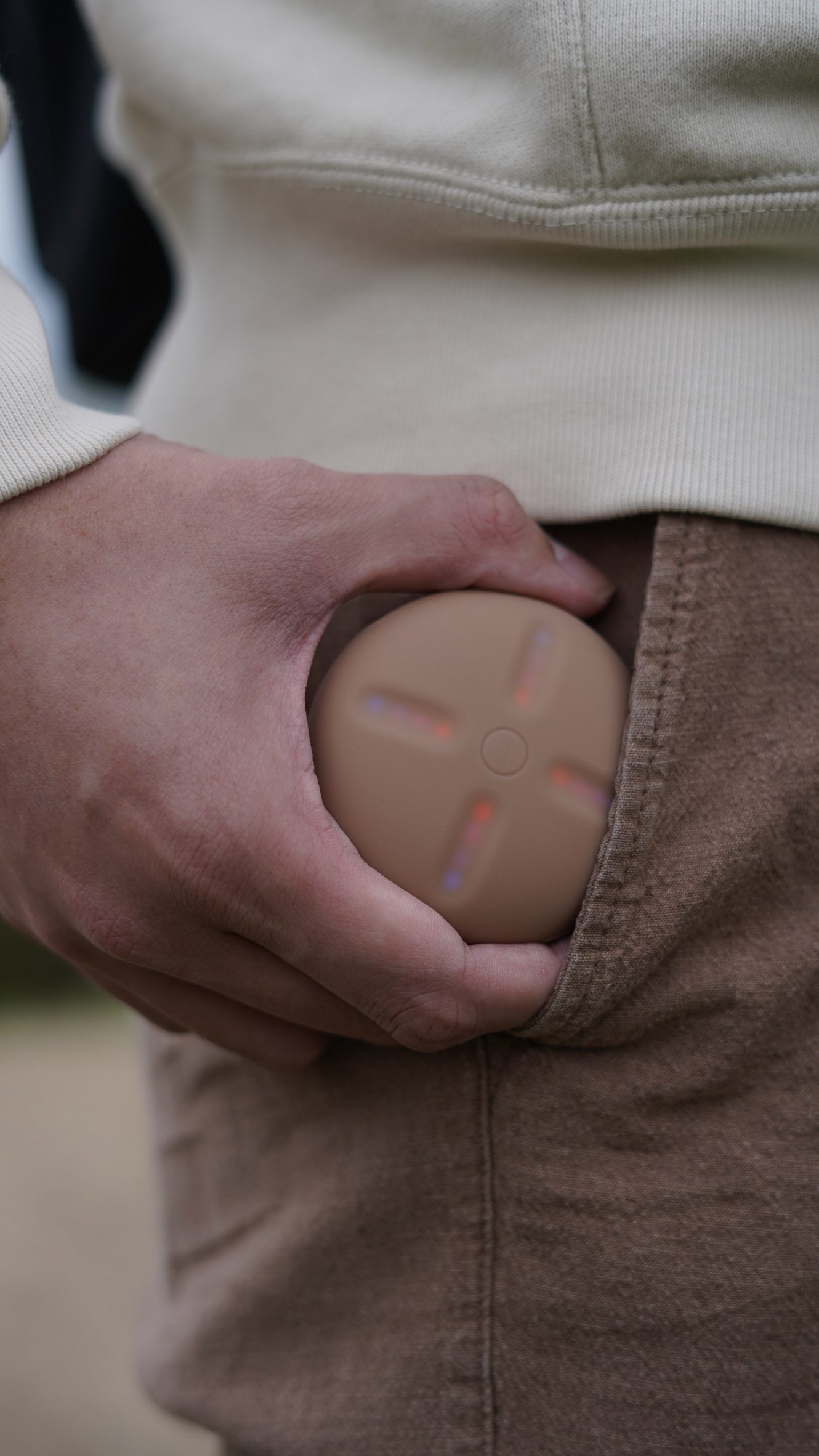 The portable device can fit in pockets
The portable device can fit in pockets
With this brief in mind, the team set about creating something that could be intuitively used by children. The interface is designed so that it reveals itself as you watch it, with the stems pulsing to the data.
For example, you can watch the vocal stem move up and down as the artist speaks, and the speed of your loops is mirrored by the pace at which the lights move.
Users can listen to music directly from the MP3 player, which can also be connected to headphones and speakers using bluetooth or cable.
[ 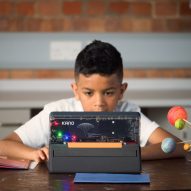
Read:
Microsoft and Kano partner on build-your-own PC for children
](https://www.dezeen.com/2019/06/26/microsoft-kano-build-your-own-pc-technology/)
In their quest for simplicity Ye and Kano looked to nature for inspiration, which is why the Stem Player resembles a smooth pebble.
"Kanye has this mantra where nothing should have sharp edges and everything should be rounded as it is in nature," explained Schillinger.
"As a result, we also looked beyond stones and pebbles and were really inspired by ancient artefacts."
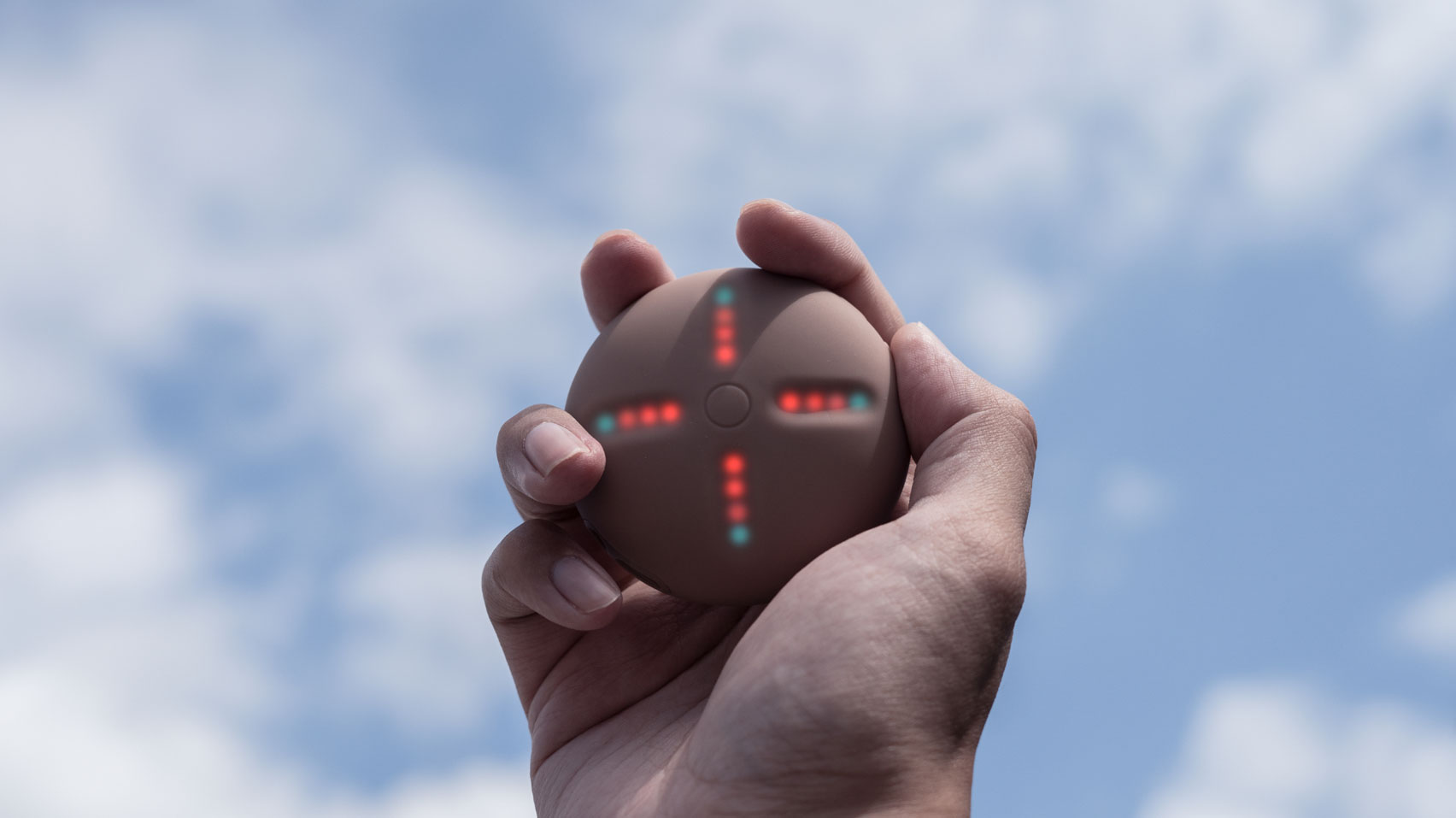 Users slide their fingers across the grooves and lights to alter tracks
Users slide their fingers across the grooves and lights to alter tracks
Ye and Kano have been working together on the device since meeting at the Consumer Electronics Show in 2019 and believe that the Stem Player has the potential to revolutionise music in a similar way to the iPod.
"[It] lets you go from listening to music to creating and then you're building new creations – but then at a press of a button, you go back to listening," James Hicks, lead designer at Kano, told Dezeen.
"I think that way to move from consuming something to creating something in single seamless transition is something that doesn't really exist anywhere else in music."
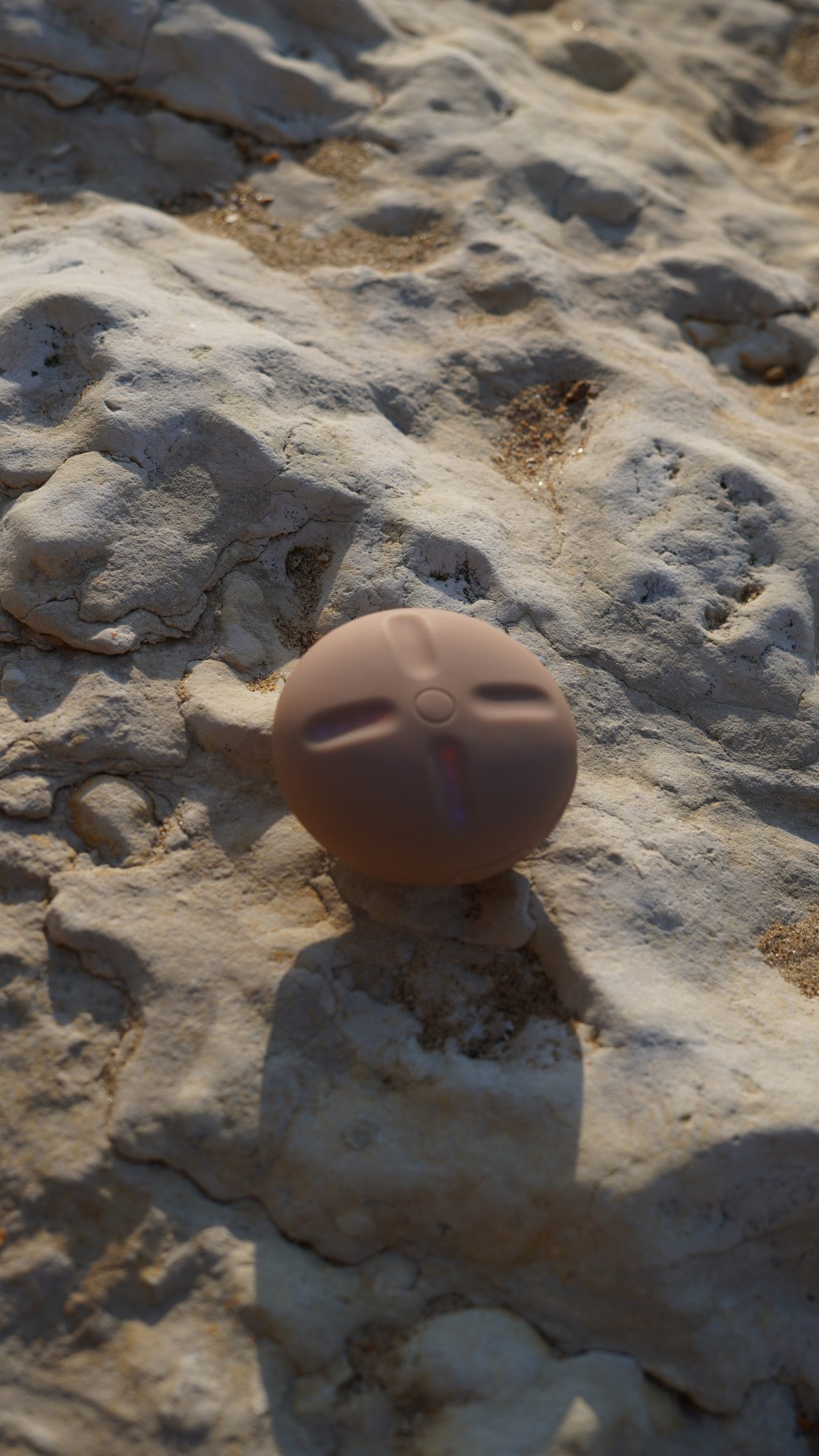 The beige device looks similar to a round pebble
The beige device looks similar to a round pebble
Playing it on the device will also be the only way people will be able to listen to Ye's upcoming album Donda 2, in a move that Ye and Kano believe will give control back to the artist – especially when compared to releasing the album on a streaming site like Spotify.
This is Ye's first music-playing device, but the musician is no stranger to product design. His previous projects include footwear line Yeezy and an ongoing partnership with high street retailer Gap.
The post Ye and Kano release MP3 player designed to "challenge what an album can be" appeared first on Dezeen.
#all #design #products #technology #news #music #gadgets #kanyewest #technologyanddesign
Doppelgänger creates polystyrene substitute from plastic-eating mealworms
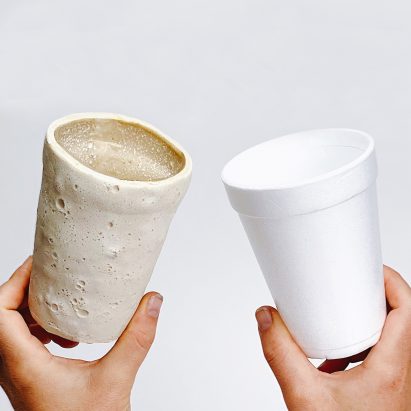
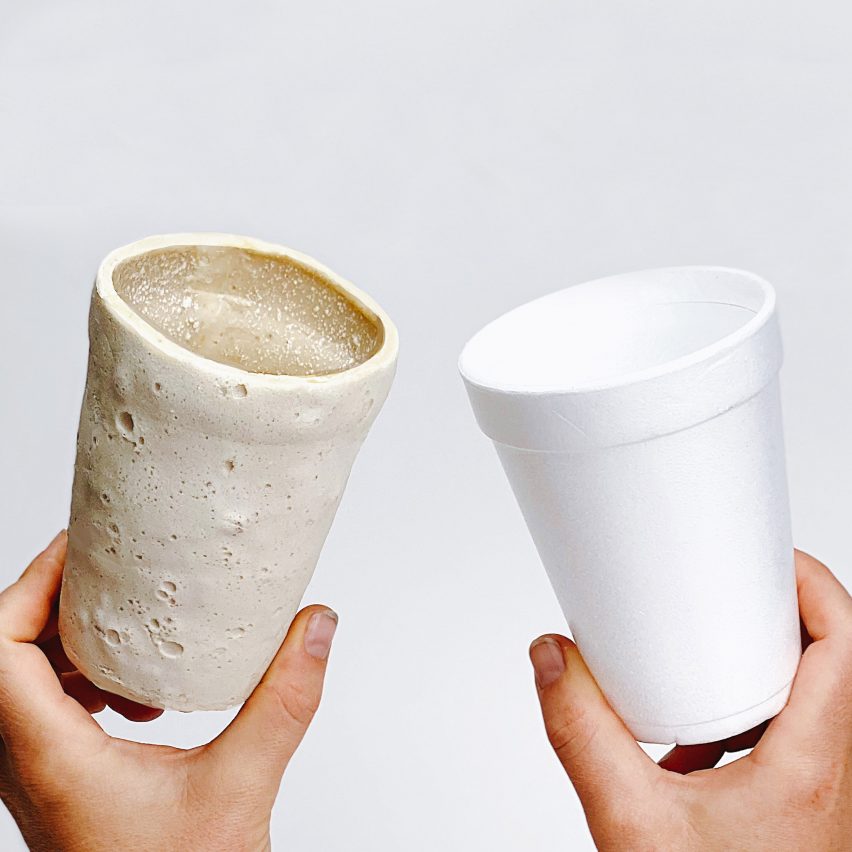
Charlotte Böhning and Mary Lempres of design duo Doppelgänger have developed a bioplastic version of polystyrene foam that is made from the exoskeleton of mealworms and breaks down in soil in a couple of weeks.
The material, called Chitofoam, is shock-absorbent, water-resistant and can be formed into cups, foam peanuts and other packaging, much like its fossil-based counterpart.
Doppelgänger created the bioplastic to offer a backyard-compostable alternative to traditional expanded polystyrene (EPS).
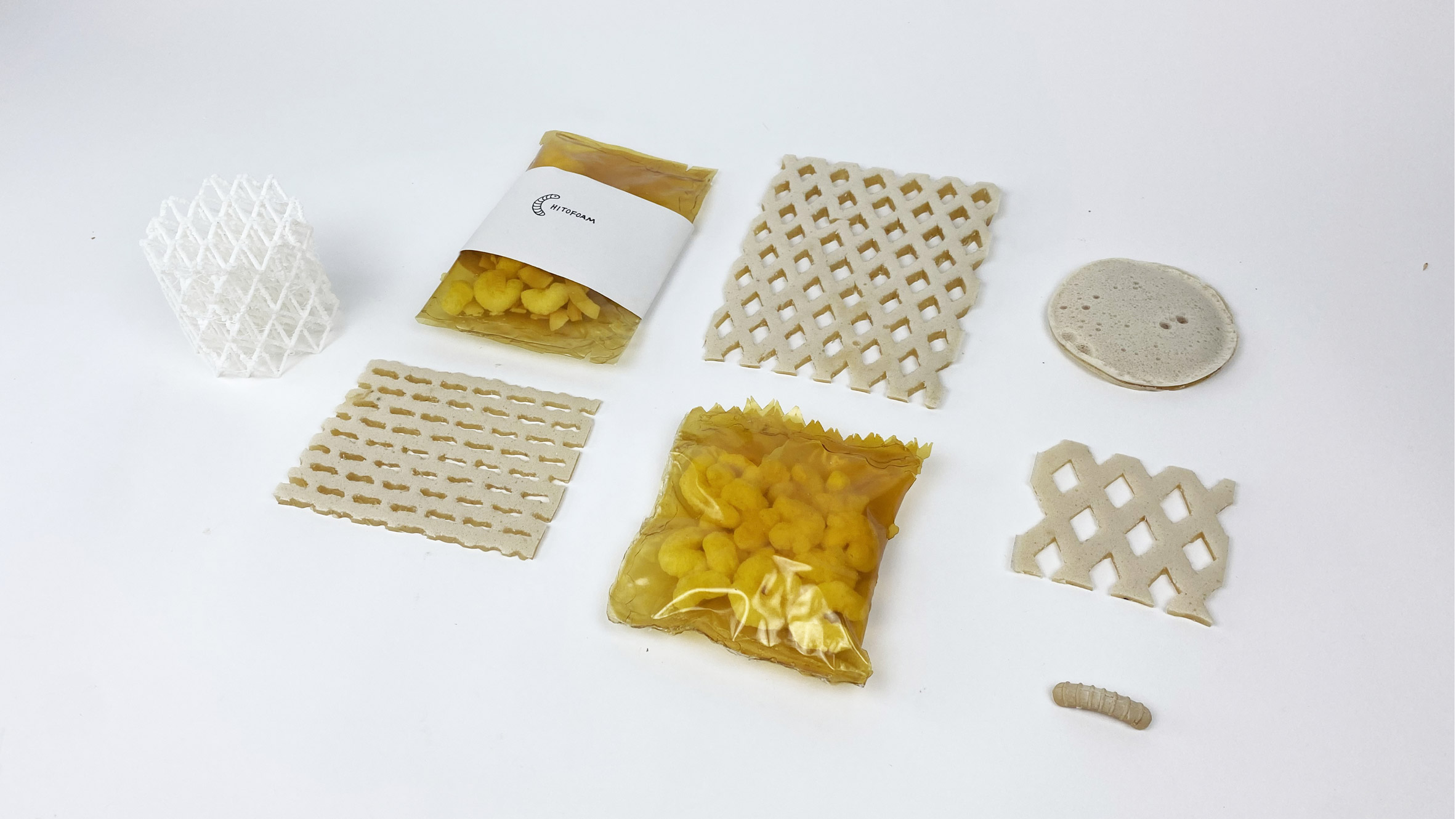 Chitofoam can be turned into cups (top image) and packaging materials (above)
Chitofoam can be turned into cups (top image) and packaging materials (above)
Regular EPS, of which Styrofoam is the most well-known brand, is difficult and uneconomical to recycle, meaning it ends up occupying around 30 per cent of the space in our landfills.
"At the end of its short life, polystyrene is not accepted by recycling centres and is undesired by landfills," Lempres told Dezeen. "It is a problematic plastic with no second life that affects future generations, our environment and our future earth."
While polystyrene is made from petroleum-based styrene, which the World Health Organisation has deemed a "probable carcinogen," Chitofoam is derived from a biopolymer called chitin, which mealworms use to build their strong yet pliable exoskeleton.
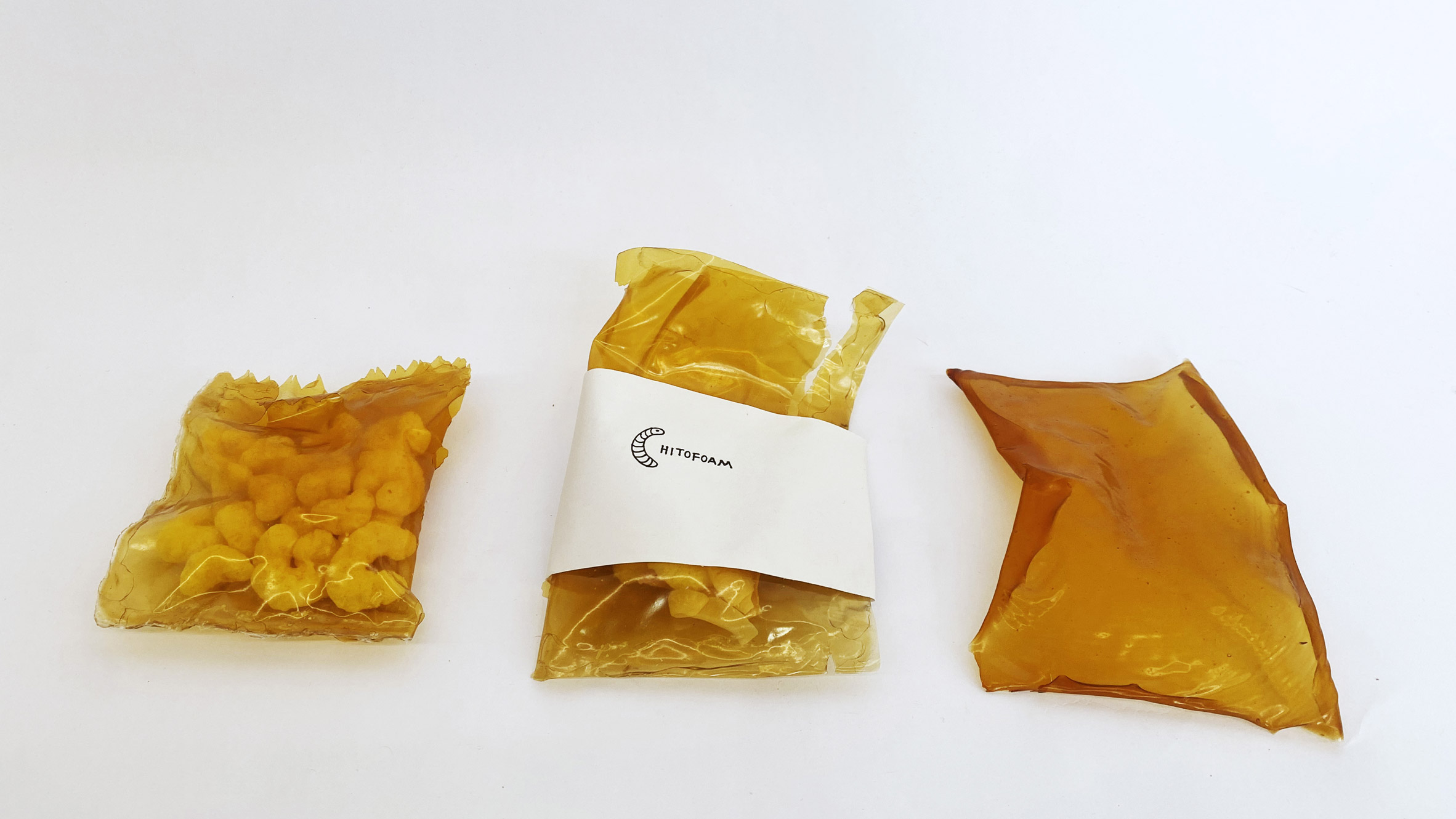 It can also be formed into packaging peanuts, much like traditional polystyrene
It can also be formed into packaging peanuts, much like traditional polystyrene
Doppelgänger says the bioplastic foam could be made from any mealworm – the larval form of the mealworm beetle – or other insect or crustacean with a chitin-rich shell, such as lobsters and beetles.
Böhning and Lempres made their version from the mealworms living in their own homemade biodigester, which the industrial design students developed to dispose of the polystyrene modelling foam and packaging used in their studio.
This harnesses mealworms' natural ability to digest and break down polystyrene using their gut bacteria, which was documented by researchers from Stanford University in 2015.
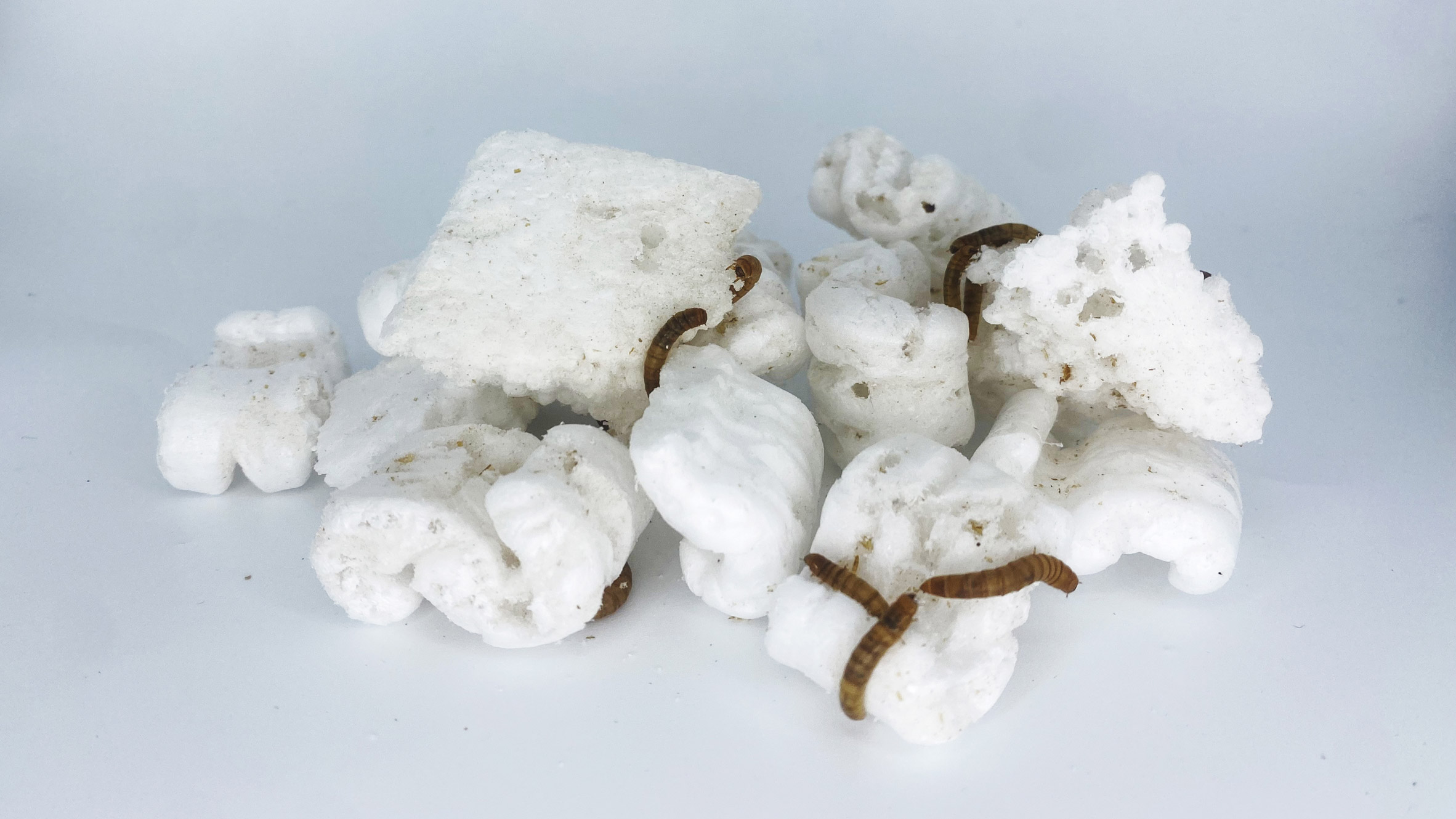 Mealworms can safely digest polystyrene plastic
Mealworms can safely digest polystyrene plastic
"It started off quite simply as a tank with 1,000 mealworms in which we put our waste foam, a material that is unfortunately abundant in design school," Böhning said. "It has gradually grown to include tiered-drawers and many more worms."
"The mealworms can help divert polystyrene waste from landfills and natural environments," she continued. "They can safely and efficiently digest the polystyrene foam with no ill effects on their own health."
With Chitofoam, Doppelgänger aims to show that the little bugs could be used not just to degrade existing polystyrene waste but also to create a bioplastic alternative to it.
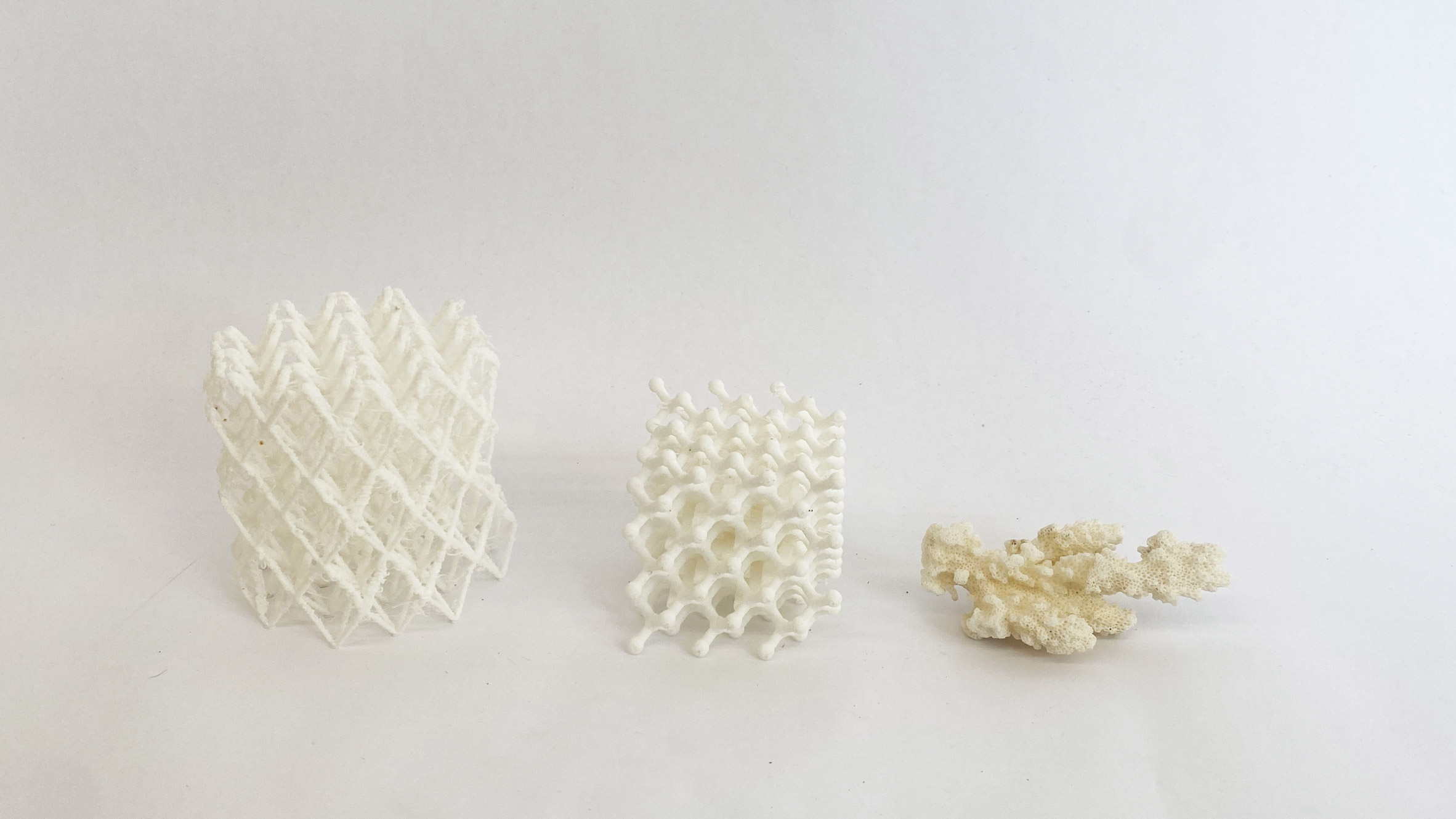 Doppelgänger has modelled the packaging on the shape of coral
Doppelgänger has modelled the packaging on the shape of coral
Once the mealworms have reached the end of their life, the designers collect them from the biodigester and extract the chitin from their exoskeletons by treating them with an alkaline solution, in a process known as deacetylation.
This powdered chitin derivative called chitosan is then dissolved in citric acid, mixed with a waste-derived biopolymer that the studio is keeping under wraps until its patent application has been granted.
Vigorous shaking ultimately gives the mixture its characteristic foamy consistency, which Doppelgänger says is more flexible and elastic than traditional expanded polystyrene while having natural antifungal and antimicrobial properties.
[ 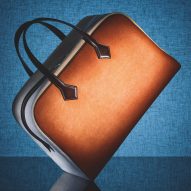
Read:
The Dezeen guide to bio-based materials in architecture, design and interiors
](https://www.dezeen.com/2021/12/09/dezeen-guide-biomaterials-architecture-design-interiors/)
Chitofoam can be cast or injection-moulded into shape, much like Styrofoam, but Böhning and Lempres are currently still testing whether the material has the same thermal insulation properties that would allow it to be used to store hot foods and drinks.
As Chitofoam is a thermoplastic it can be melted down and reformed into new products, or placed in soil where it decomposes in two to three weeks.
Doppelgänger says the material has a "high biocompatibility and very low toxicity". But some experts have raised concerns about whether the acidity of bioplastics could throw off the ph balance of soil and water.
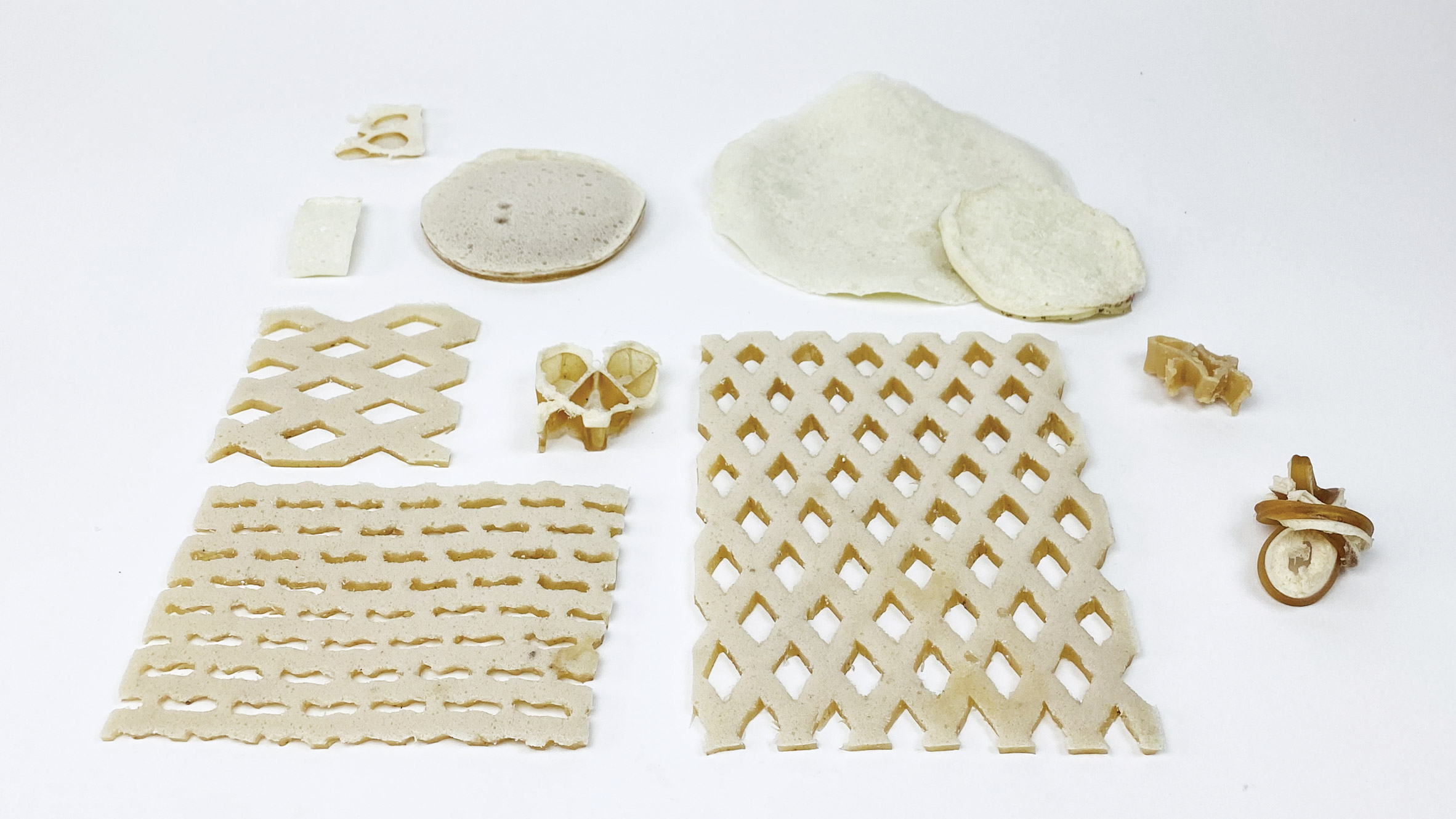 The material has shock-absorbent properties thanks to its foamy texture
The material has shock-absorbent properties thanks to its foamy texture
Chitofoam is one of six projects shortlisted for this year's Lexus Design Award, with the winner set to be decided later this spring.
Until then, Doppelgänger is working to further progress the project with the help of a £19,000 budget and guidance from a group of four mentors including designer Sabine Marcelis and Yosuke Hayano of Beijing architecture firm MAD.
The studio's plan is to develop a food product from the protein-rich, plastic-eating mealworms, which would then be packaged in the mealworm bioplastic.
 The material could be used as a substitute to traditional polystyrene packaging
The material could be used as a substitute to traditional polystyrene packaging
"Mealworm farming has been highlighted in recent years as an environmentally sustainable solution to malnutrition, particularly in developing rural economies," the studio said.
"Growing edible mealworms is affordable, low-resource and space-efficient. The resultant food source is twice as protein-efficient as beef with zero methane emissions."
In this way, the designers say the mealworms could eventually help to tackle two sustainable development goals at the same time, providing food security and fighting pollution.
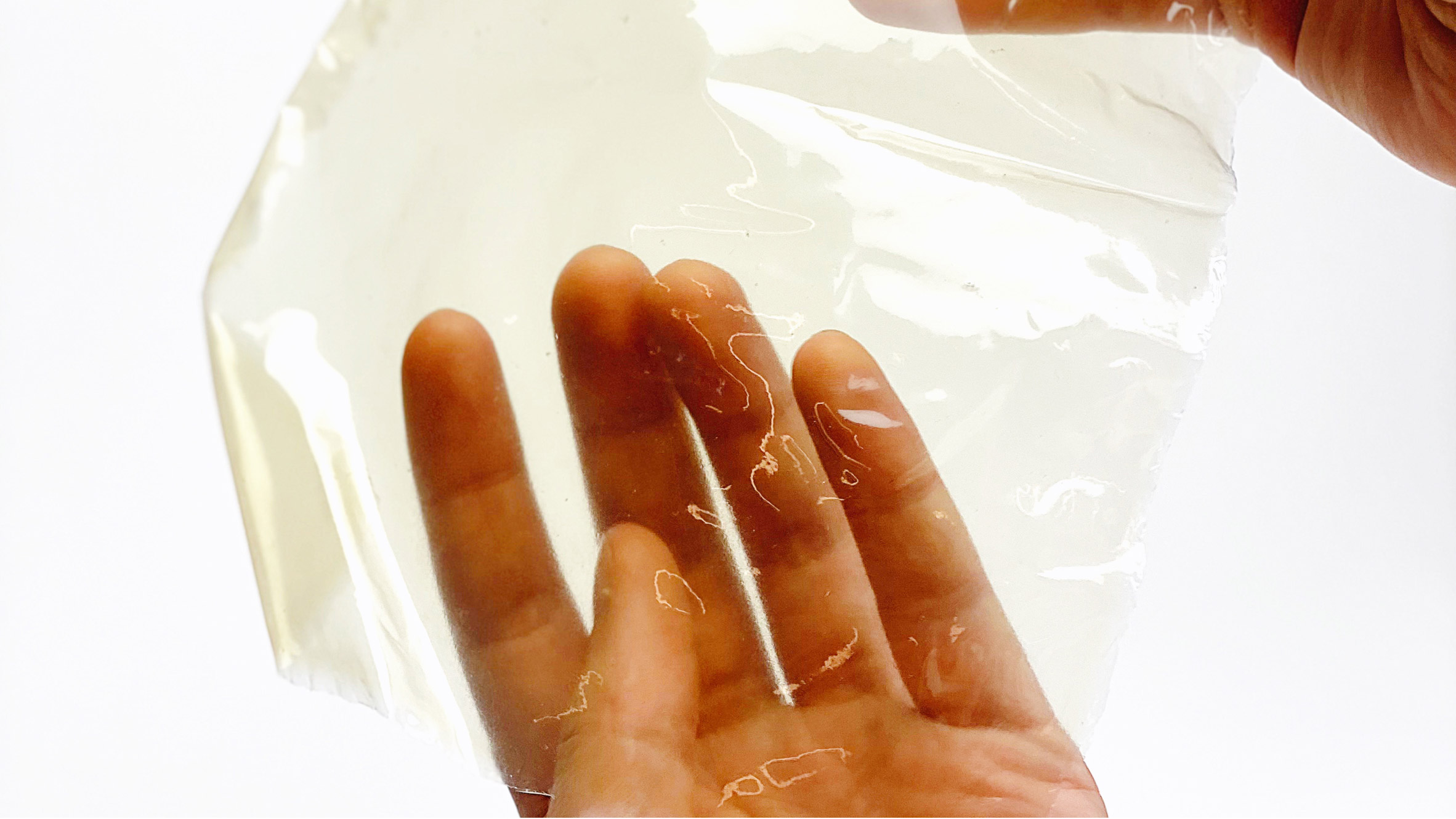 Chitin can also be turned into a bioplastic film
Chitin can also be turned into a bioplastic film
Early studies have shown that mealworms that have digested polystyrene can still be used to feed other animals, but more research is necessary on whether they could safely be eaten by humans and whether they could be used to break down plastics at a mass scale.
As the mealworms digest the polystyrene, around half of the fossil carbon that was stored in the plastic is also emitted into the atmosphere as CO2, which could contribute to global warming.
The chitin found in their exoskeletons has been much more widely studied and already turned into a range of different materials including a leather alternative and a bioplastic film.
The post Doppelgänger creates polystyrene substitute from plastic-eating mealworms appeared first on Dezeen.
#all #design #materials #products #technology #plastic #insects #packaging #bioplastic #recycling #polystyrene #doppelgänger
Michael Graves Design creates "visually appealing" medical furniture for CVS
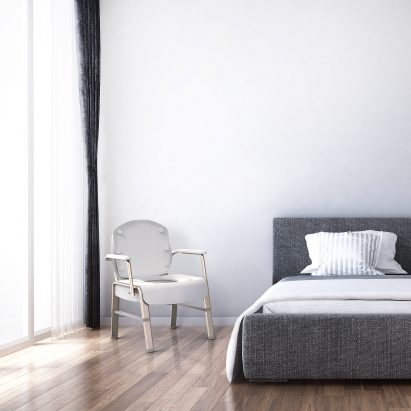
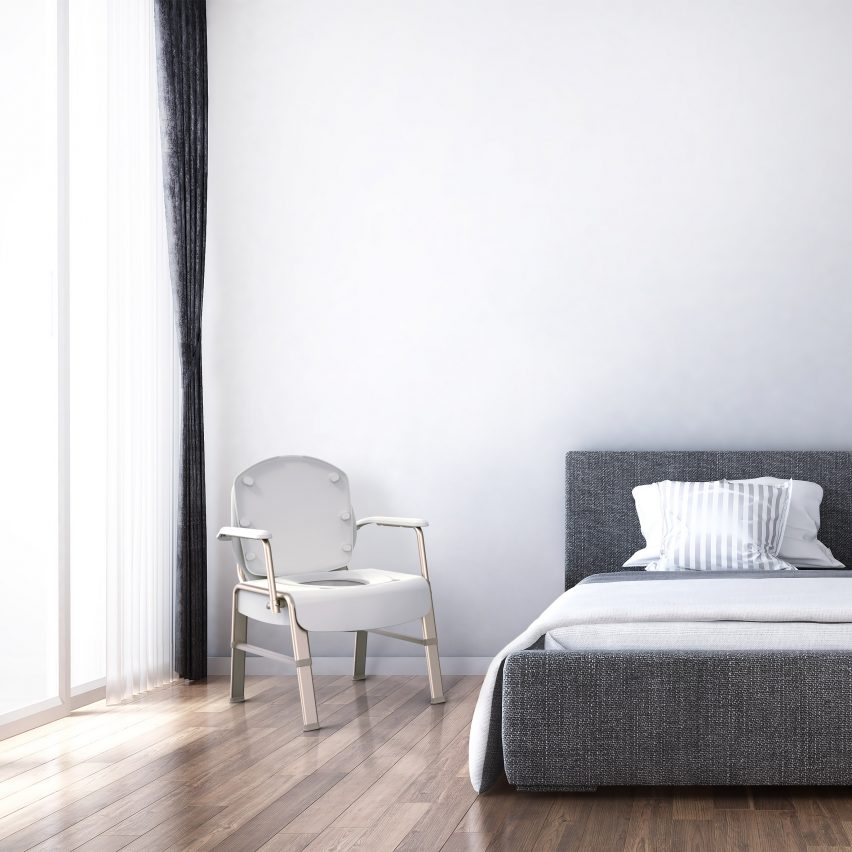
American studio Michael Graves Design has created a collection of home healthcare products for a major US pharmacy that is meant to "enhance people's lives with moments of joy".
The collection, called CVS Health by Michael Graves Design, features six items that fall into one of two categories – mobility or bath safety. The products include a shower chair designed to look like real furniture and a foldable walker.
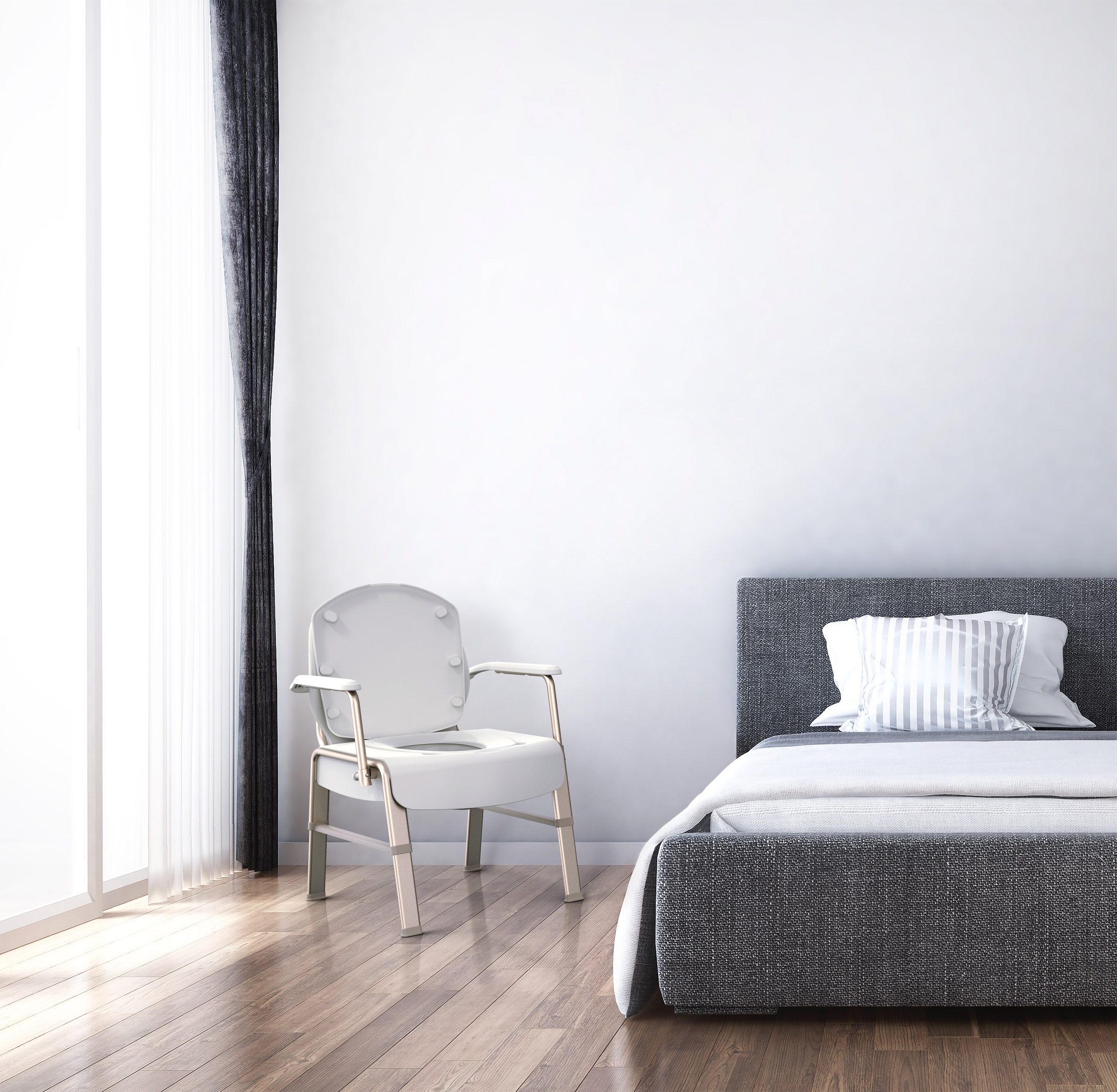 CVS Health by Michael Graves Design is a range of accessible products for the home
CVS Health by Michael Graves Design is a range of accessible products for the home
Michael Graves Design, which was founded by AIA Gold Medal-winning architect Michael Graves, began the design process with a research phase that included interviews and in-house observations with users, caregivers and clinicians.
That research informed the design of the final products, which are intended to be both attractive and highly functional – a rarity in the world of home medical equipment.
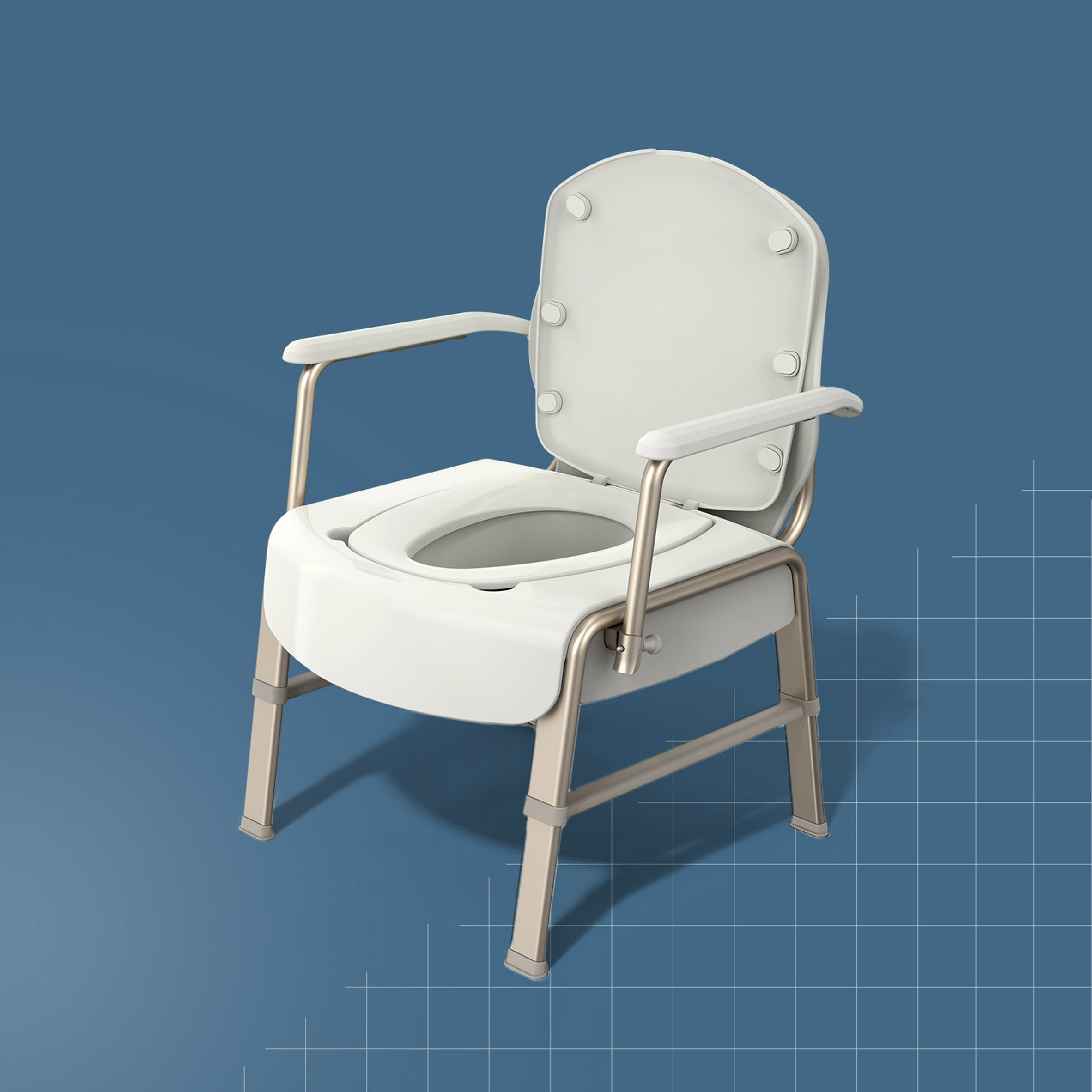 Michael Graves Design created the collection for the popular US pharmacy chain
Michael Graves Design created the collection for the popular US pharmacy chain
"We are reinventing the home healthcare category with products that are research-insight driven, visually appealing, full of character and purpose, and that enhance people's lives with moments of joy," said the New Jersey-based studio.
The products help elevate the "quality and dignity that consumers should expect", said design principal Donald Strum.
"We are thrilled by the collaboration and the powerful change it will bring to disabled people, elders and the people who provide care for all of us."
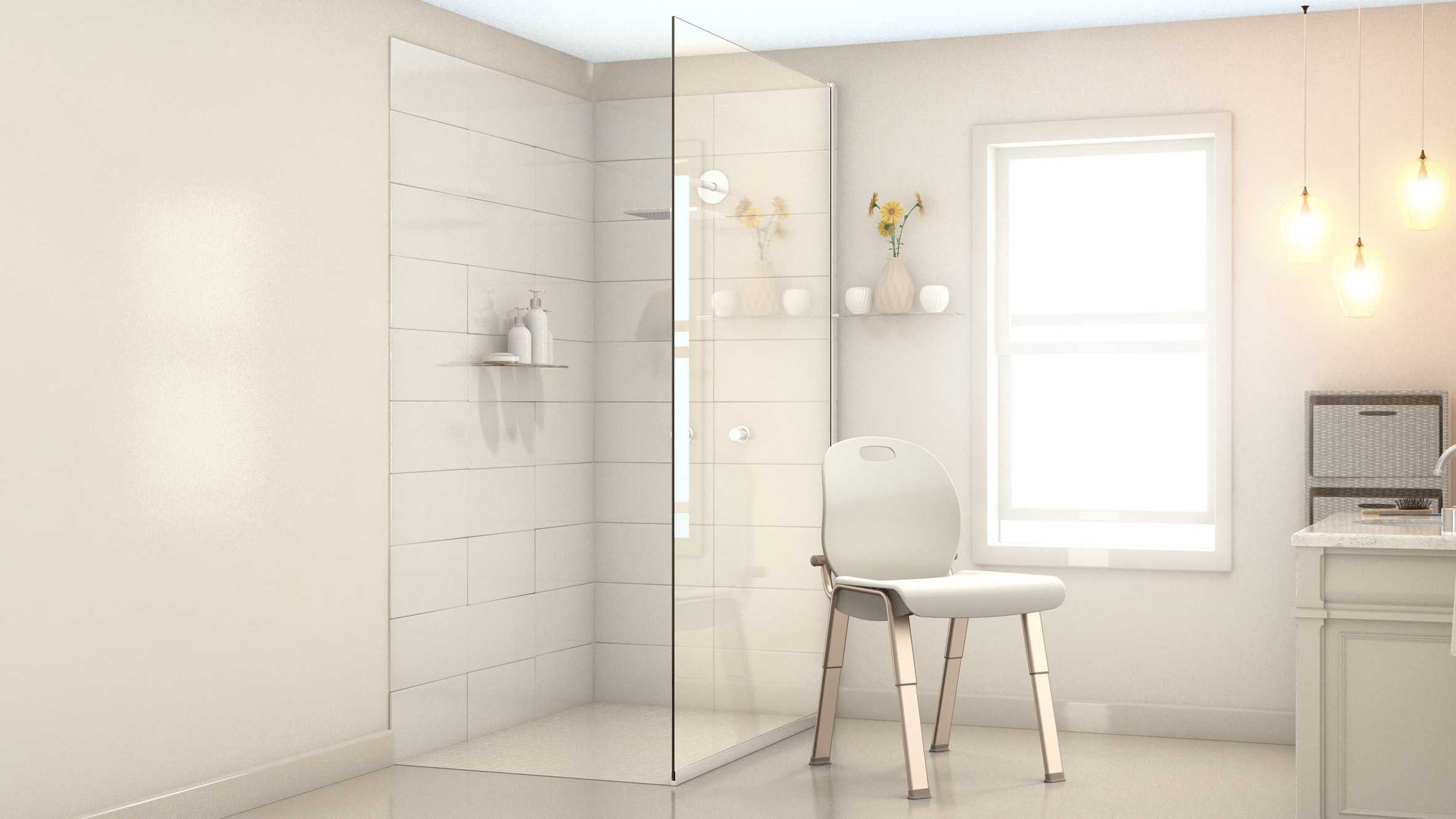 The range can be divided into mobility and bath safety products
The range can be divided into mobility and bath safety products
Among the bathroom products is a shower chair that converts to a stool. It features a rustproof aluminum frame, a contoured seat that wicks away water, a removable backrest, and a built-in holder for a shower sprayer.
The Convertible Shower Chair & Stool is designed to mimic "actual furniture", and to blend with contemporary bathroom finishes and materials.
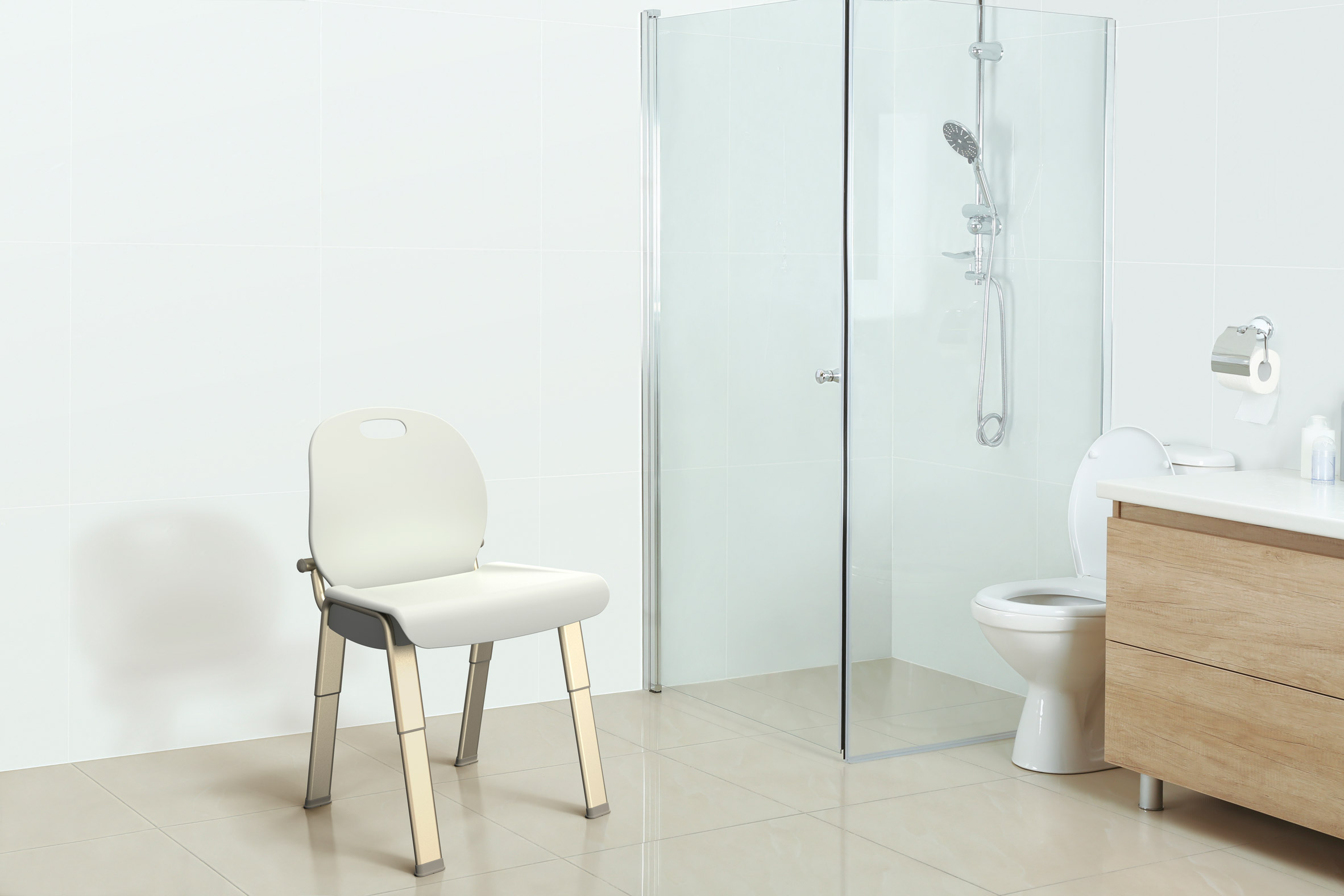 The Convertible Shower Chair & Stool has a rust-proof frame
The Convertible Shower Chair & Stool has a rust-proof frame
The bath line also includes a 3-in-1 Comfort Commode that is suitable for a bedroom, living room or bathroom. It includes swing-away armrests and an extra-wide lid that enables the piece to be used as a chair.
Also in the bath line is the Raised Toilet Seat with a quick-locking mechanism that enables it to be connected and removed without the use of tools.
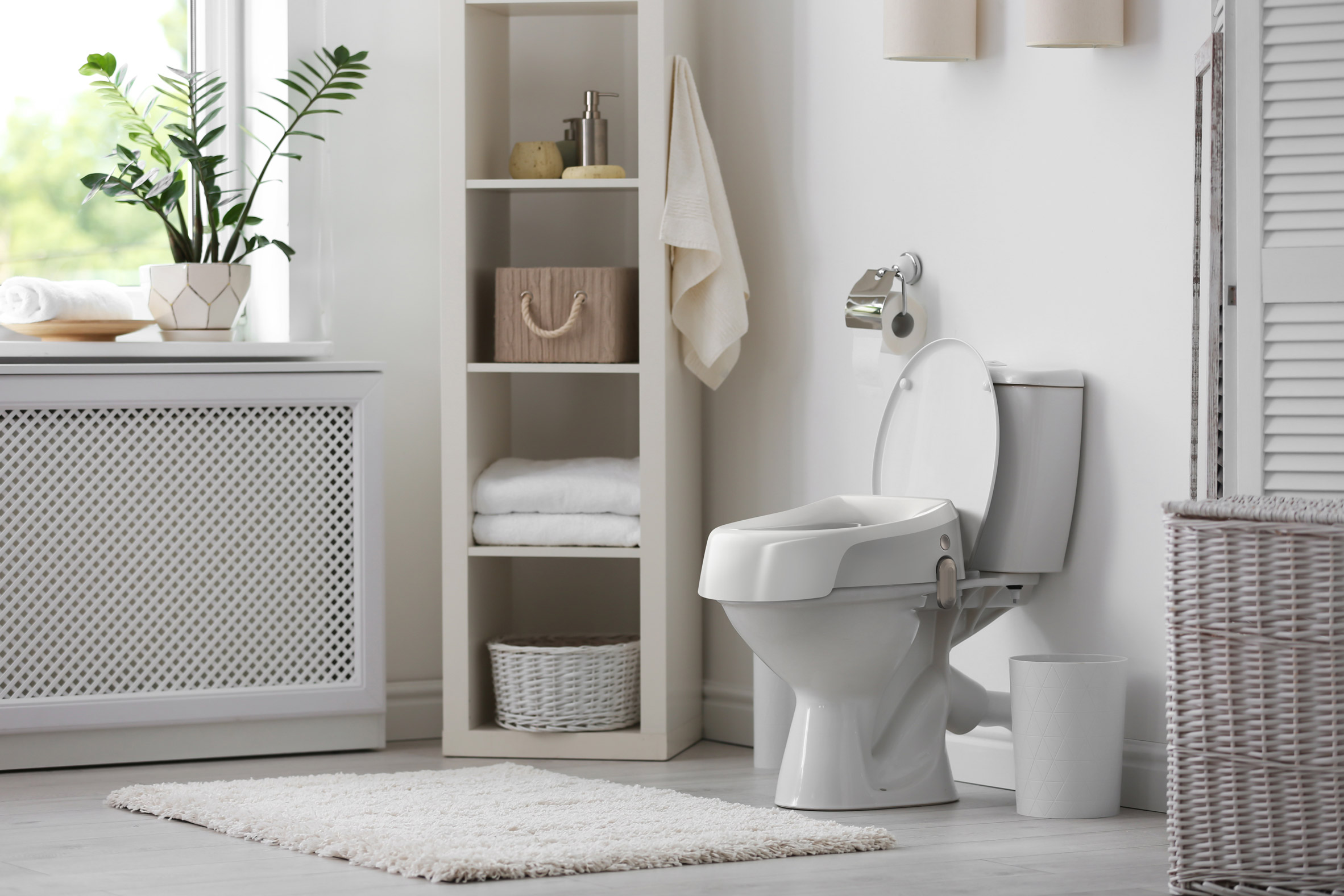 Raised Toilet Seat has a quick locking mechanism
Raised Toilet Seat has a quick locking mechanism
For the mobility line, the team conceived the Easy Fold Travel Walker. This has two wheels and a grip that angles down toward the front, helping improve the user's posture and wrist comfort. Other features include integrated brakes and easy height adjustment, along with a foldable design.
"Its unique centre column chassis looks cool, and also facilitates easier fold, better balanced carry and easier storage," the team said.
[ 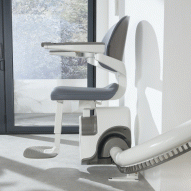
Read:
Pearson Lloyd attempts to shift stigma around stairlifts with Flow X
](https://www.dezeen.com/2021/05/05/flow-x-stairlift-pearson-lloyd-design/)
The other mobility aids are the C Grip Cane, which has a crescent-shaped handle, and the Folding Cane, which is easy to store and has magnets that keep it securely folded up.
In addition to being lightweight and height adjustable, both canes feature square-shaped shafts made of aluminium and two interchangeable feet. They are offered in several colours.
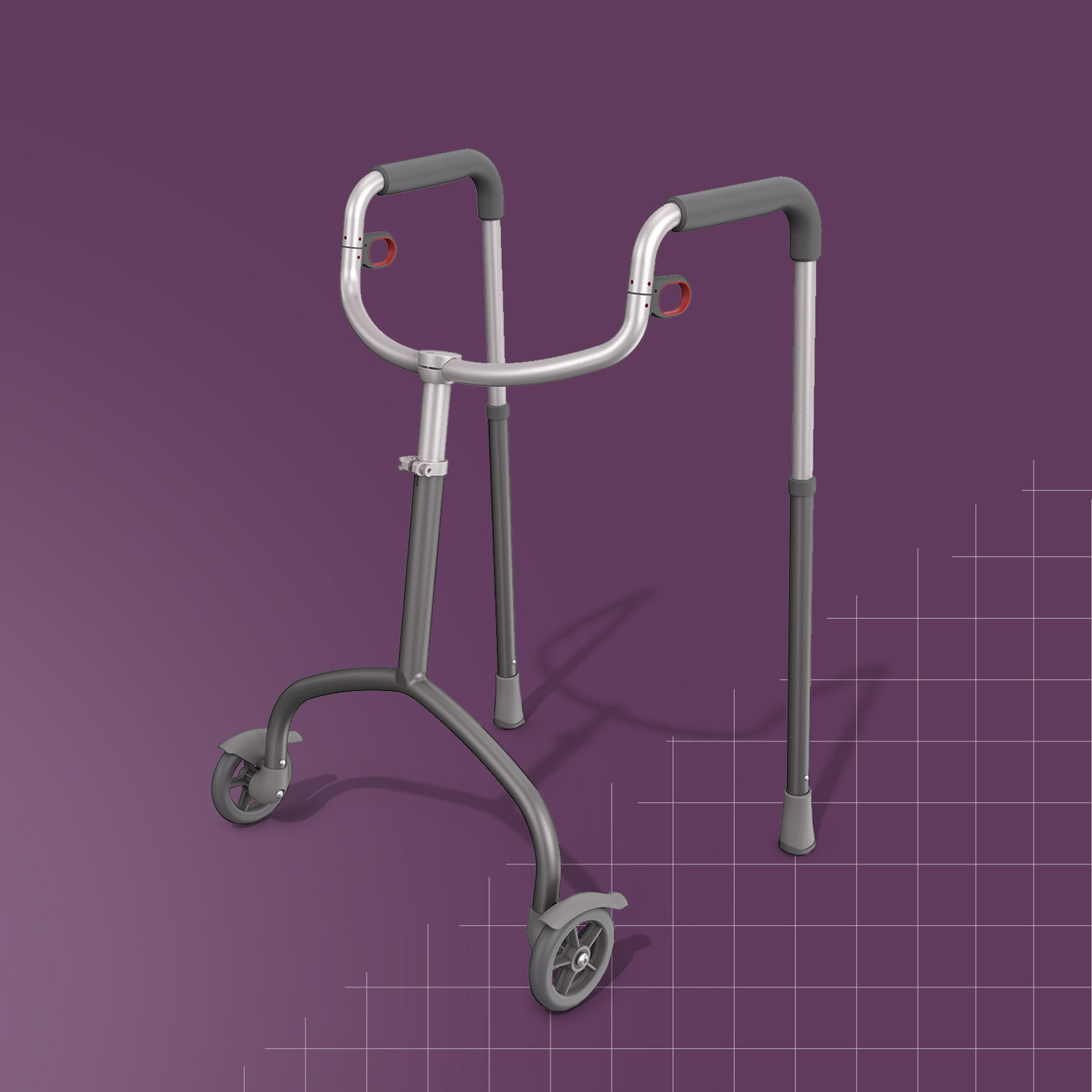 Easy Fold Travel Walker is a foldable zimmer frame
Easy Fold Travel Walker is a foldable zimmer frame
The healthcare products align with the spirit of Michael Graves Design, which was founded in 1964 by Graves, who died in 2015 at the age of 80.
In addition to noted architectural works such as Oregon's Portland Building, Graves designed mass consumer products for companies such as Alessi, Target and JC Penney.
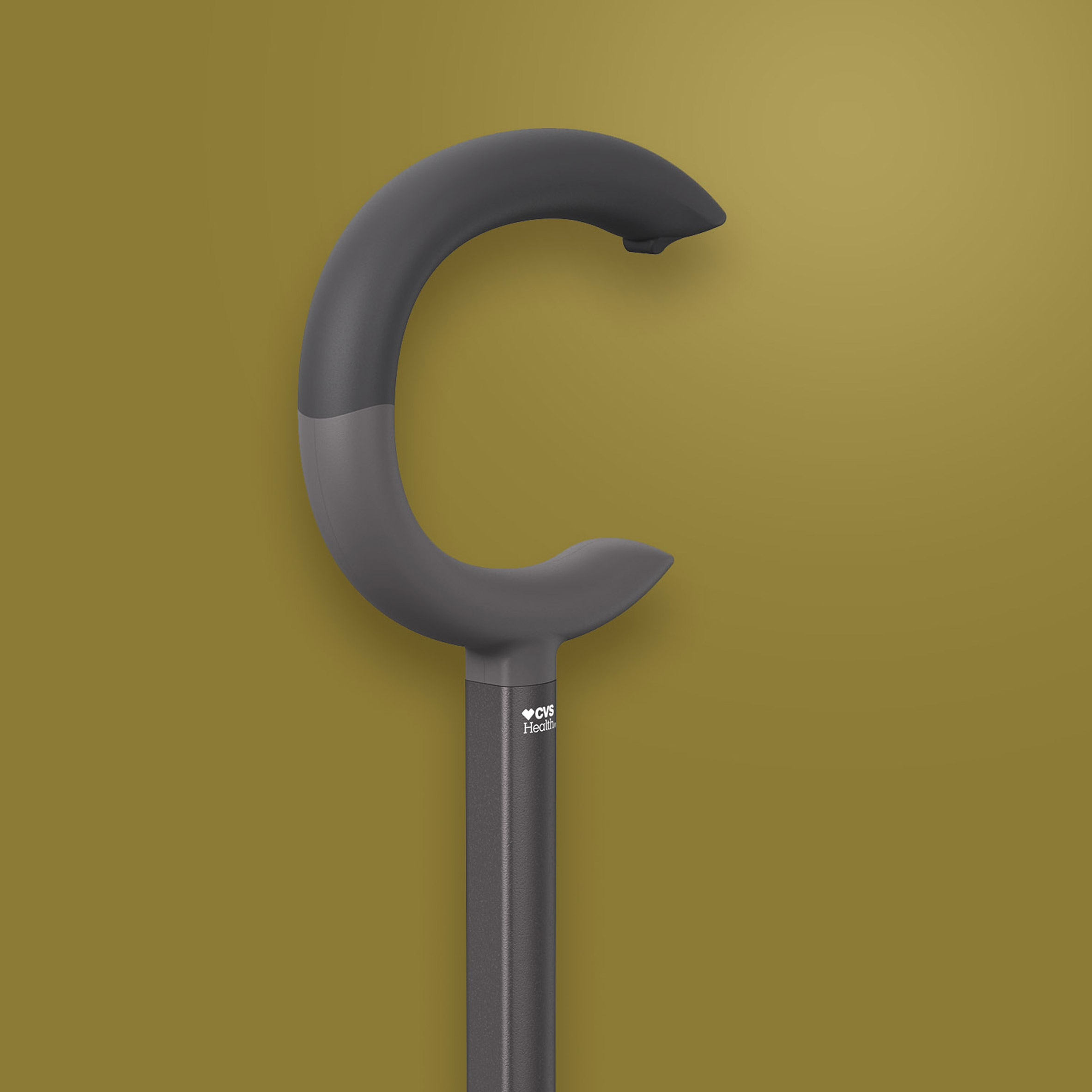 The two canes in the collection are made with aluminium shafts
The two canes in the collection are made with aluminium shafts
After Graves became paralysed in 2003 due to an infection, he adapted his Princeton, New Jersey, home for life in a wheelchair.
Graves became an advocate for accessible design and created related products, such wheelchairs and hospital furnishings. His aim was to improve healthcare and the caregiving experience through design.
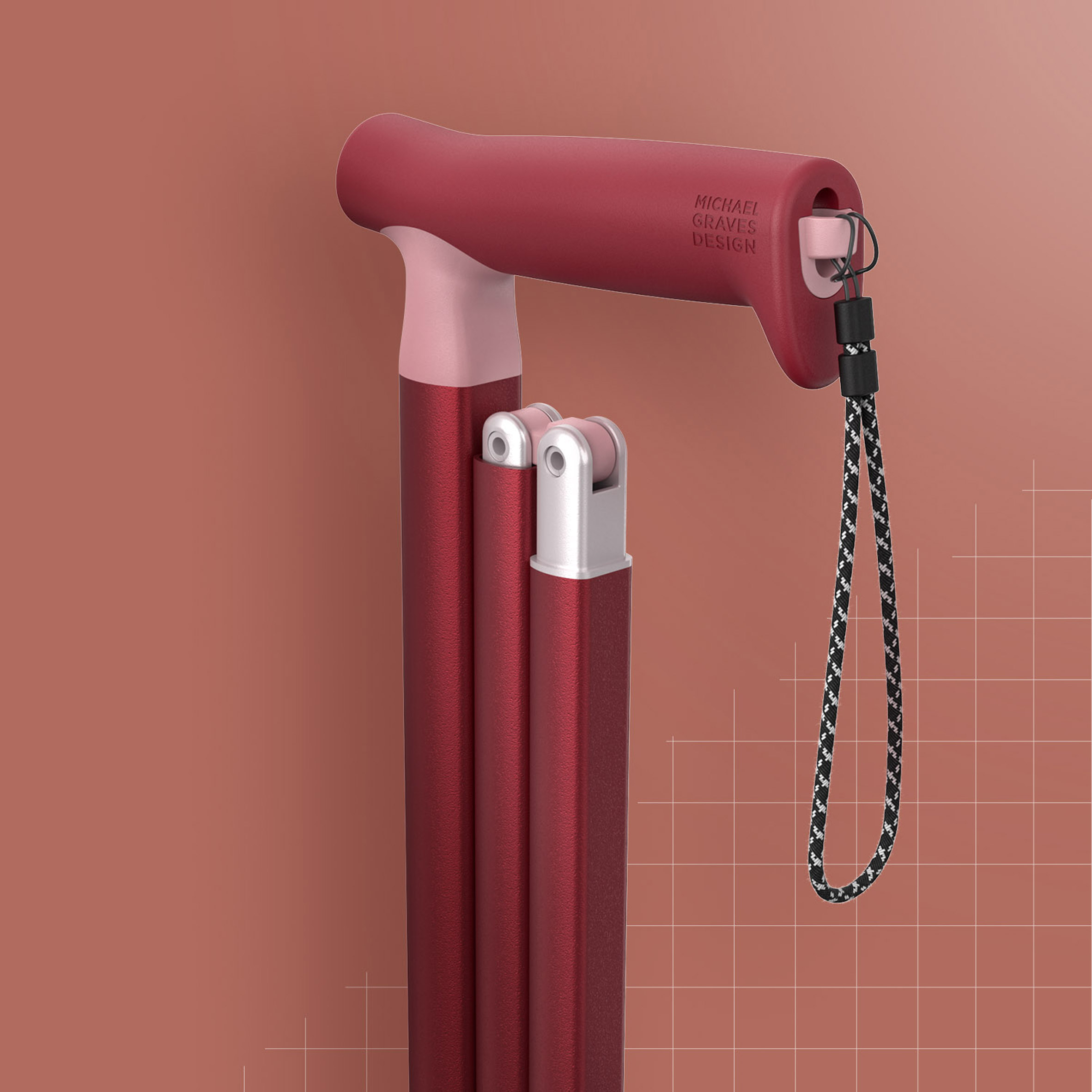 They both come in a range of colours
They both come in a range of colours
"Michael became a passionate voice among the disabled and used the power of design to improve healthcare experiences for patients, families and clinicians," his firm said.
CVS – one of the top American pharmacies – said it selected Michael Graves Design because it was a "design for all" pioneer that was "uniquely qualified to design transformative home healthcare products".
Other medical products include Flow X by Pearson Lloyd, a stairlift for the home that is meant to be aesthetically appealing, and a lightweight wheelchair by Phoenix Instinct that uses smart technology to improve its functionality.
The photography is byCVS Pharmacy.
The post Michael Graves Design creates "visually appealing" medical furniture for CVS appeared first on Dezeen.
#all #design #products #furniture #accessibledesign #michaelgraves #healthproducts
Meng Du creates Unwasted bags from grape leather
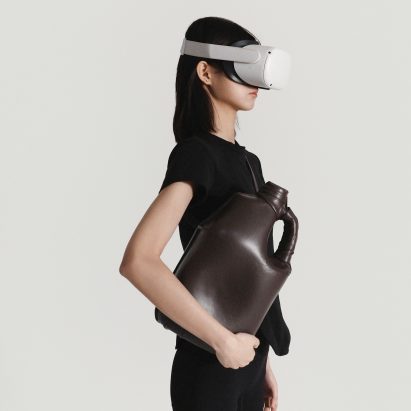
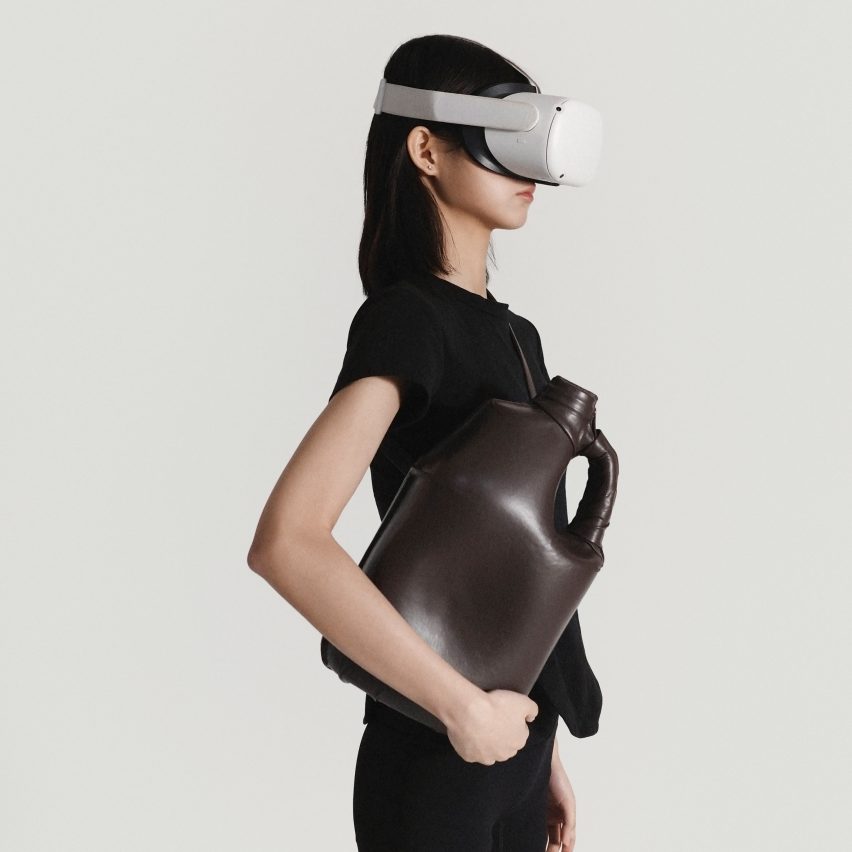
The Unwasted collection of bags by Chinese designer Meng Du are made with an alternative leather produced from leftover grape skins.
Du created the bags from grape marc, a byproduct of wine production. Grape marc contains the skins, pulp, pips and stems of the fruit that are left after it has been pressed for wine.
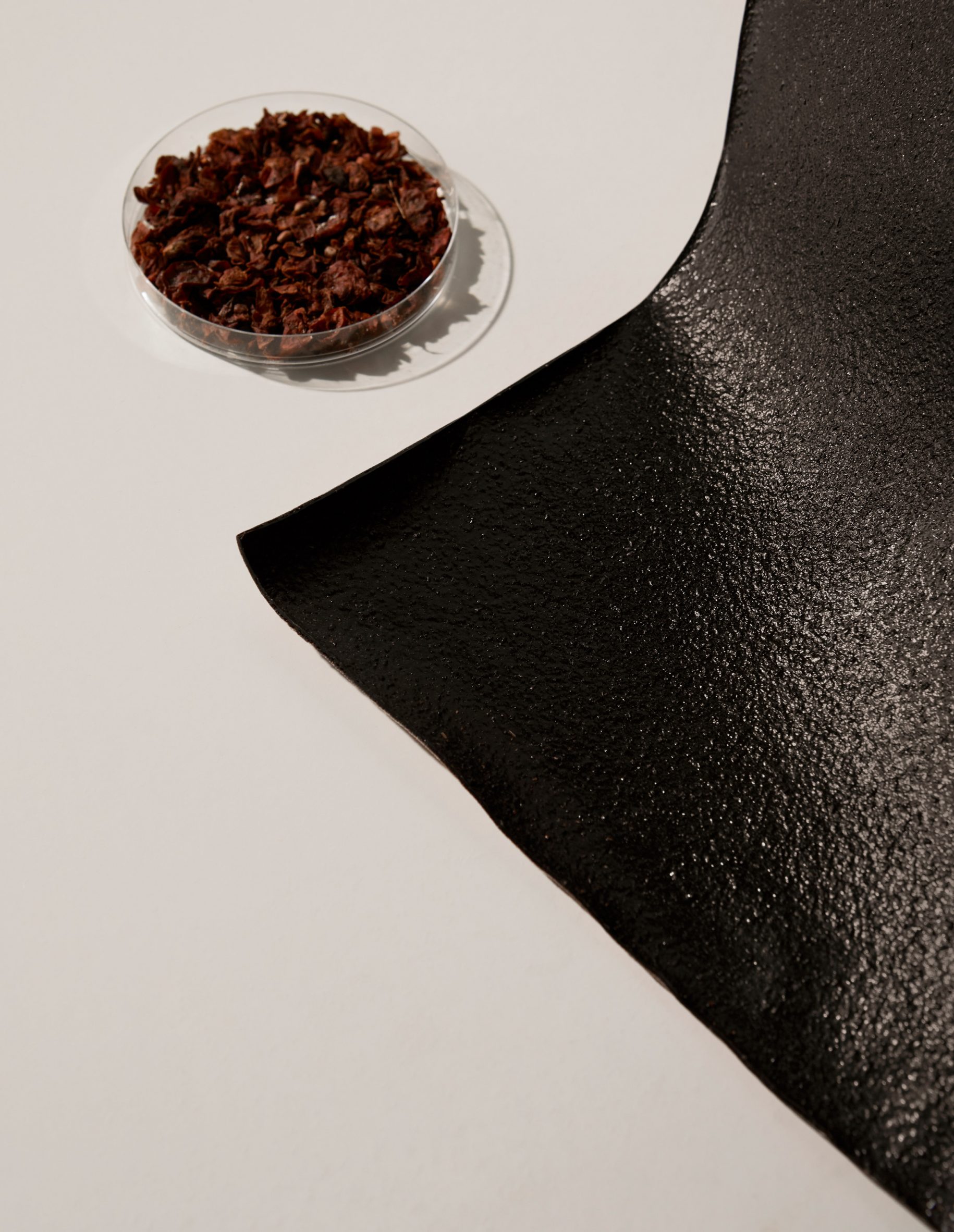 Unwasted bags are made from leftover grapes. Photo is by Osman Tahir
Unwasted bags are made from leftover grapes. Photo is by Osman Tahir
Du sourced the alternative leather material from Planet of the Grapes, a French producer of materials and natural dyes made from waste grape skins.
The company produces the textile by collecting grape marc from vineyards in France and drying it under natural sunlight. It is then ground into a powder and blended with natural ingredients to create a liquid, which is poured onto a fabric of natural stem fibres and left to dry again.
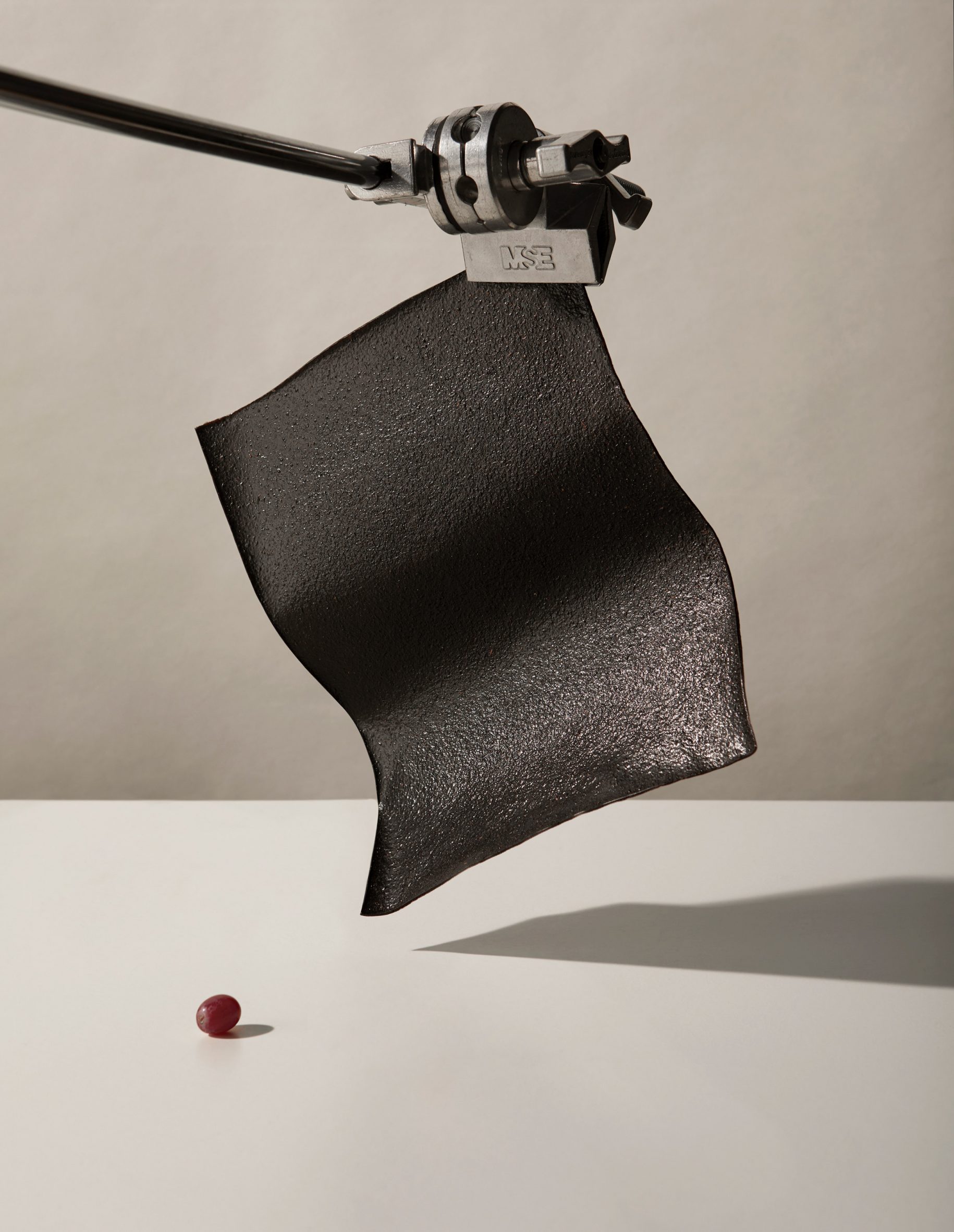 The material is a byproduct of the wine industry. Photo is by Osman Tahir
The material is a byproduct of the wine industry. Photo is by Osman Tahir
"The entire process takes around four or five weeks, as it starts off with the spreading out and the drying all of the grapes in the sunshine for a couple of weeks," Sam Mureau, co-founder of Planet of the Grapes, told Dezeen.
"After the grapes are truly dried out they are then used to make the grape leather and then once transformed into sheets of material they are left to air dry, which again takes two or three weeks depending on the time of year," she said.
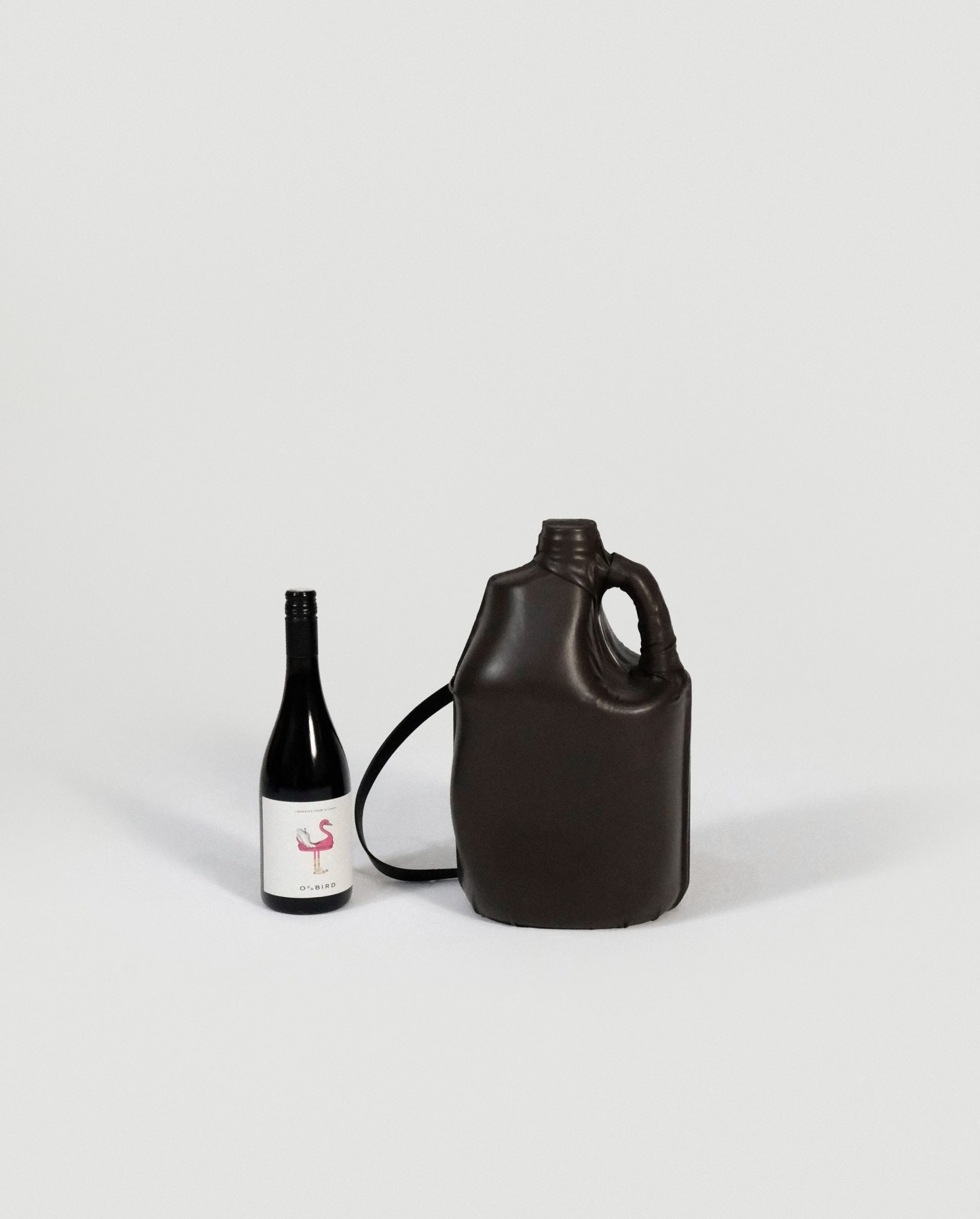 Du shapes the alternative leather over her 3D-printed designs
Du shapes the alternative leather over her 3D-printed designs
According to Du, the supple, lightweight material has a lightly textured feel that is reminiscent of the real fruit's texture.
"You can feel the broken down pomace under your fingers and it reminds you from where it came, and that's what adds the character to the material," the designer told Dezeen.
"The material is lightweight and flexible and it has a really natural lustre to it and each piece is unique," Du continued.
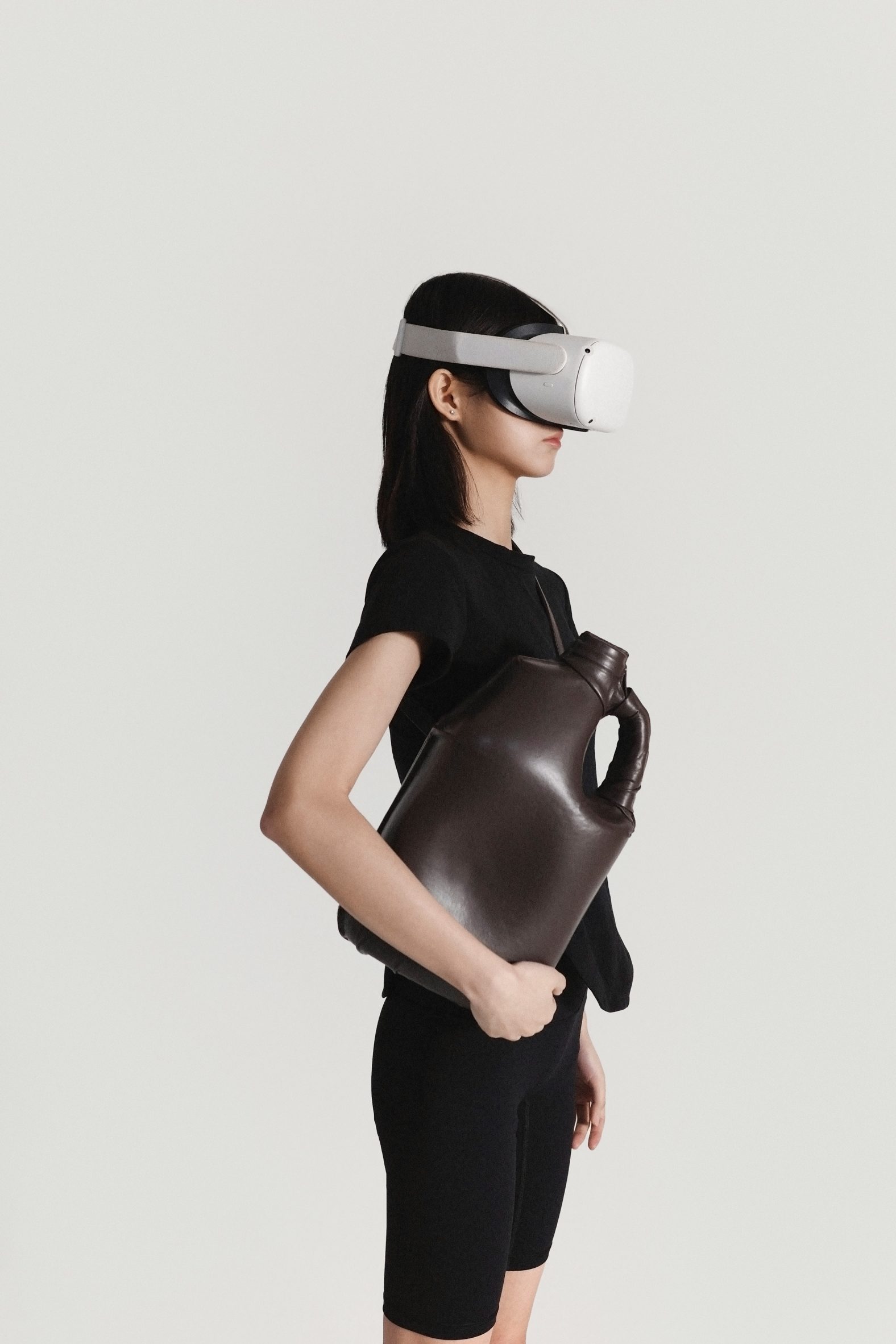 The bags come in two irregular shapes
The bags come in two irregular shapes
The collection contains two bags: Unwasted Merlot, a larger bag designed to look like a squashed plastic milk carton; and Unwasted Chardonnay, a smaller pack-style bag that resembles a tin can.
Du says that these shape choices are intented to draw attention to the importance of recycling.
[ 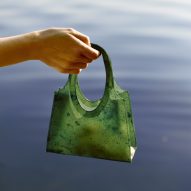
Read:
Sonnet155 is a "temporary handbag" made from discarded fruit peels
](https://www.dezeen.com/2021/04/27/sonnet155-lobke-beckfeld-johanna-hehemeyer-curten/)
"I found that beverage cartons and cans are often squeezed into strange shapes when they are recycled and to me, this imperfection illustrates the value of a second life," said Du.
"We called the concept Incognito - meaning that an item doesn't look the way you think it will: although it looks like a squashed beverage carton, it is actually a fashion product. And though it looks like it’s leather, it's actually made of grapes," she added.
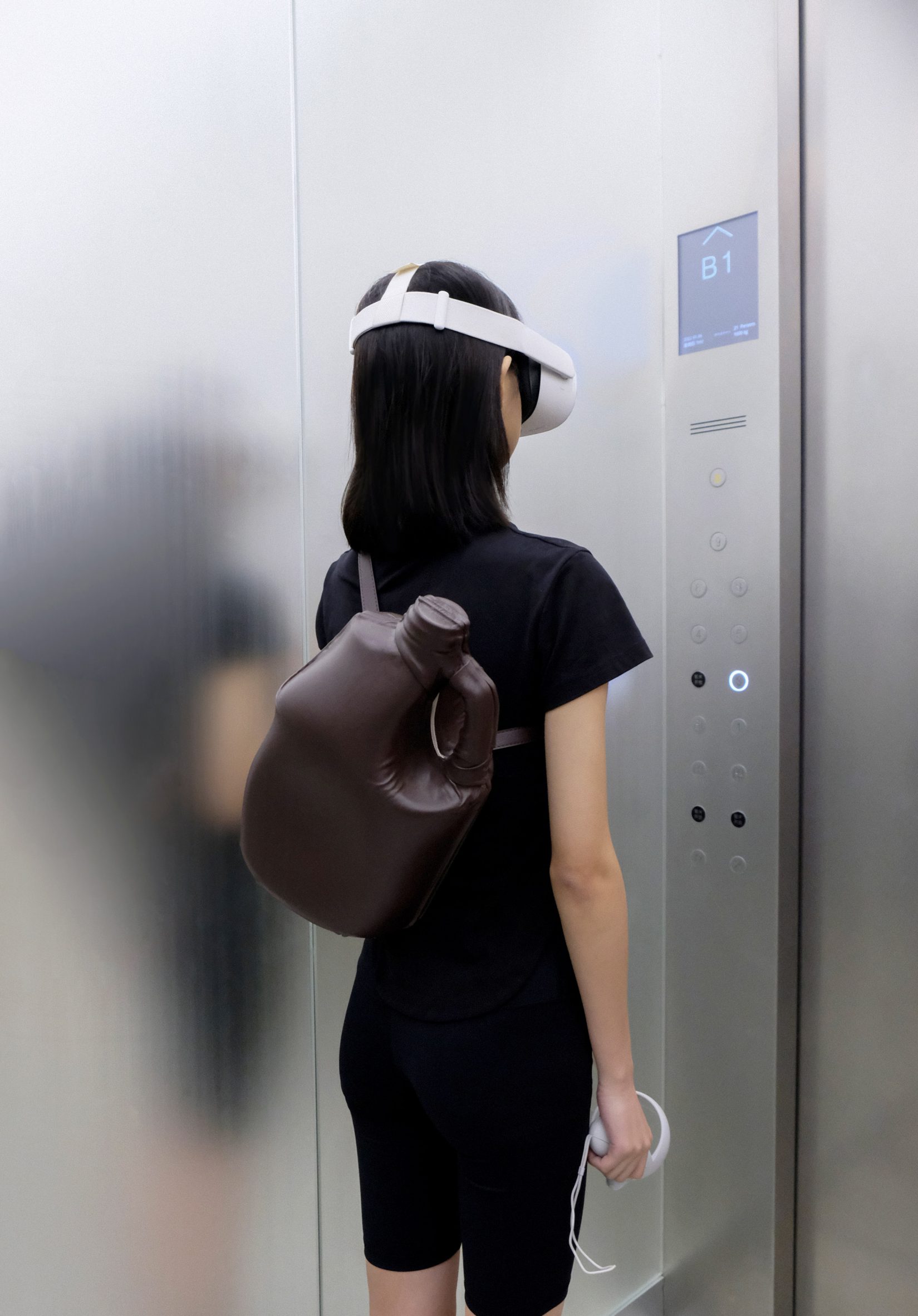 Around 1,200 grapes were used for the Merlot bag
Around 1,200 grapes were used for the Merlot bag
Around 1,200 grapes are used to create enough material for the large shoulder bag – the equivalent of 0.5 square metres of leather.
Du shapes the leather over a 3D-printed mould by hand in a lengthy process that takes two days for the larger bag and around 30 hours for the smaller bag. The inner lining of both is made from organic cotton.
Every year, approximately 290 million hectolitres of wine is produced around the world, but most of the grapes used in the process are then discarded and left to waste.
Du hopes that these bags will solve some of this waste problem and also encourage consumers to reconsider how their belongings are made.
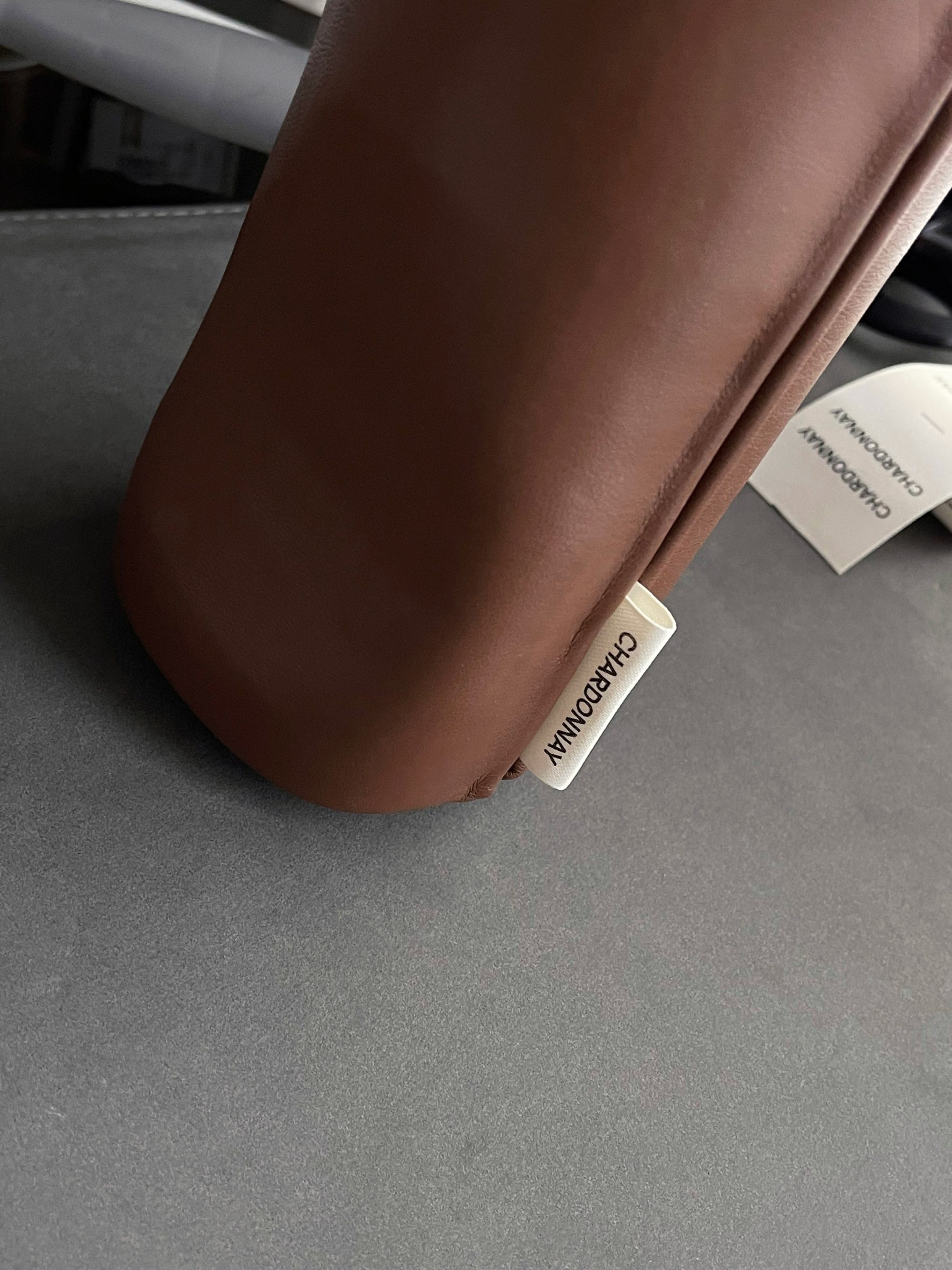 The Chardonnay bag is shaped like a tin can
The Chardonnay bag is shaped like a tin can
"The audience interested in this kind of product may be niche, but hopefully we are moving towards making long-term investments in something more meaningful than the casual fast fashion purchase," said the designer.
The bags are created in partnership with Swedish wine producer OddBird, and are currently available to pre-order ahead of on-demand production later in the year.
There is a growing trend for using fruit waste to create handbags or accessories and grapes aren't the only fruit that can be used. Banana peels were used by textile designer Youyang Song to create Peelsphere, a waterproof material for bags and accessories.
Berlin design students Lobke Beckfeld and Johanna Hehemeyer-Cürten developed Sonnet155, a translucent bag that dissolves in water made from discarded fruit peels.
The photography is by Meng Du unless otherwise stated.
The post Meng Du creates Unwasted bags from grape leather appeared first on Dezeen.
#all #design #fashion #products #bags #materials #accessories #leatheralternatives #biomaterials
Arthur Mamou-Mani creates 3D-printed cups for Trame's latest collection
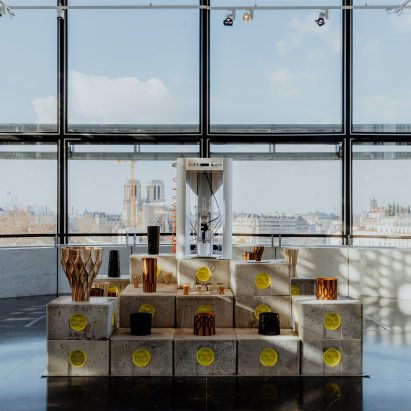
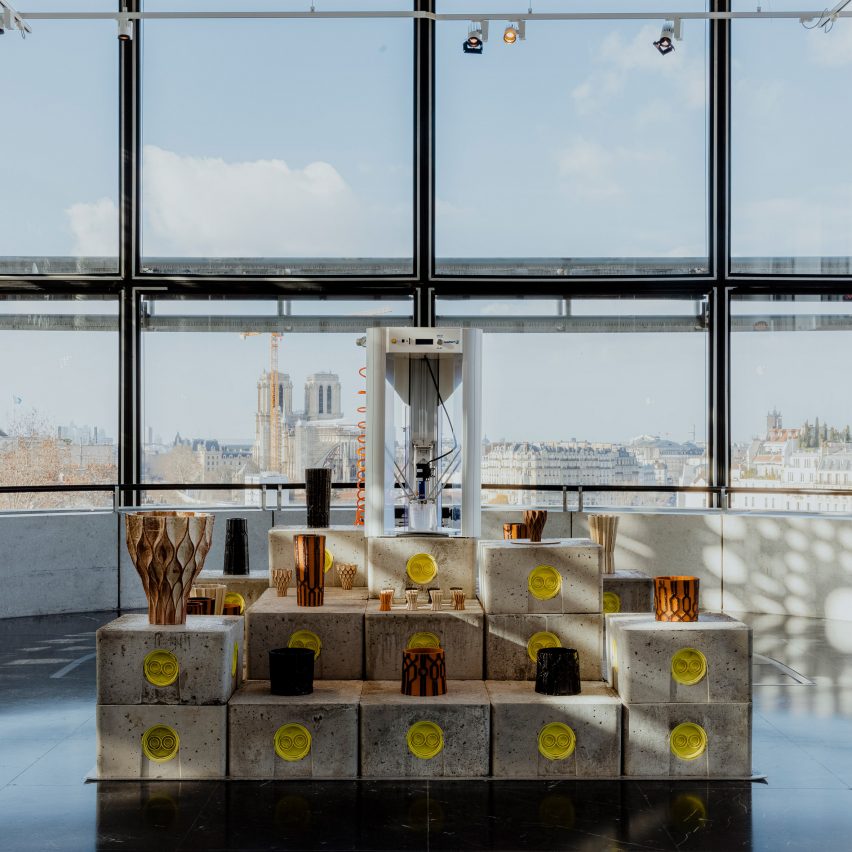
Paris-based homeware brand Trame has unveiled a collection of rugs and ceramics with pieces designed by architect Arthur Mamou-Mani as well as designers Amandine David and Wonmin Park that reference the historic Alhambra palace in Granada.
On show at cultural centre Institute Du Monde Arabe in Paris, the Tales of Imperfect Repetition collection references the tiles and patterns seen in the Alhambra palace in Spain, one of the world's most well-known examples of Islamic architecture.
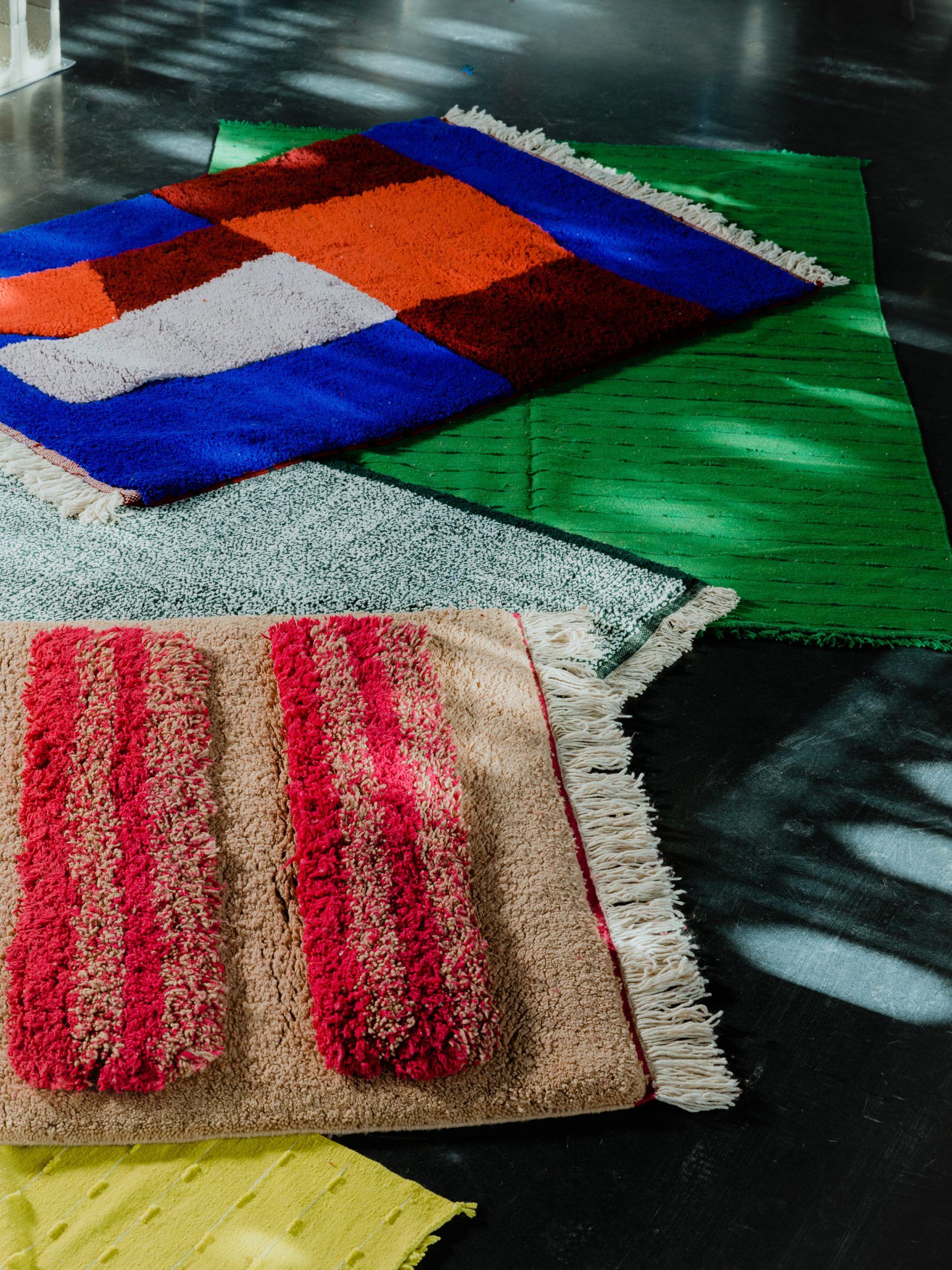 Trame has launched a collection of colourful rugs and ceramics
Trame has launched a collection of colourful rugs and ceramics
According to Studio Vedèt co-founder Valentina Ciuffi, who was responsible for the artistic direction of the exhibition, the designs celebrate Trame's love for Mediterannean style and Spanish architecture.
"The incredible architecture of the Alhambra in particular are at the origin of a collection that interweaves history and contemporaneity more evidently than ever before," Ciuffi told Dezeen.
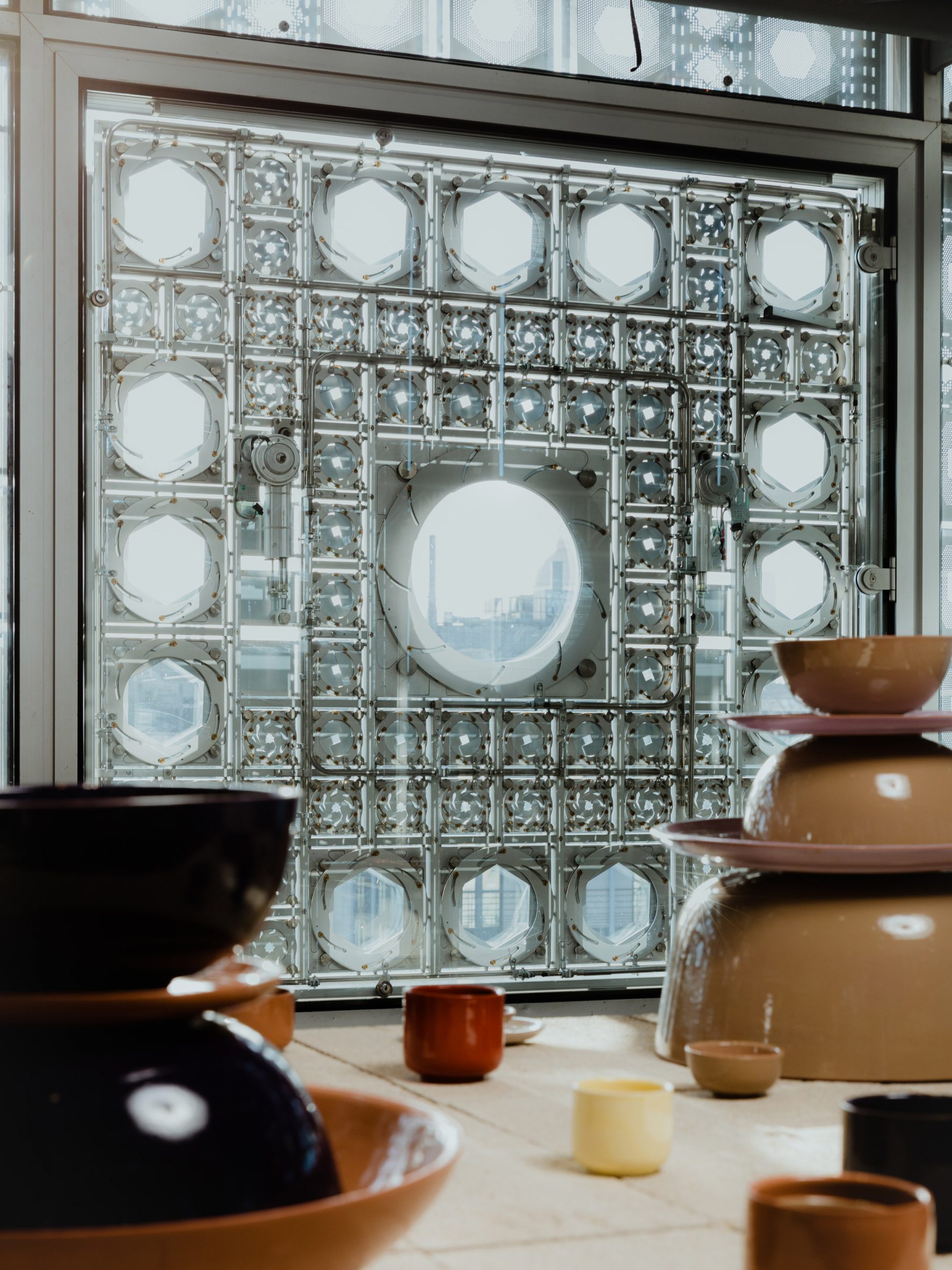 The items draw on the architecture of the Alhambra
The items draw on the architecture of the Alhambra
"Trame has set its eyes on the tiles which cover the walls of the ancient palace and on the three-dimensional transpositions of these infinite geometries, which give shape to the ceilings by ringing sequences of Muqarnas [ornamented vaulting]," she added.
The brand called on architect Mamou-Mani, Brussels-based designer David and Dutch designer Park to create pieces for the collection, which range from colourful tactile rugs with tassels to different-sized round vases.
As part of the creation process, all of the designers took a trip to the Alhambra, where they drew inspiration from its architectural forms and intricate interiors.
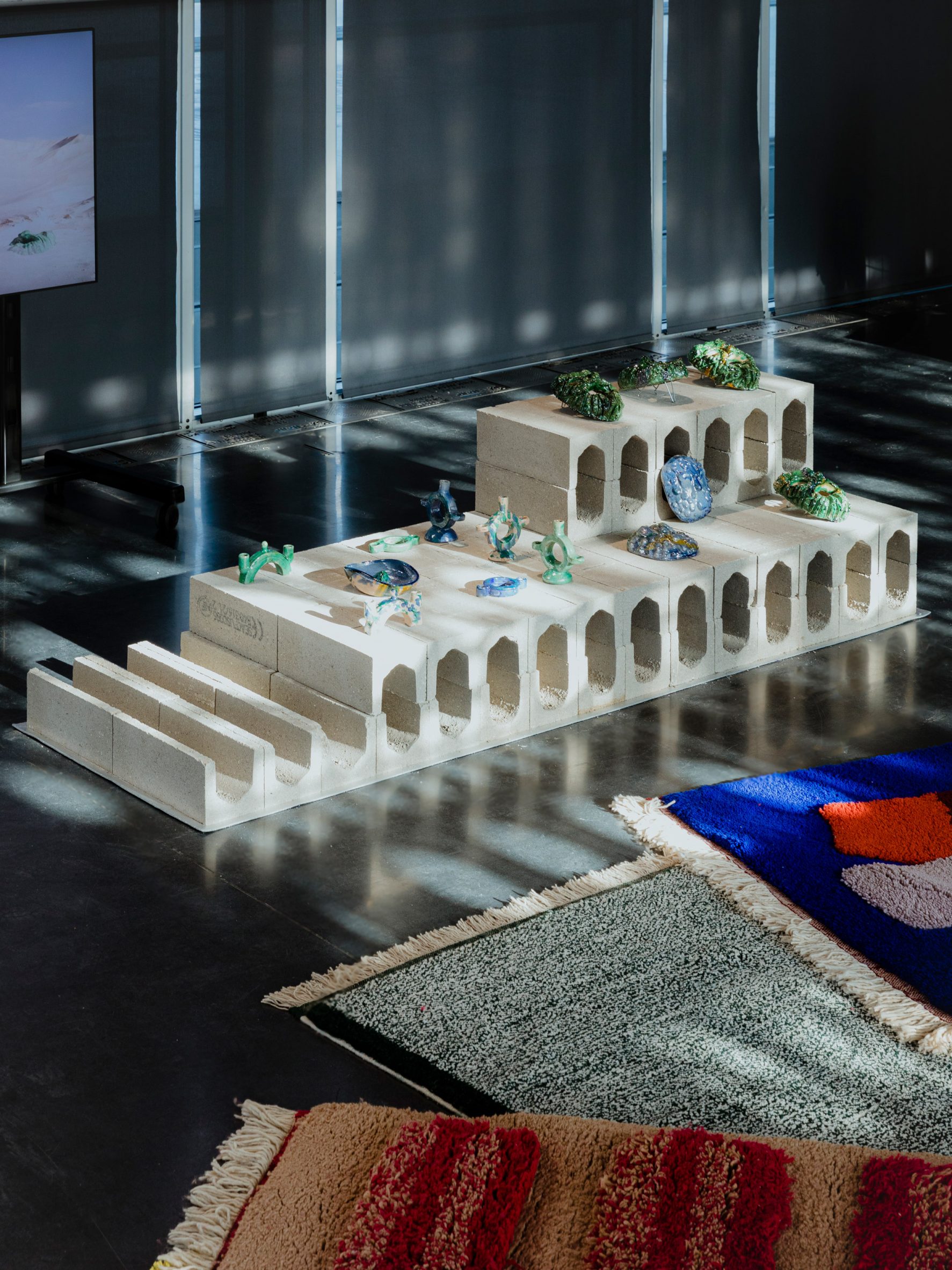 The collection features colourful rugs
The collection features colourful rugs
"While Islamic art made important mathematical discoveries much before scholars began formalizing them, one of the most fascinating aspects of its aesthetics is the infinite repetition of forms that creates mesmerizing, kaleidoscopic patterns," said Ciuffi.
"Indeed, it is the geometric and mathematical origin of these artistic expressions that act as a common thread," she added.
[ 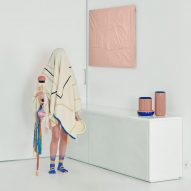
Read:
Trame debuts at Maison&Objet with collections inspired by "historical anecdotes"
](https://www.dezeen.com/2020/01/23/trame-homeware-voyage-to-meknes-design/)
Among the items designed by Mamou-Mani are several stackable cups. The architect first created prototypes of the objects at his studio in London, where he worked with locally sourced red clay.
Like many of Mamou-Mani's past works, including a sand installation in Saudi Arabia, all of the designs were then 3D-printed before being finished with glazing by hand.
David created a selection of black vases for the collection, while Park contributed white vases and candleholders.
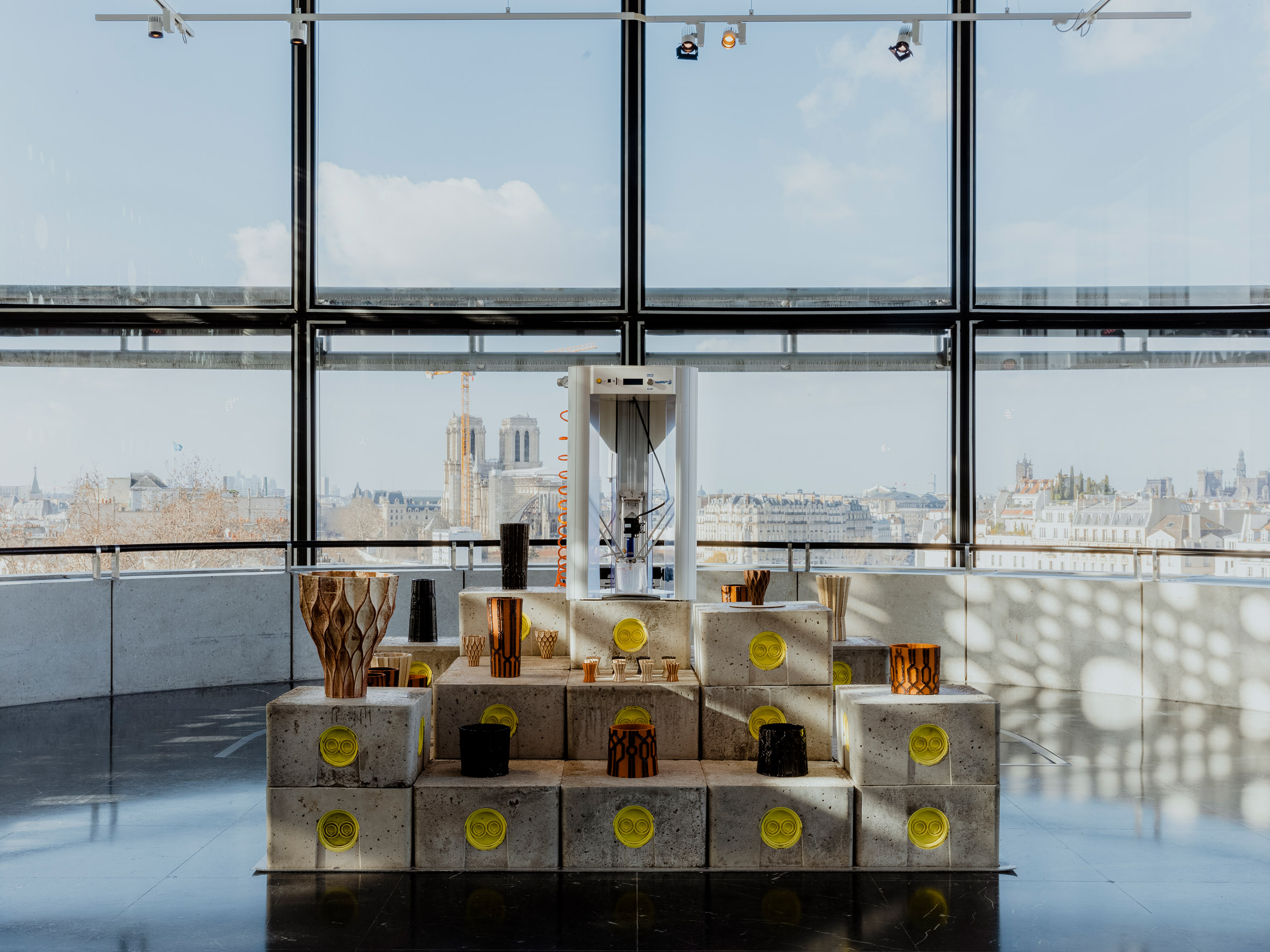 The ceramics were 3D-printed
The ceramics were 3D-printed
For Trame's launch, Studio Vedet decided to collaborate with the studio Space Caviar to create a space that reflects the Alhambra.
They were attracted to Institute Du Monde Arabe because of its similarities with the Alhambra.
"The Institute Du Monde Arabe, which is the synthesis between Arab and Western culture, was absolutely perfect for the preview of the new Trame collection," Ciuffi explained.
"Probably one of the best architectures signed by Jean Nouvel, the space is perfect both symbolically and aesthetically to recall the architecture of the Alhambra and the concept behind this collection," she said.
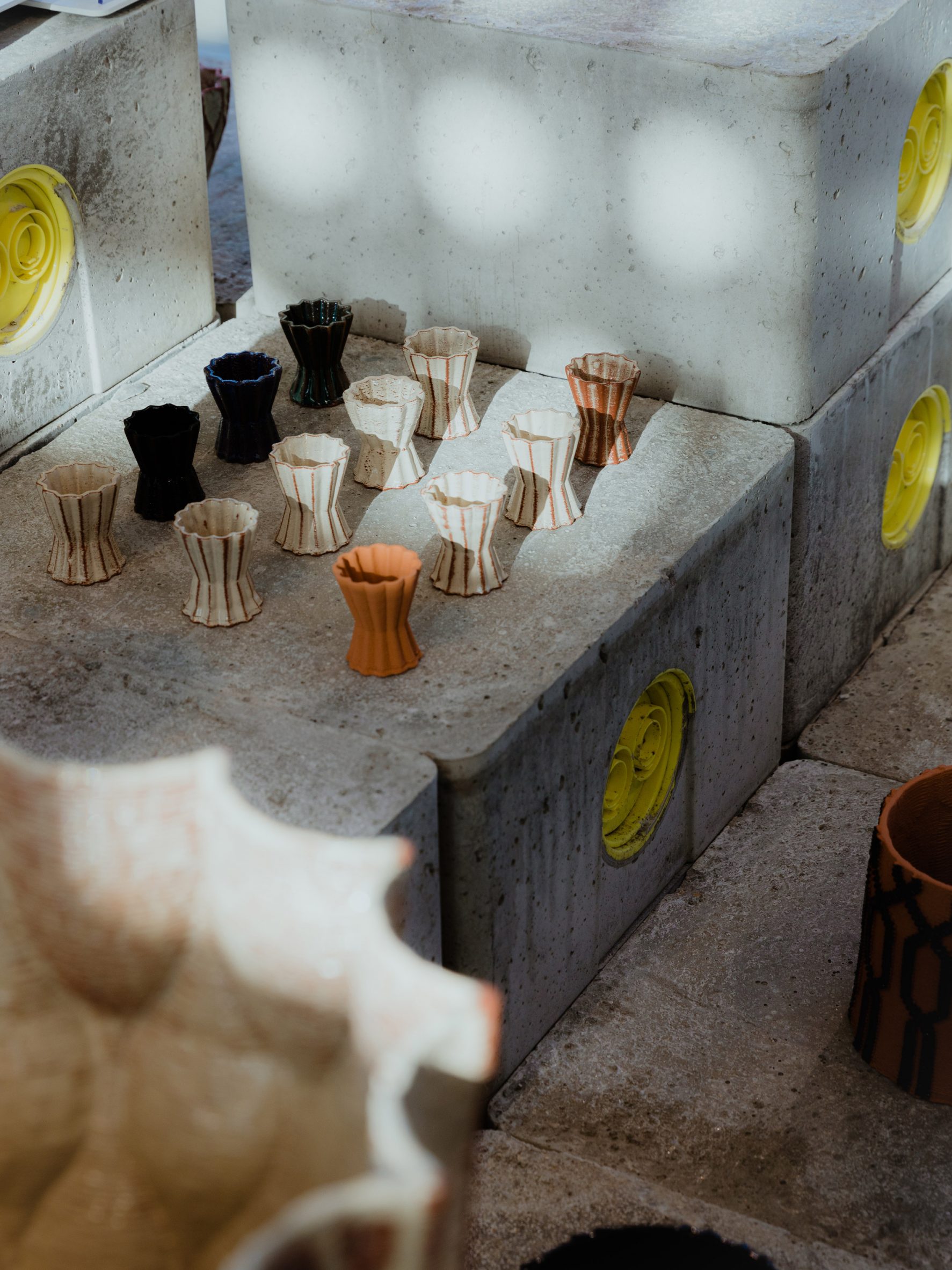 Tales of Imperfect Repetition is housed at The Institute Du Monde Arabe
Tales of Imperfect Repetition is housed at The Institute Du Monde Arabe
Other recent homeware launches include a collection of rugs by Studio Agne that were created using textile dyes extracted from byproducts from industrial processing, and a range of vibrant tapestries by Chromarama that can be experienced by individuals with different forms of colour vision deficiency.
The photography is byMattia Parodi.
The post Arthur Mamou-Mani creates 3D-printed cups for Trame's latest collection appeared first on Dezeen.
#all #design #products #homeware #paris #ceramics #rugs #arthurmamoumani #news #trame
Notpla salvages seaweed by-product to make paper
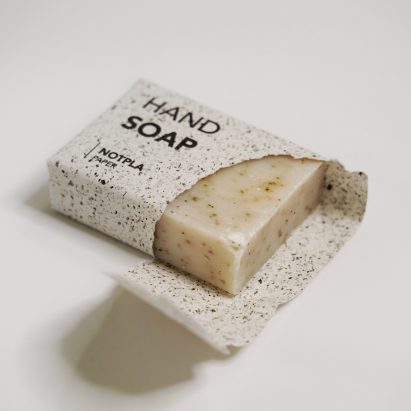
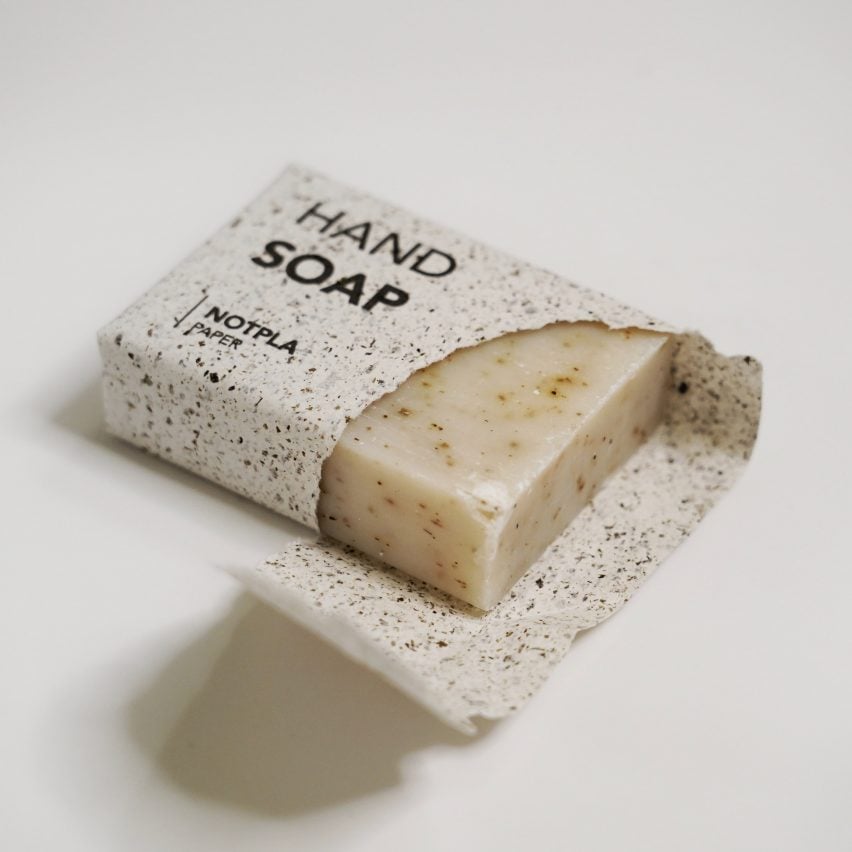
Sustainable packaging brand Notpla has used seaweed leftover from its own production processes to create paper that can be turned into envelopes and boxes.
Notpla introduced its eponymous product Notpla Paper in collaboration with Canopy, a nonprofit organisation that aims to protect forests and animal species threatened by climate change.
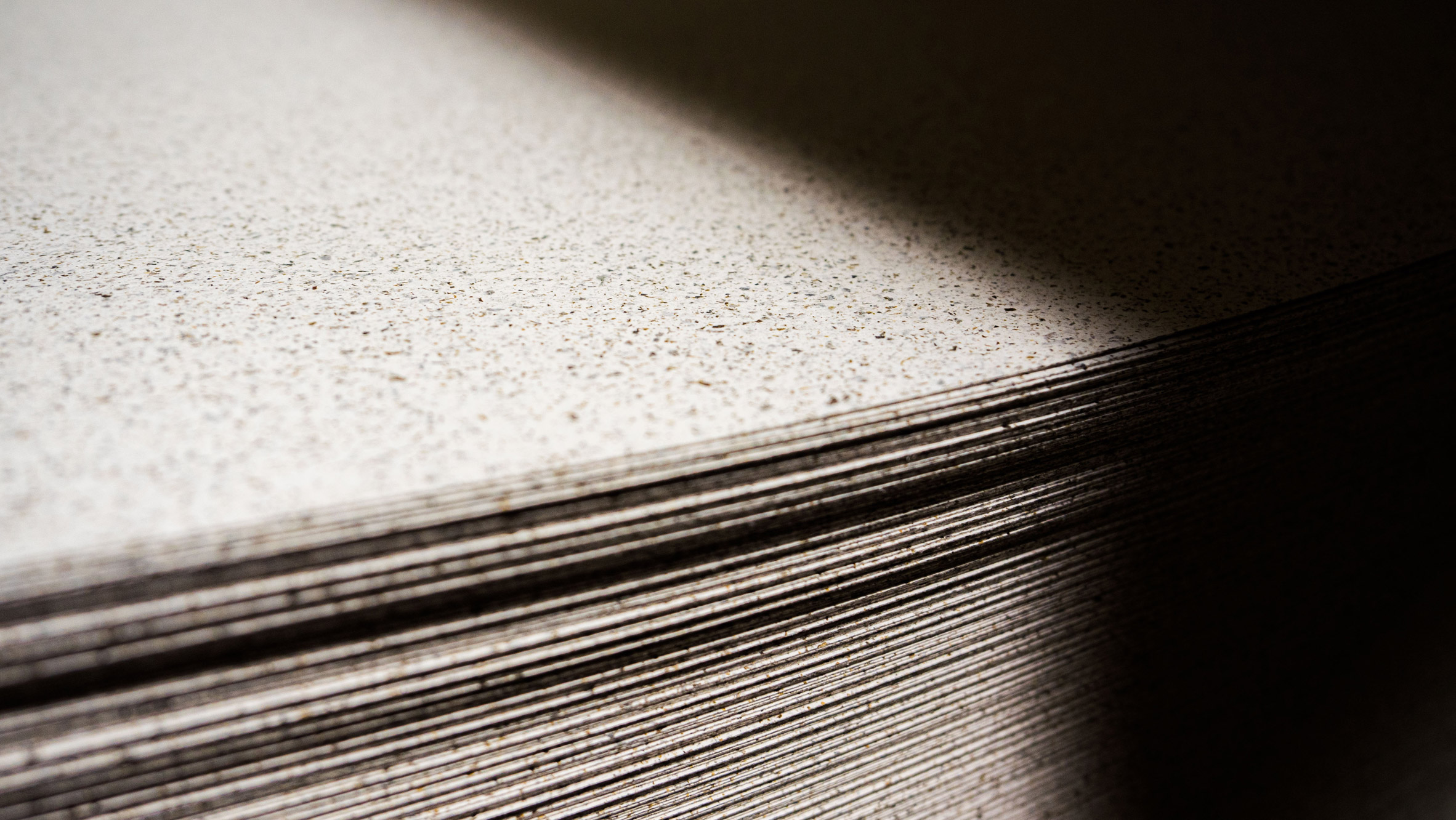 Notpla Paper is made from 30 per cent seaweed by-product
Notpla Paper is made from 30 per cent seaweed by-product
According to its creators, Notpla Paper is made from 30 per cent seaweed by-product, which refers to any secondary product that is made as a result of a production process and is often thrown away and wasted.
Notpla – which is a shortening of "not plastic" – uses pure seaweed to create all of its existing products, which include biodegradable condiment sachets and coating for food containers.
The brand explained that it wanted to find a use for the seaweed leftover from its production processes "to make sure nothing is wasted".
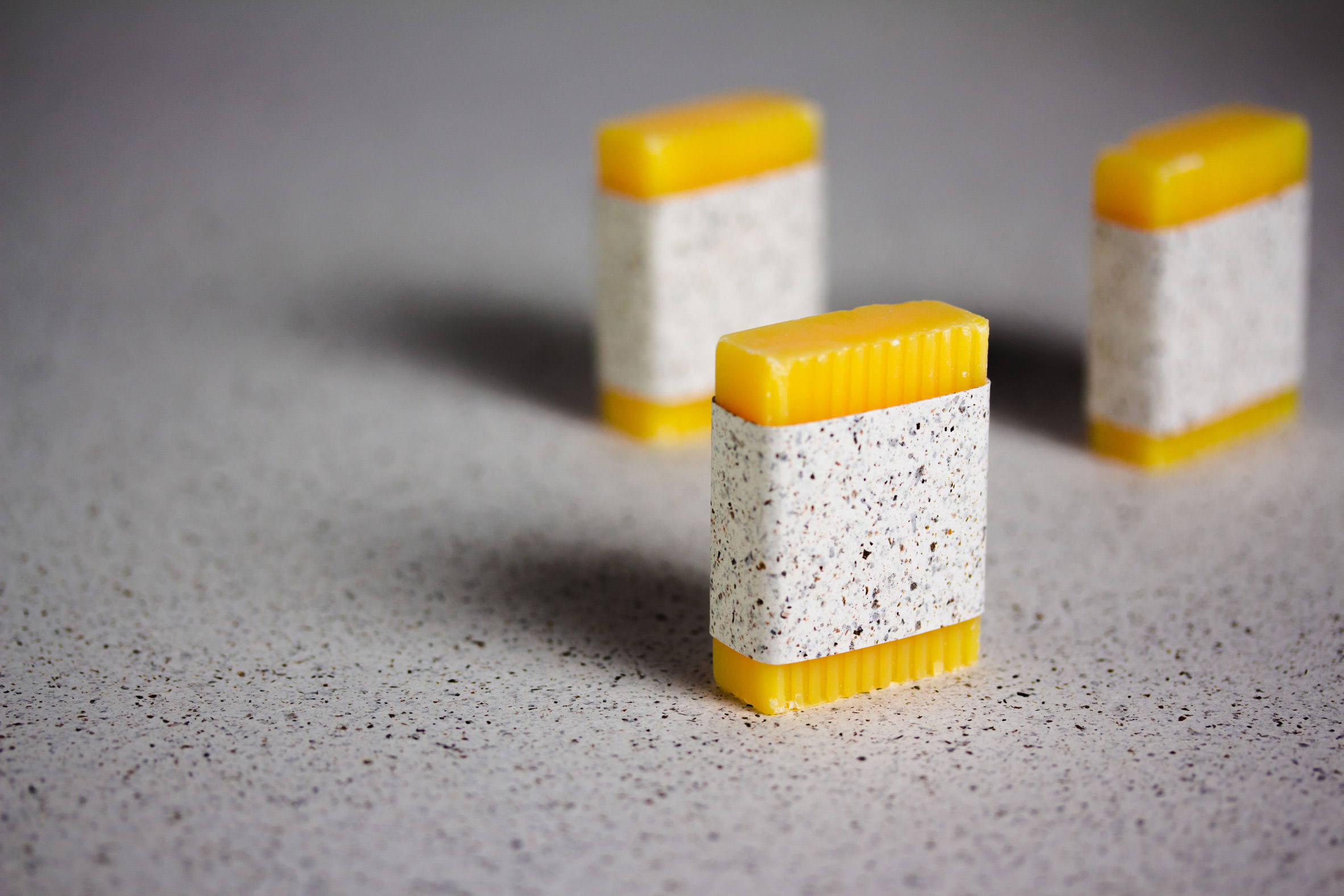 The material can be used as packaging
The material can be used as packaging
"Each of our products uses different extracts of seaweed, leaving the fibrous part of it behind," Notpla design director Karlijn Sibbel told Dezeen.
"This by-product represents a significant amount of pure raw seaweed. From our desire to utilise every part of the seaweed, the idea to upcycle this material came naturally."
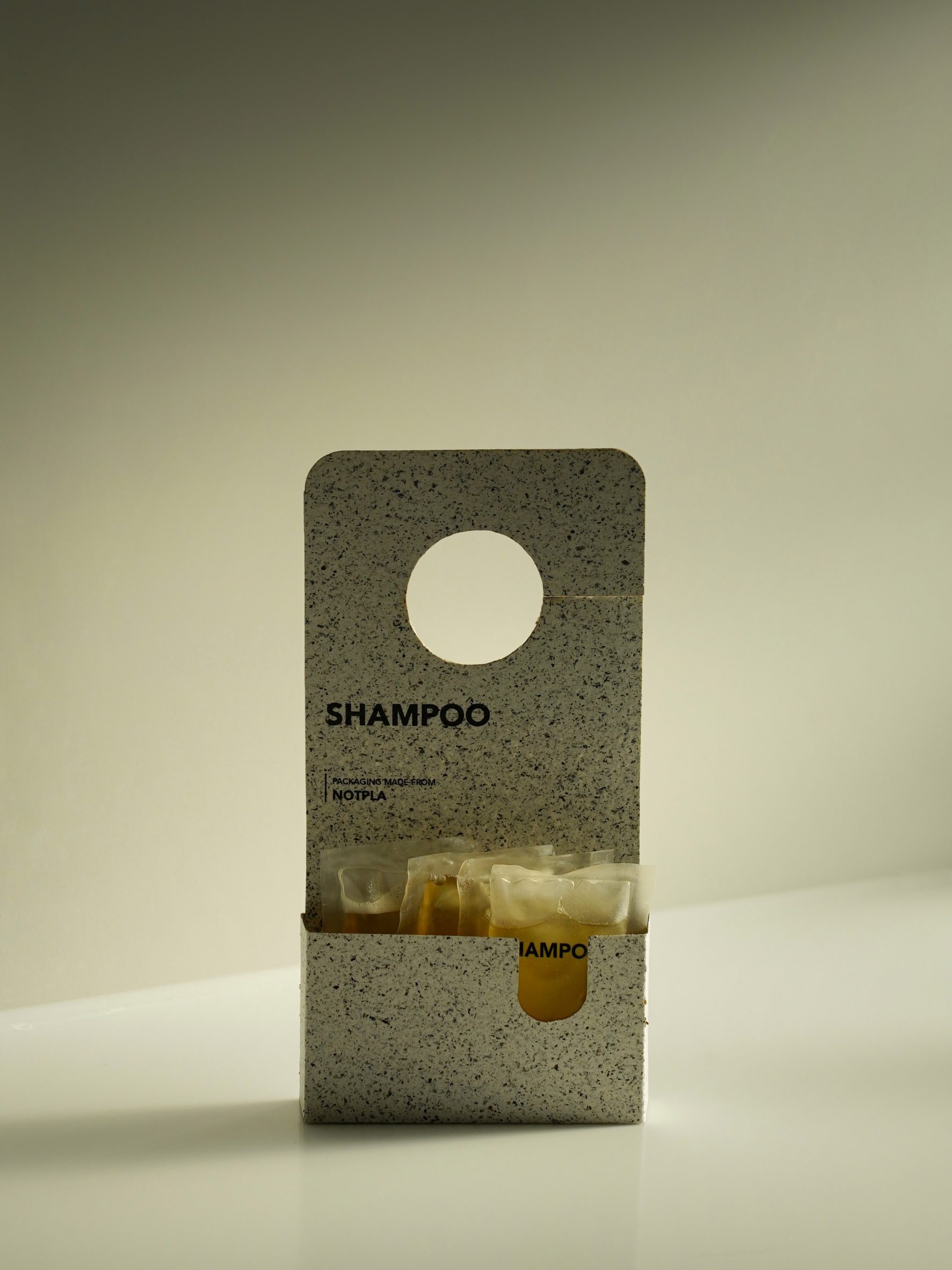 The paper can create containers for various products
The paper can create containers for various products
Notpla claimed that using one tonne of seaweed by-product could save up to four tonnes of trees being felled, preventing deforestation.
"From a circular mindset in which waste doesn't exist, we aim to reduce the need for virgin materials as much as possible and therefore prefer the use of by-products," said Sibbel.
"With the need for seaweed extracts in our other product lines, we want to make sure every part of the seaweed is fully valued and used to the best extent."
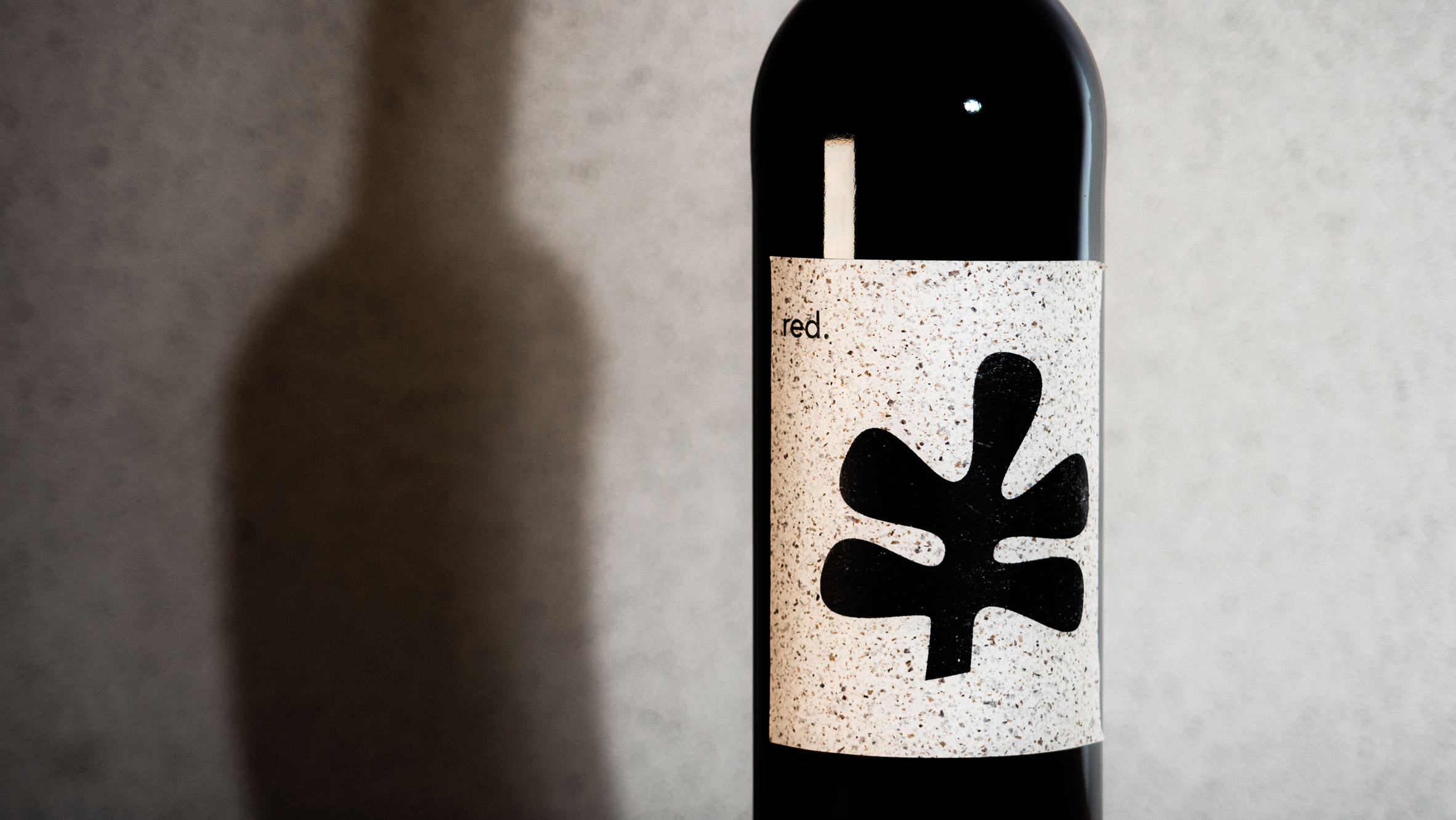 A minimal wine label made from Notpla Paper
A minimal wine label made from Notpla Paper
The brand said that the remaining 70 per cent of Notpla Paper is composed of a mixture of mainly other recycled materials and a small portion of traditional virgin wood pulp.
"Our design process is firstly driven by an environmental point of view," Sibbel continued. "This means that we use as much seaweed as possible, as little virgin wood as possible and no synthetic additives, which are currently the status quo in papermaking."
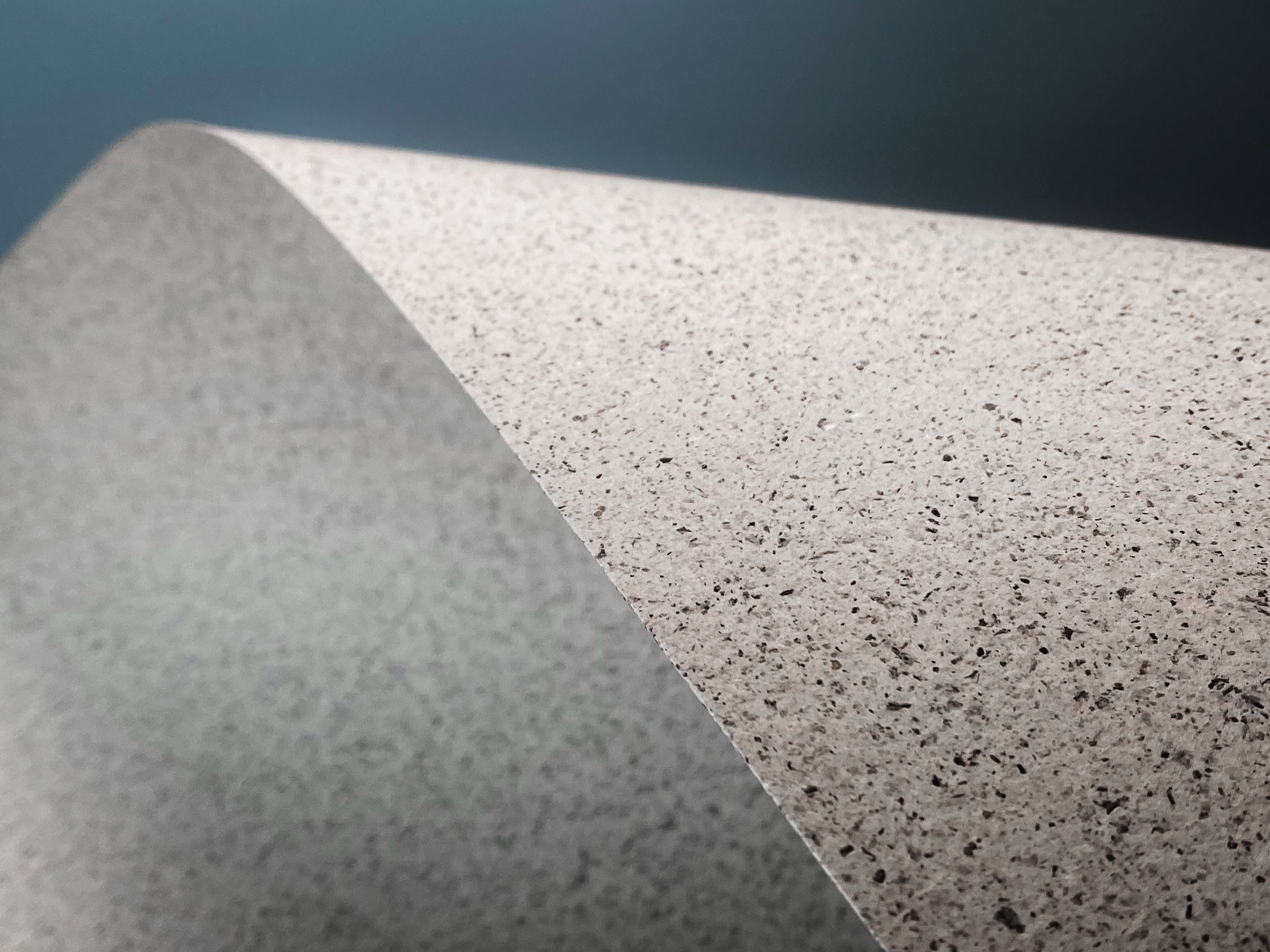 The paper has a speckled appearance
The paper has a speckled appearance
Speckled and neutrally-toned in appearance, Notpla Paper can be used to package products such as hand soap and toothbrushes, as well as to create boxes, envelopes and labels on wine bottles.
Sibbel explained that while the paper currently contains some virgin wood, Notpla aims to create entirely wood-free paper by 2024.
[ 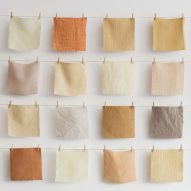
Read:
Nienke Hoogvliet launches Zeefier brand to produce natural seaweed dyes for the fashion industry
](https://www.dezeen.com/2021/11/14/zeefier-natural-seaweed-dyes-nienke-hoogvliet/)
While the brand did not specify which materials will be used to achieve this, its intention is to blend alternative fibres with the seaweed by-product to will support the paper's technical properties.
"Our ambition is to alleviate pressure on forests and decrease the environmental impact of paper manufacturing," concluded Sibbel.
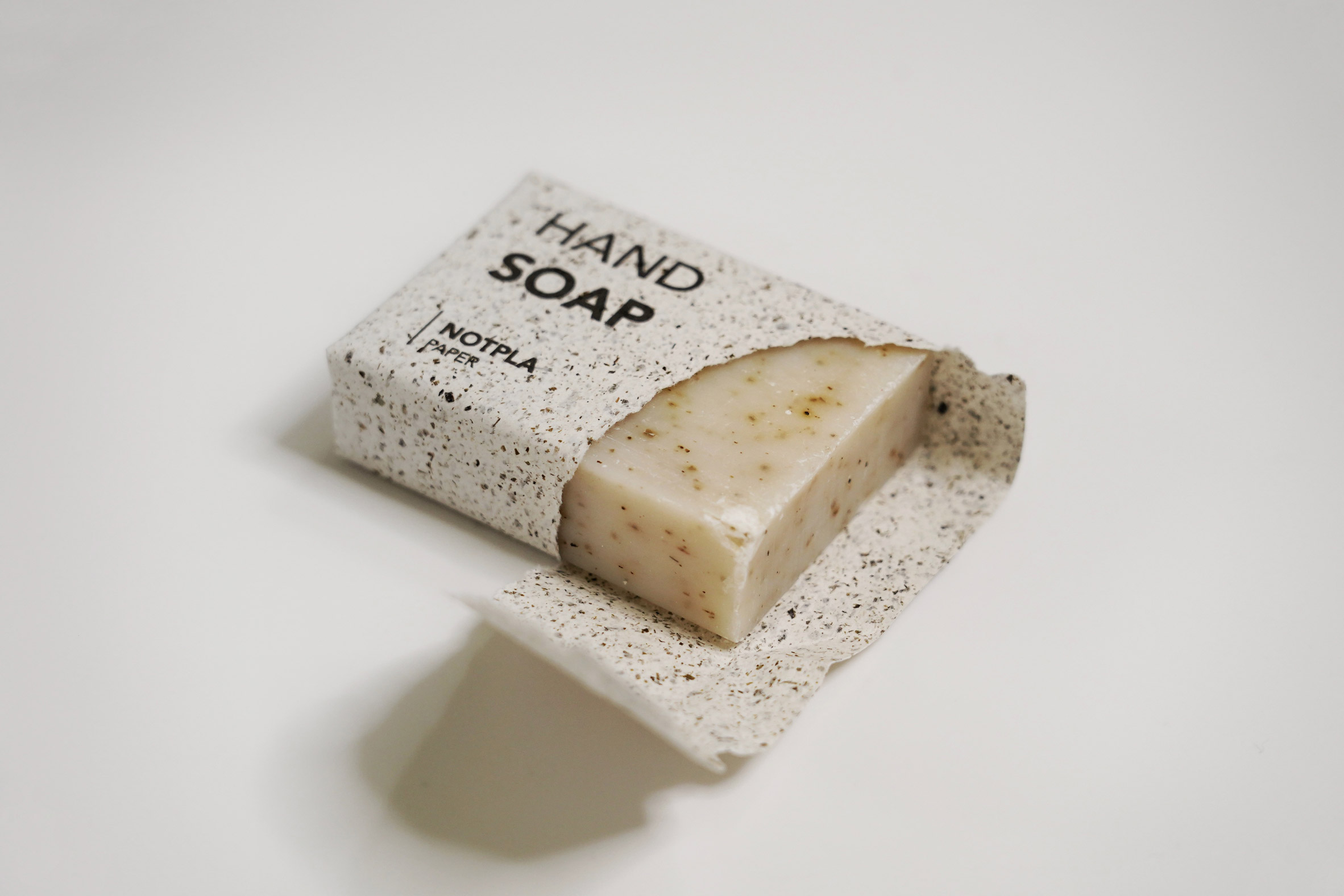 Notpla aims to create entirely wood-free paper by 2024
Notpla aims to create entirely wood-free paper by 2024
Notpla Paper is part of Canopy's Pack4Good initiative, a project that is challenging brands to create sustainable alternatives to traditional paper packaging.
Founded in 2014 Rodrigo Garcia Gonzalez and Pierre Paslier while the pair were studying Innovation Design Engineering, Notpla also manufactures biodegradable seaweed packaging, which was shortlisted in the sustainable design category at the 2021 Dezeen Awards.
The images are courtesy of Notpla.
The post Notpla salvages seaweed by-product to make paper appeared first on Dezeen.
#all #design #products #sustainabledesign #paper #packaging #seaweed #circulareconomy #recycling #notpla
Geometric patterns fabric collection by Dedar
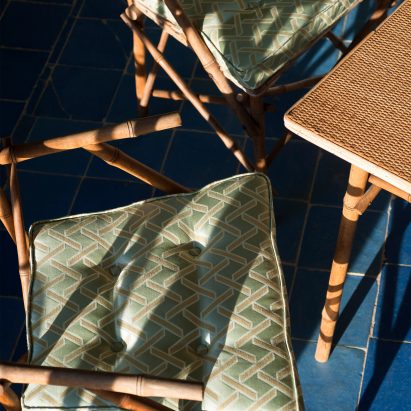
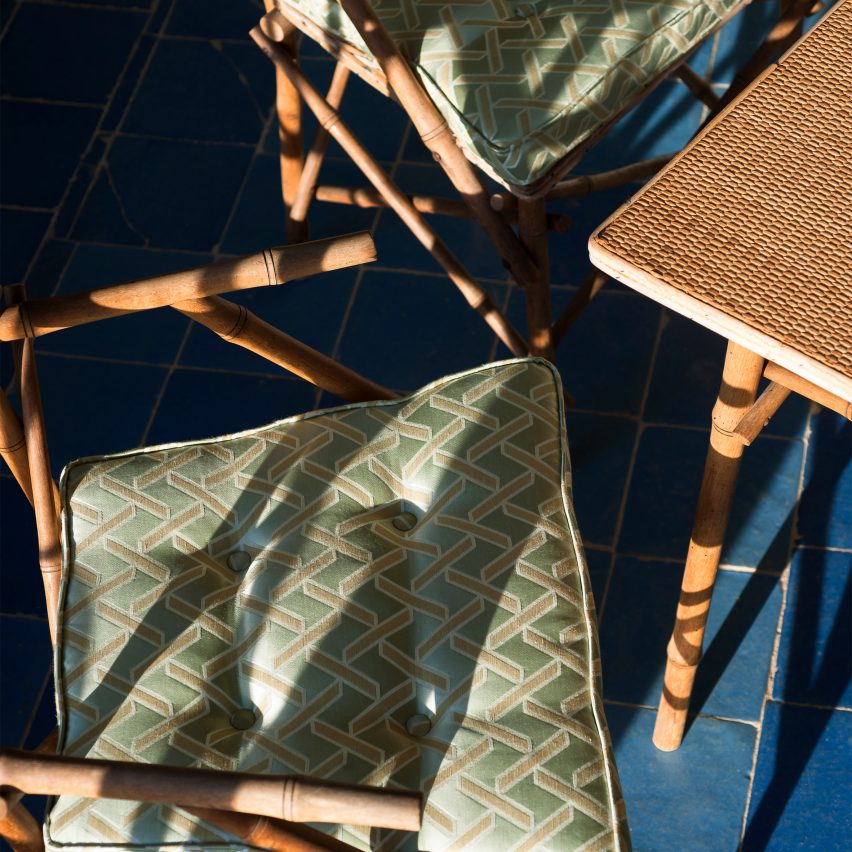
Dezeen Showroom: Italian textile manufacturer Dedar has released a collection of furnishing fabric, which combines graphic art and textiles.
The Geometric patterns collection features abstract lines and colourful geometric shapes on fabric that is suitable for upholstery and curtains.
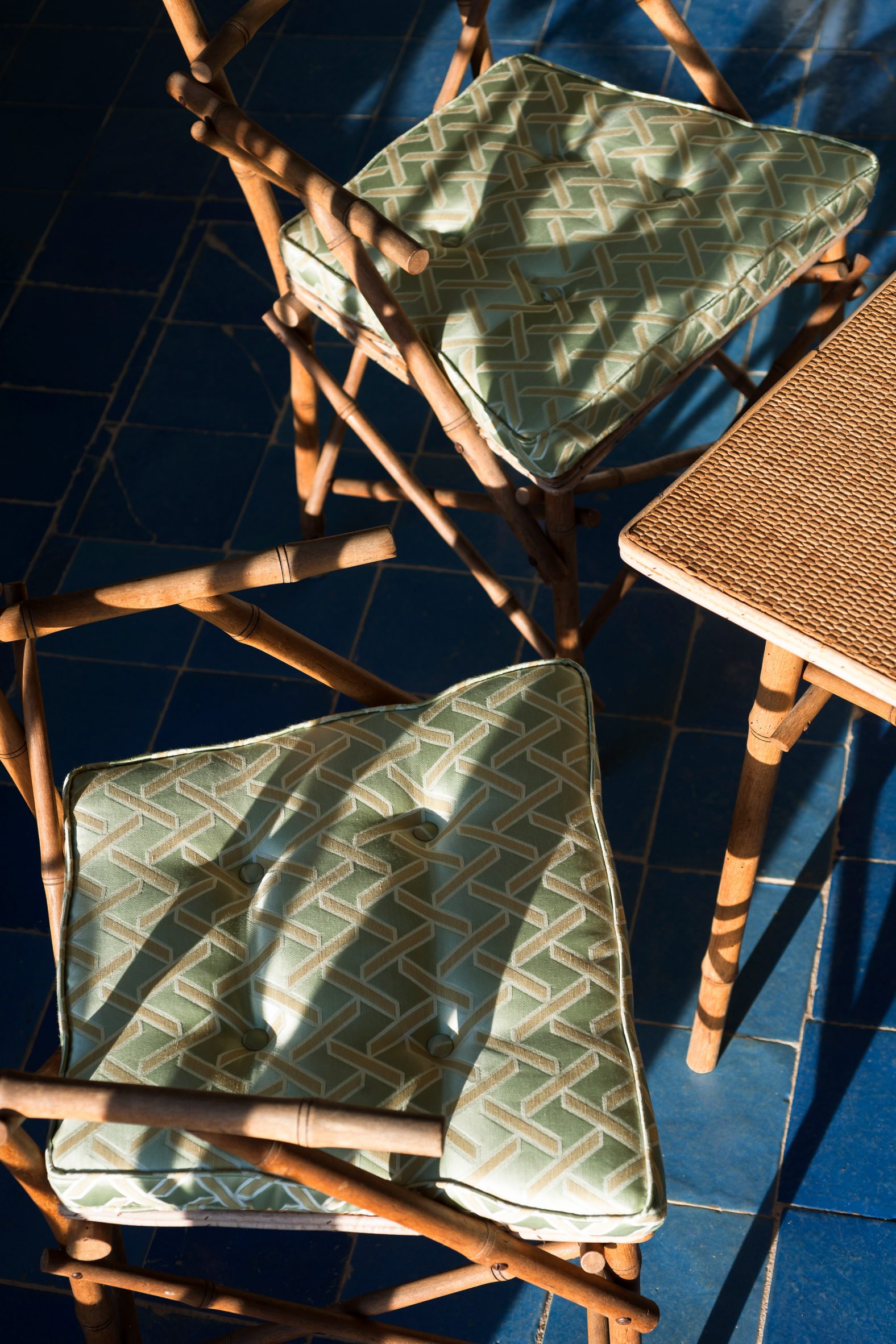 The fabric collection includes Volver, which is made using the traditional technique brocatelle. Above image: Andirivieni
The fabric collection includes Volver, which is made using the traditional technique brocatelle. Above image: Andirivieni
Among the collection is a double-faced fabric called Andirivieni, which uses contrasting colours to create an abstract representation of maps.
Andirivieni is available in six colour combinations and its "dual personality has a lively spirit and is traversed by a subtle sense of play," said Dedar.
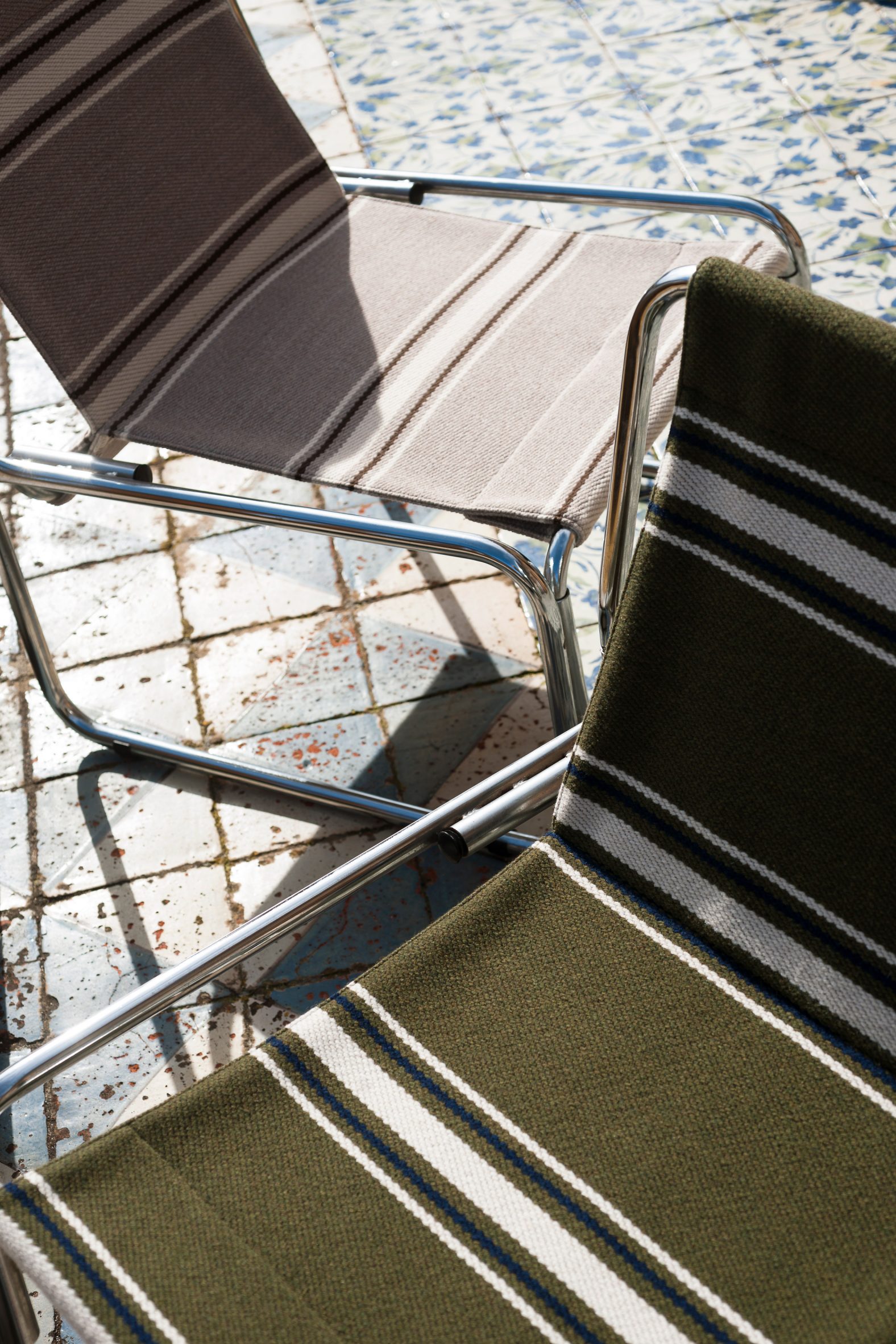 The Geometrics patterns collection is suited for upholstery and curtains
The Geometrics patterns collection is suited for upholstery and curtains
Volver is a patterned fabric made from the traditional technique brocatelle, which creates a relief intended to highlight the contrast between matt and lustrous threads.
Another fabric in the collection is Regimential, which has a striped pattern that references British school uniforms.
"Reginaldo is rigorous in its lines yet bright in its contrasting colours, endowed with an exuberant and comfortable spirit," said the brand.
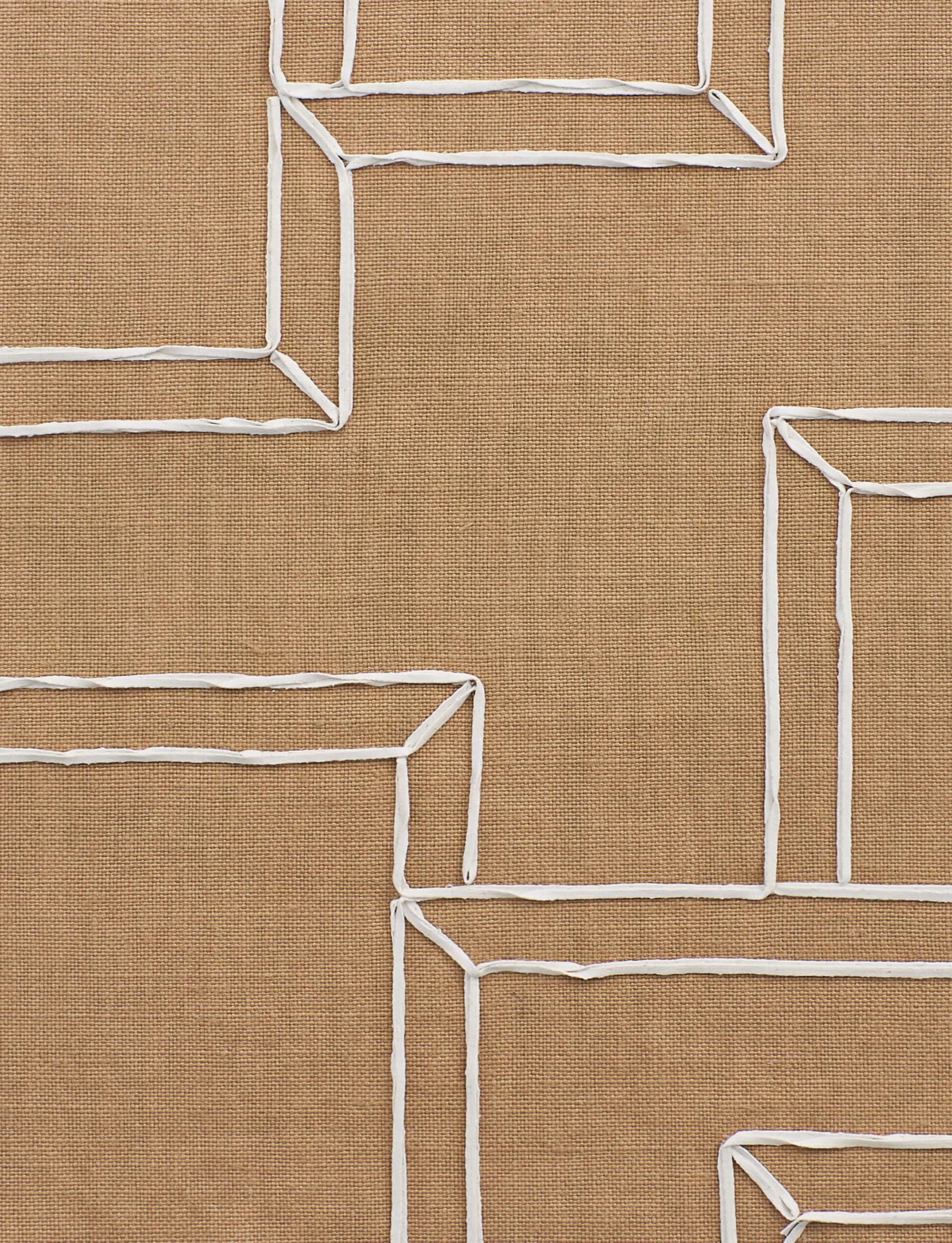 Like other fabrics in the collection, Zai Saman feautures geometric lines and patterns.
Like other fabrics in the collection, Zai Saman feautures geometric lines and patterns.
The Zai Saman fabric features a geometric pattern embroidered on linen and is available in a range of desert-coloured tones.
Product:Geometric
Brand: Dedar
Contact: info@dedar.com
Dezeen Showroom
Dezeen Showroom offers an affordable space for brands to launch new products and showcase their designers and projects to Dezeen's huge global audience. For more details emailshowroom@dezeen.com.
Dezeen Showroom is an example of partnership content on Dezeen. Find out more about partnership contenthere.
The post Geometric patterns fabric collection by Dedar appeared first on Dezeen.
#textiles #all #design #products #donotshowonthehomepage #dedar #dezeenshowroom #finishes #fabric


